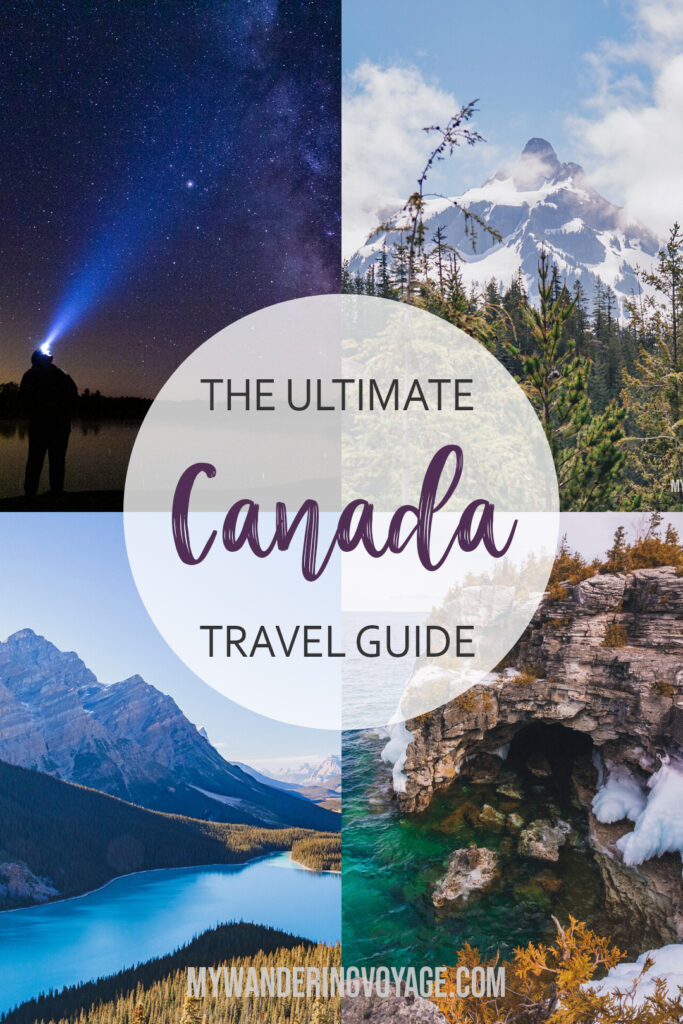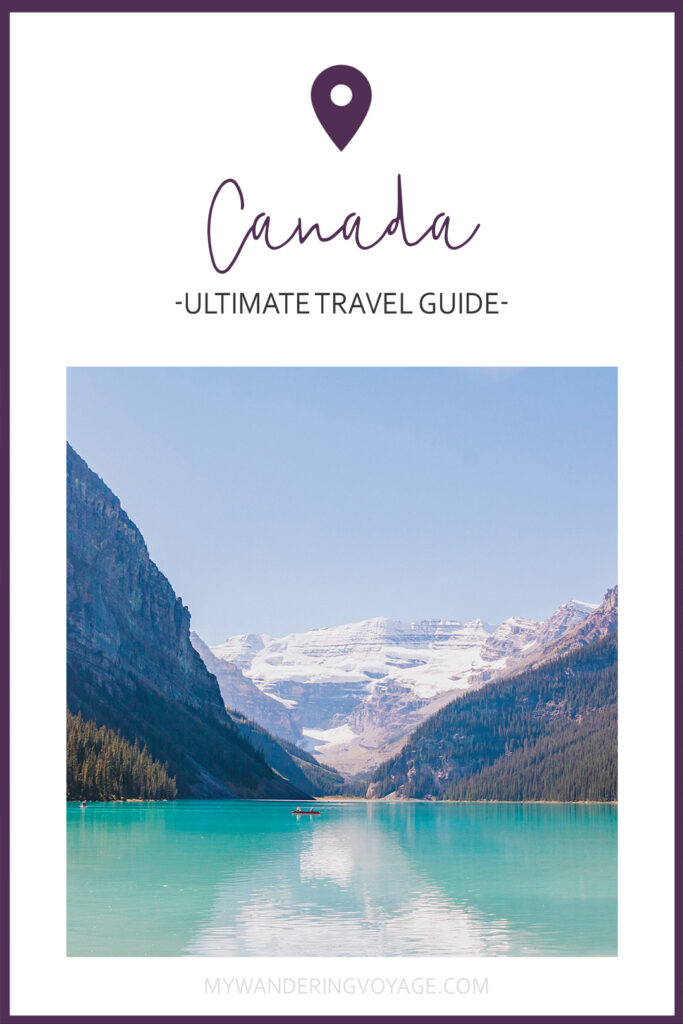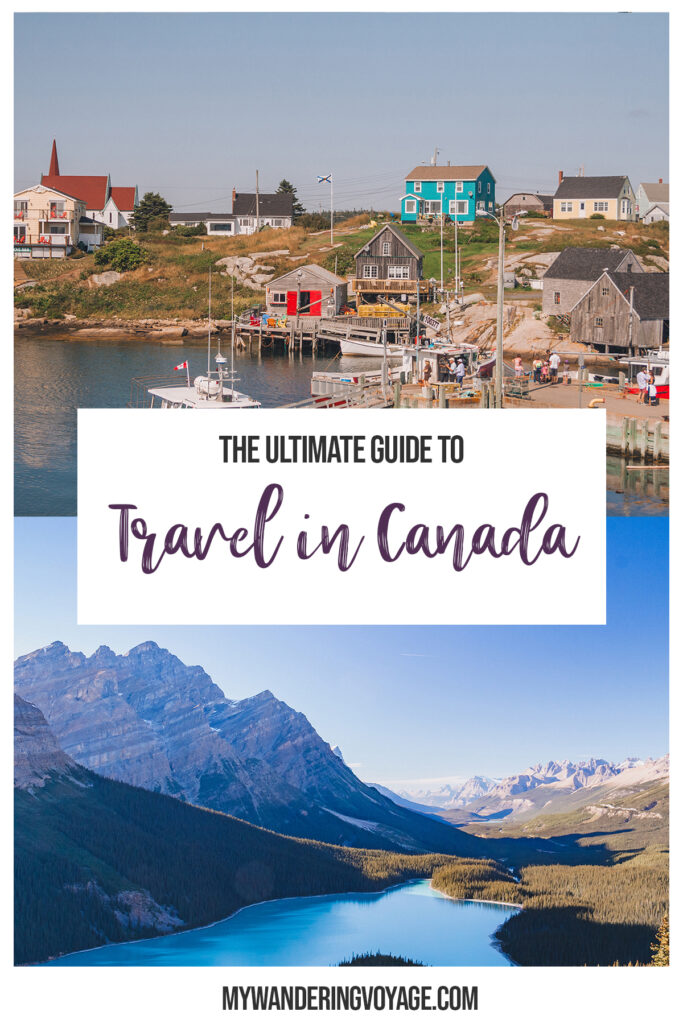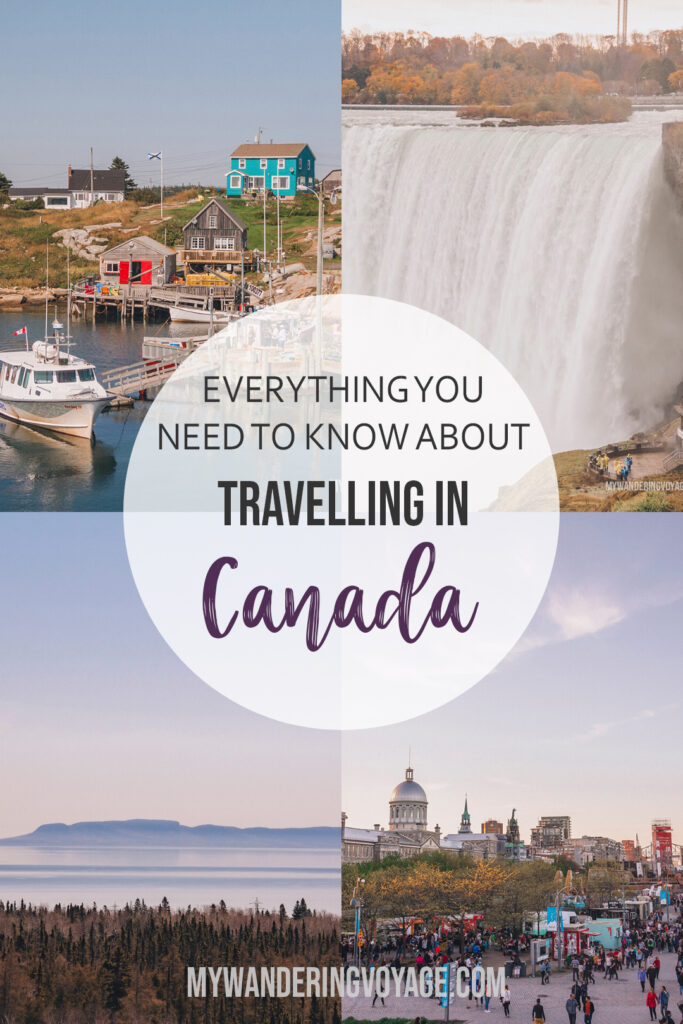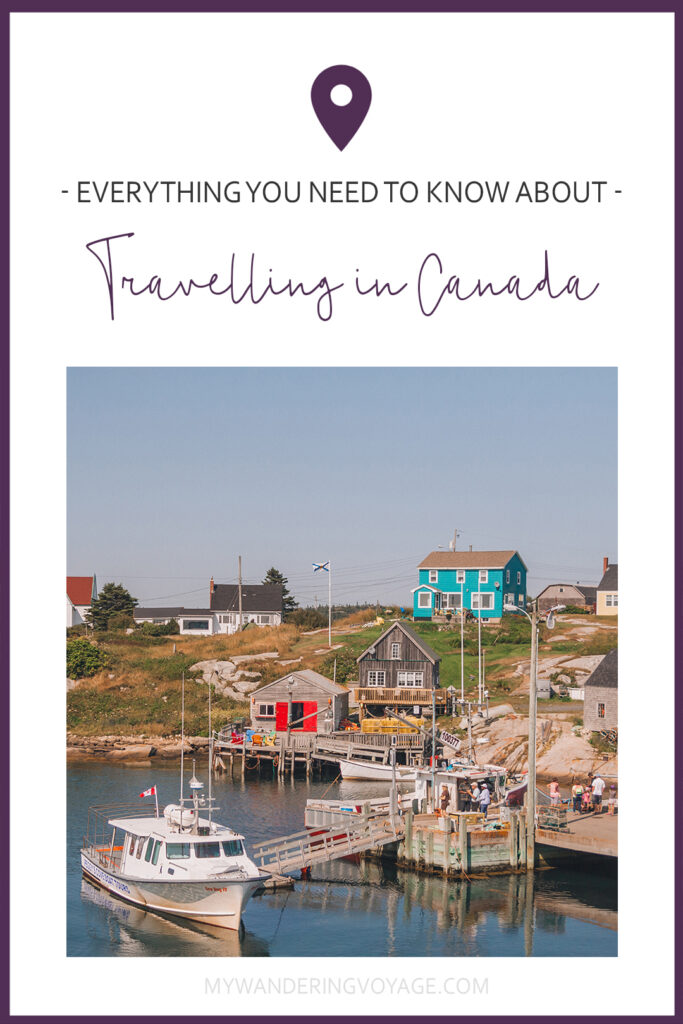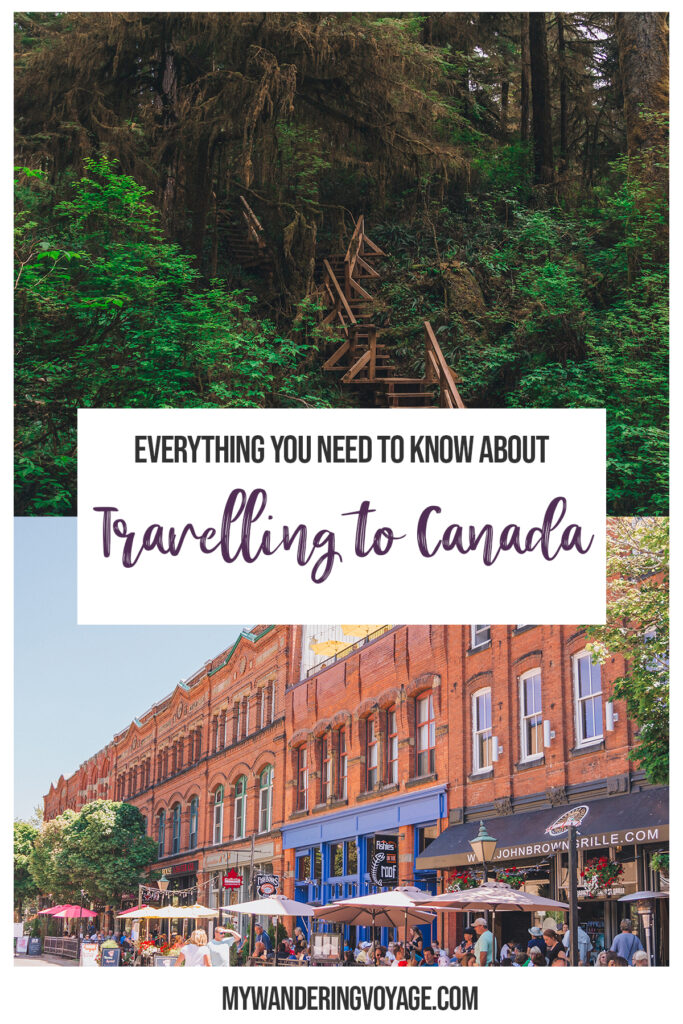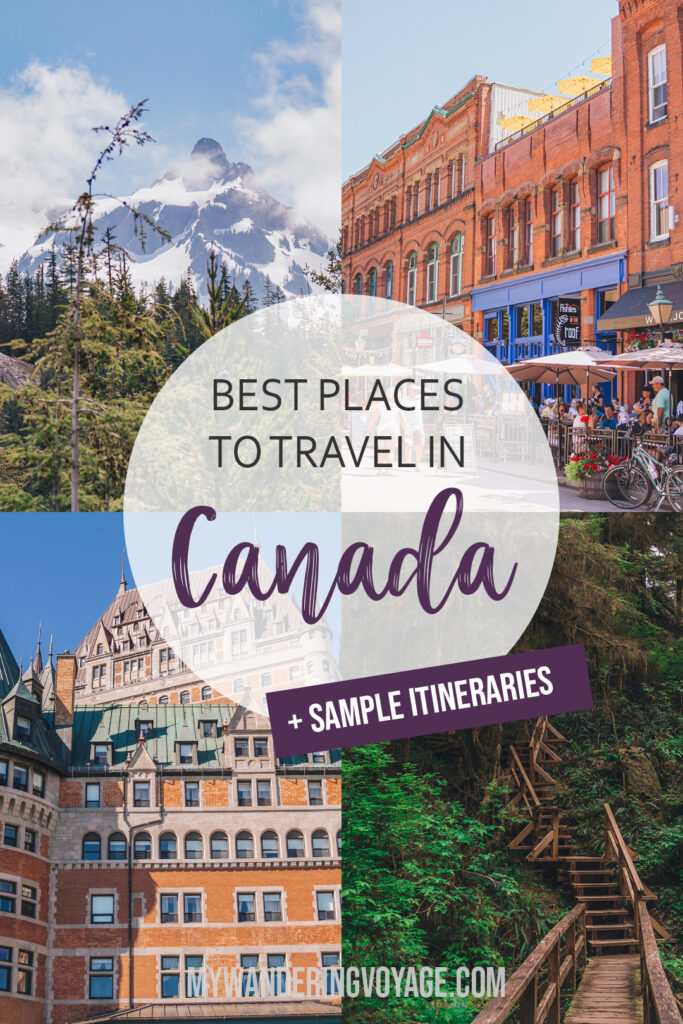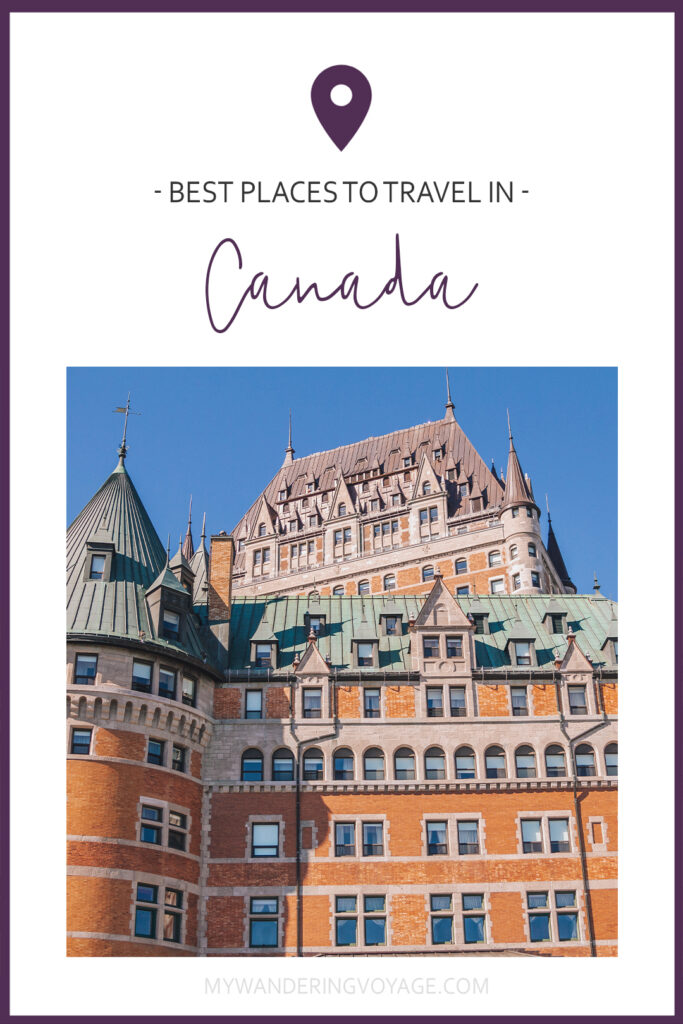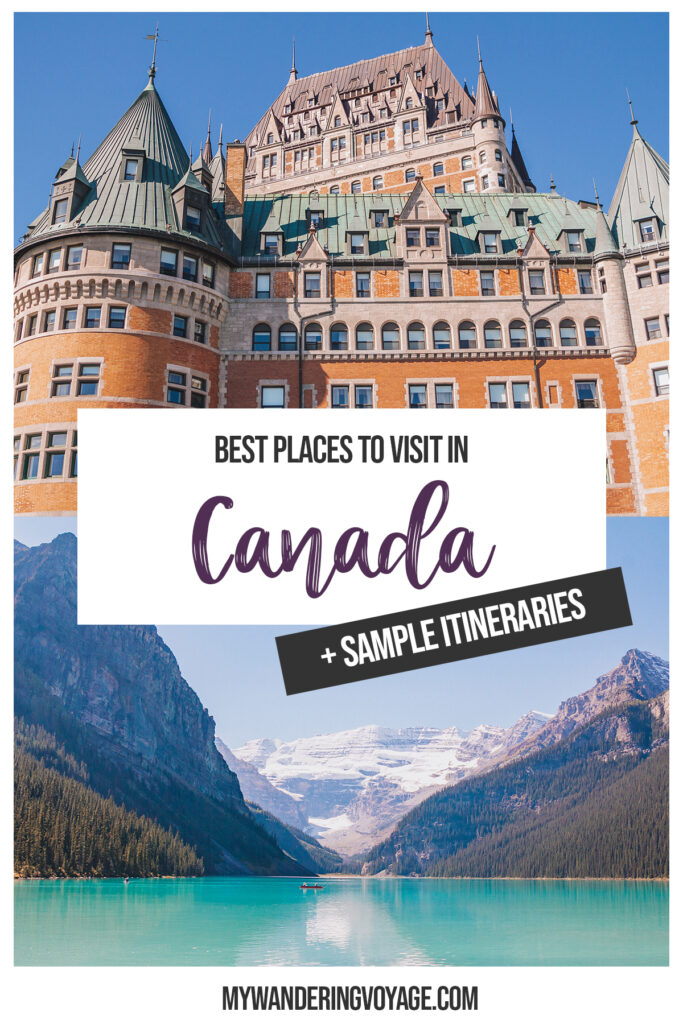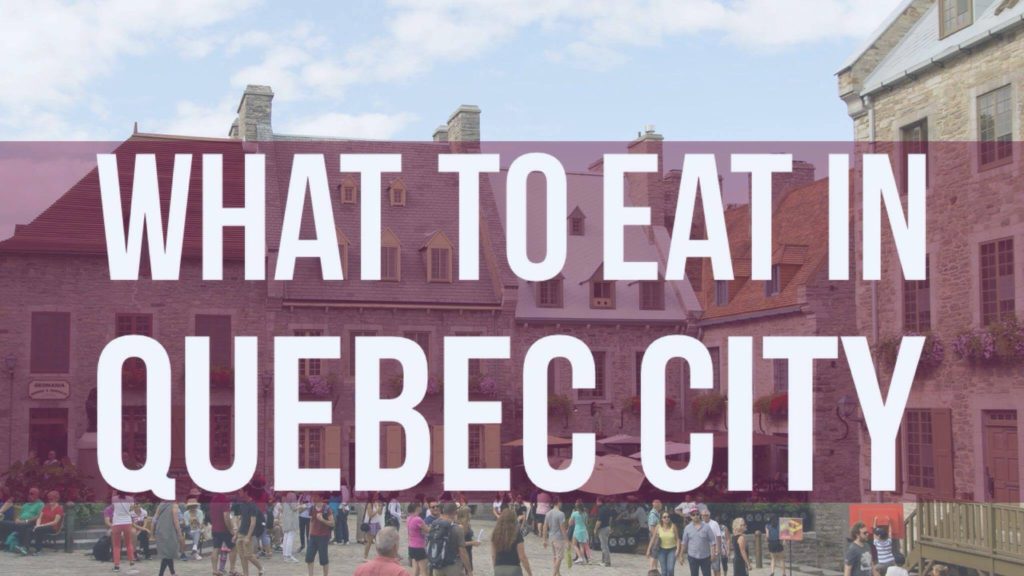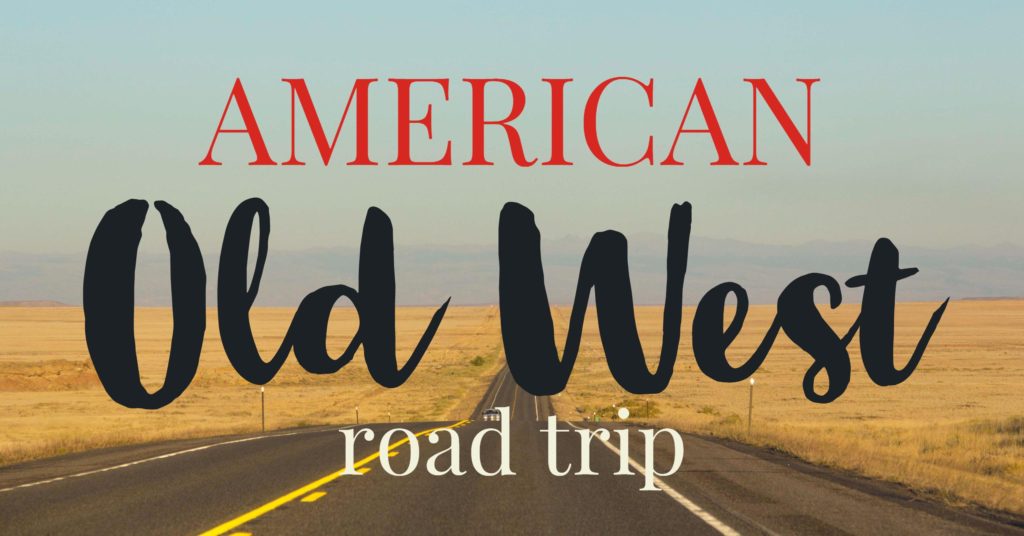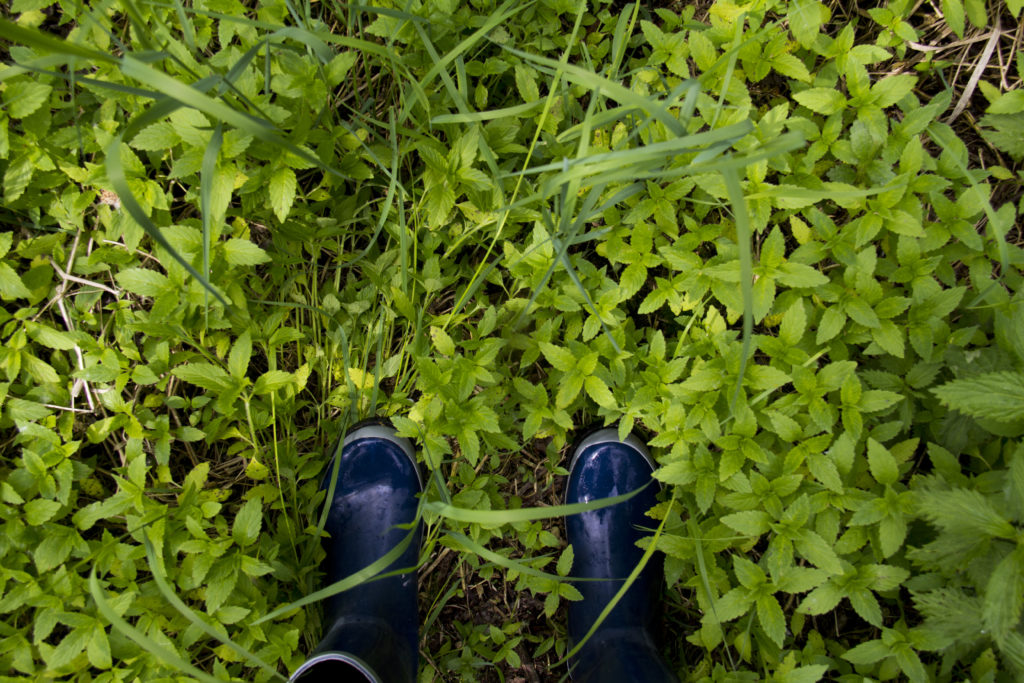Welcome to Canada/ Bienvenue au Canada
Hello and welcome to my favourite country in the world, Canada. Sure, I may be biased since I’ve called this place home my entire life, but I’m sure after reading this extensive Canada travel guide, you’ll want to explore every nook and cranny of the second largest country on Earth too.
Canada, the great white north, the true north strong and free, is known for its sweeping landscapes, endless wilderness and cultural mosaic. The people are generally nice, the winters are bitterly cold, and food is definitely unique!
From coast to coast to coast, you’ll find adventure at every turn. In this Canada travel guide, you’ll find the best time to visit, what to pack, where to go, and the best itineraries to see the very best of Canada.
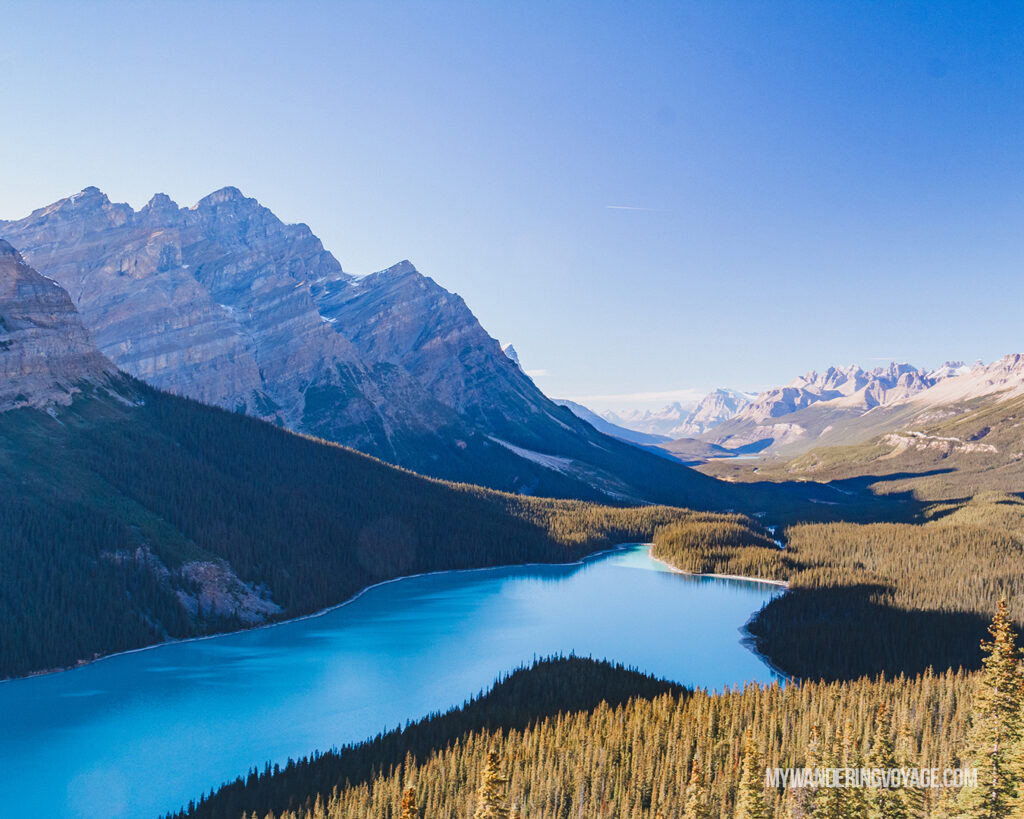
Canada’s top 15 places to experience
If you can’t decide where to start, but you know you want to visit Canada, then take a look below at the top 15 places to experience in Canada.
- Rockies: There’s no way you can talk about Canada without mentioning the Rockies. That’s right. This stunning mountain range that straddles the border of British Columbia and Alberta has some of the most breathtaking scenery in all of Canada. Much of the wilderness here is protected parkland, and you’ll have ample opportunity to discover the rugged landscape through a scenic drive on the Icefields Parkway or hiking through the mountains.
- Quebec City: As one of the oldest cities in Canada, Quebec City is the most picturesque. It’s cobblestone streets, and old buildings make this city a slice of European life on Canadian soil. If you want to discover the heart of French-Canadian culture, then a trip to Quebec City should be on your Canadian bucket list.
- Northern Lights: If seeing the Aurora Borealis – aka The Northern Lights – is not on your bucket list, then I think you’re lying. It’s one of the most spectacular natural phenomena on this Earth, and you can see it across Canada. I’ve been lucky enough to see them multiple times, some from my back deck, other times while camping across Canada.
- Niagara Falls: Known as one of the natural wonders of the world, Niagara Falls is a highlight for many who travel to Canada. Niagara Falls is located on the border of Canada and the United States of America. The Horseshoe Falls are situated entirely in Canada, and the Canadian side has the best view.
- Vancouver Island: This island is located in Canada’s Pacific Coast is known for its mild and humid temperate rainforest, year-round surfing and one of Canada’s delights – the Nanaimo Bar. Spend the night off the grid, listening to the waves crash against the rocky shoreline.
- Churchill: This small town in Manitoba can’t be reached by car, only by train or plane, but getting here, no matter the season, is well worth it. Spot the polar bears, get a front-row seat to the Northern Lights, kayak with Narwhals (the unicorns of the sea) in Churchill.
- Ottawa: As the capital city of Canada, Ottawa is not as large as you might think. This city sits on the Ottawa River on the border of Ontario and Canada. It is known for the Gothic parliament buildings, the excellent food scene and the historic Rideau canal – aka the longest skating rink in the world.
- Newfoundland: Here in Newfoundland, you’ll find some of the most distinct cultures in Canada. Listen to the stories that live here, explore the fishing villages, marvel at the beauty of Grose Morne and discover the Viking history of the Rock.
- Dawson City: Pan for gold in Canada’s vibrant northern city in the Yukon. Known for its heyday during the gold rush, Dawson City is now a historic site with a thriving arts scene. And of course, you can’t leave Dawson without having a sour toe cocktail.
- Toronto: Canada’s largest city is also one of the most diverse. Visit the iconic CN Tower, dine in some of Canada’s greatest restaurants and discover the cultural mosaic of Toronto. You won’t want to miss visiting this incredible city during your time in Canada.
- Alberta Badlands: Probably one of the most underrated areas of Canada is the Badlands and Prairies of southern Alberta and Saskatchewan. Discover the largest concentration of dinosaur bones in Canada, try out the cowboy life on the ranch, look out for bison on the grasslands and lay under the stars in the wide-open landscape.
- Green Gables and red soil: Anne of Green Gables, a fictional story about life in Prince Edward Island, is an iconic Canadian story. You can discover the red soil, sweeping landscapes and literary history in Canada’s littlest province.
- Georgian Bay: Soak in the sun in Ontario cottage country. The Canadian Shield – an ancient geological feature – runs through this place, giving you picturesque smooth rocks, the scent of pine and the reflections off the thousands of lakes in the area. Georgian Bay itself has some of the bluest water I’ve seen, despite it being a very refreshing (cold) temperature.
- Canada’s North: Three territories make up Canada’s north: The Yukon, Northwest Territories and Nunavut. Parts of it are above the tree line, and parts are in the Arctic Circle. You can even tip your toes in the Arctic Ocean at one of the northern-most communities accessible by road.
- Friendly Maritimes: The Canadian Maritimes – Newfoundland, New Brunswick, Nova Scotia and Prince Edward Island, are known for their hospitality, fresh seafood and lovely ocean views.
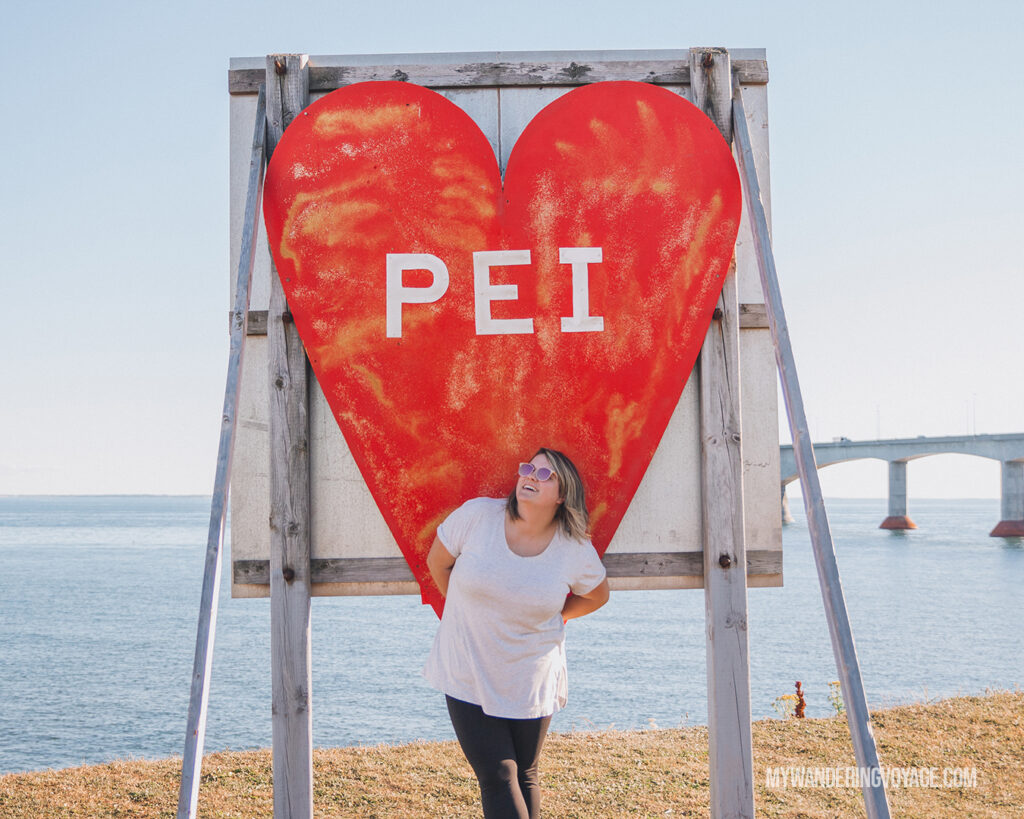
What you need to know about travelling to Canada
Currency: In Canada, the currency is Canadian dollars. You Can find the exchange rate here. All of our bills – $5, $10, $20, $50 and $100 – is plastic (we even have two women on our bills). We also have $2 (toonie) and $1 (loonie) coins, along with quarters ($0.25), dimes ($0.10) and nickels ($0.05). We no longer have pennies ($0.01), so when you pay cash, the total will be rounded up or down to the nearest five-cent.
Credit cards and Interac are widely accepted. But, you need to know that the “chip” and a pin are typically used for card purchases. (It’s one of the big differences between Canada and the USA)
Language: Canada has two official languages – English and French. Many signs and documents will be in either or both languages.
Visas: If you’re from 54 eligible countries, you won’t need a visa to travel in Canada, but everyone (except US residents) will need an Electronic Travel Authorization, which costs around $7 CAD.
Mobile: Phone plans aren’t cheap in Canada, but having a SIM card while travelling in Canada can help by giving you data and calling times. The big three companies are Bel, Telus and Rogers, and each has numerous smaller companies that use their towers. You can get SIM cards from phone stores or even convenience stores across the country. Don’t forget to unlock your device before arriving, or the SIM cards won’t work.
Time: There are six times zones across Canada, ranging from Pacific Standard Time (GMT-7), Mountain Time (GMT-6), Central Time (GMT-5), Eastern Time (GMT-4), Atlantic Time (GMT-3) and Newfoundland Time (GMT-2:30).
Best time to go to Canada
The best part about Canada is that there is NO BAD TIME to visit. The tricky part about Canada is that there are several ecosystems and climates across the country. The pacific coast is rainy and humid, the prairies are arid, the northern territories have a polar environment, and the rest ranges from warm to extremely cold depending on the time of year. But there are three distinct travel seasons.
Cold season: (Typically November to March) Travelling to Canada in winter has its challenges. Road conditions can be hazardous, and weather can be a nightmare. But you also get the benefit of lower prices in many destinations across Canada. The exceptions would be the ski destinations – like Whistler, Mont Tremblant and the Blue Mountains – where obviously winter is the high season. On the plus side, winter is a magical time to visit. You have a better chance of viewing the Northern Lights, visit the ice castles in Edmonton, take part in the famous Winter Carnival in Quebec City, or enjoy one of many winter activities across the country.
Warm Season: (Typically late May to Early September): Summer kicks off in Canada on the May long weekend (Victoria Day, also known as May 2-4) and continues until the long weekend of September (Labour Day). This is the high season across the country. Prices are higher, and many popular places get crowded. But it’s also the best weather. Sunny, warm and the trees are green!
Shoulder season: (April-May and September-October): Shoulder season means cooler temperatures, but some of the most beautiful scenery. In spring, the prairies bloom, and you can view the cherry blossoms in southern Ontario. In fall, the trees in Ontario and Quebec change colours in the most beautiful way. The crowds don’t disperse until after most of the leaves have fallen, so keep that in mind if you want to visit Ontario and Quebec during the shoulder season.
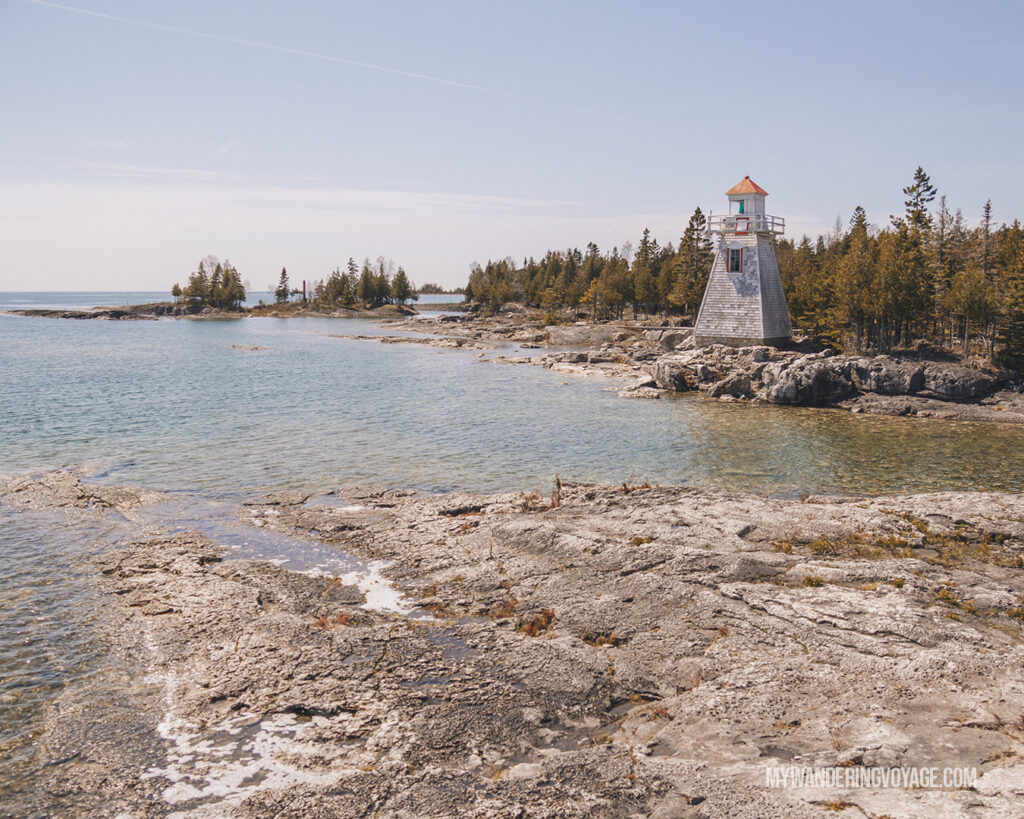
Arriving in Canada
There are several ways to get into Canada, the most popular being by plane. There are 17 international airports across the country; some of the largest and most popular are Toronto Pearson International Airport in Ontario, Montreal – Pierre Elliot Trudeau International Airport in Quebec, Vancouver International Airport on the west coast and Halifax Stanfield International Airport on the east coast.
You can also get here by driving from the United States. The border between the US and Canada is the longest undefended border in the world. That said, there are still 119 official border crossings. You can find out more about crossing into Canada here.
Lastly, if you like travelling by boat, there are 11 ferry crossings from the US to Canada in Nova Scotia, New Brunswick, Ontario, Alberta and British Columbia.
Getting around in Canada
Just like there are several ways to get into Canada, there are several ways to get around in Canada, but none of them are cheap options. The hardest part about living in Canada is that it’s expensive to get from one area to the other. It’s about the same price to get from Toronto to the west coast as it is to get from Toronto to Europe.
The easiest (and likely the most expensive) way to get around is by plane. Many of the northern places are only accessible by air. There are several train routes across Canada, but again, it’s not a cheap way to travel.
The best way to travel in Canada is by car. It offers the cheapest way to travel as well as the most flexible. Road trips were made for Canada, and there are so many great things you can only see by car. Find out some of my favourite road trips below.
Budget for Travel in Canada
As I’ve mentioned, travelling in Canada is not cheap. You’ve got to keep your budget in mind to make sure you can see as much as you can while in Canada.
Low budget: $100 CAD or under per day. With a small budget option, you’re looking at staying at hostels or campsites and grabbing food at grocery stores or food markets. In a low budget option, you might only be able to fit in a few attractions.
Mid-range budget: $100-$250 CAD per day. A mid-range budget will allow you to stay in an Airbnb or cheap hotel. In major cities, you might still have to stay in a hostel. You’ll be able to have more options in where to go for food, and you’ll be able to afford more attractions.
Big budget: $250 CAD and up. If you’ve got the budget, then Canada is an open book. You can afford those luxurious four-star hotels, fancy restaurants and all the attractions you could want to visit.
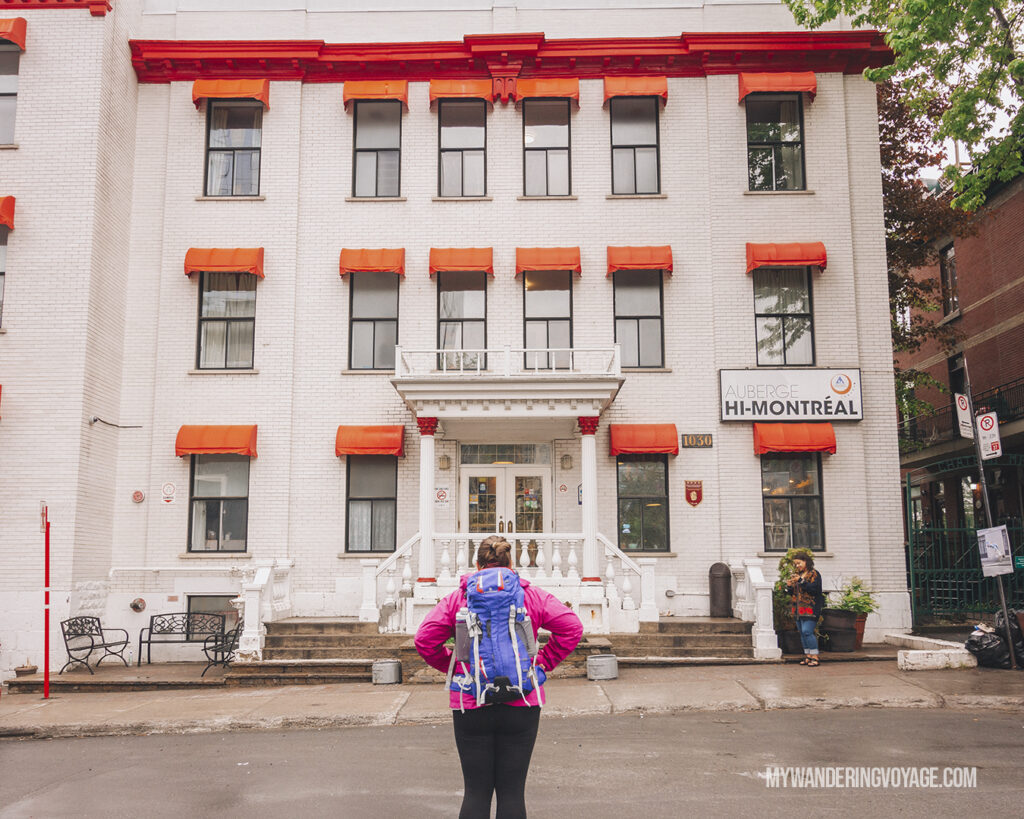
First time visiting Canada?
Canada is a big, wide-open country with so many customs across its 13 provinces and territories. There are so many climates to pack for and etiquette you might want to know. This Canada travel guide has you covered!
What to pack for Canada
Packing for Canada can be a bit tricky since there are so many climates and varying temperatures for all seasons. Summer temperatures can top +40 degrees Celsius with the humidity index and can drop well below -40 degrees Celsius in parts of the country during winter.
For a simple packing guide, follow the 5,4,3,2,1 packing rule for 10 of more travel days.
- 5 tops
- 4 bottoms
- 3 accessories
- 2 pairs of shoes
- 1 swimsuit and 1 jacket.
For rainy weather, you’ll want to add a rain jacket or umbrella. For cold weather, you’ll also need a set of winter gear such as:
- Down (or synthetic jacket)
- Snow pants
- Winter snow boots
- Thermal base layers
- Hats, gloves, scarf
Lastly, don’t forget a day pack where you can carry things like your wallet, camera, phone, water bottle and more.
What to wear in Canada
Layers. The only clothing advice I can give you for a successful trip to Canada is to bring layers. Even in the dog days of summer, the nighttime temperatures can still cool down significantly, enough for a light jacket.
There’s no clothing rule in Canada except “no shirt, no shoes, no service,” which applies to beach or lakeside towns that you would regularly be without shoes and a shirt. If you visit a religious centre in Canada, they will have their own rules about what you can and cannot wear.
Accommodation in Canada
There is such a diverse range of places to stay across the country. From Airbnbs to city hotels to yurts in the wild, there’s no limit to the incredible places you can find to visit. Some cities prohibit Airbnbs, so be sure to look that up before you go.
My favourite place I’ve ever stayed in was an off-the-grid yurt looking out over the Pacific Ocean near Ucluelet, British Columbia.
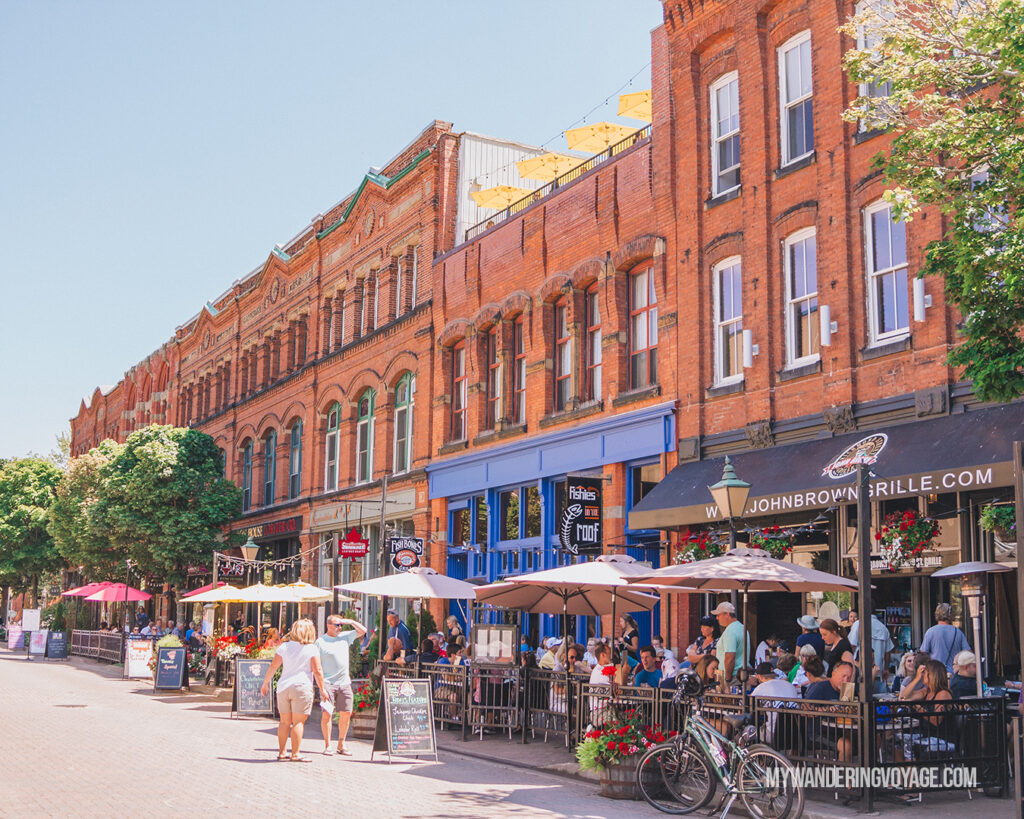
Food you must try in Canada
No Canada Travel guide would be complete without mentioning the fun and unique cuisine in the country. In many ways, there are a lot of similarities between American and Canadian cuisine; however, there are some stark differences. We have a lot of international influence, but also strong French cuisine ties too. Here are some dishes and drinks you have to try when visiting Canada.
For savoury Canadian dishes will tickle your taste buds.
- Peameal bacon: Known elsewhere as Canadian bacon, peameal bacon is more unique than that. Made from the loin part of a hog and rolled in cornmeal. It’s a savoury option on most breakfast menus.
- Tourtiere: A meat pie with lots of spices originating from Quebec. I make one every year on Christmas Eve.
- Non-typical meats: Bison, deer, elk, moose and more. Each one has a unique flavour.
- Poutine: fries with cheese curds and gravy. It’s probably the most famous Canadian dish.
- Fresh seafood: From Arctic char to Pacific salmon to lobster and scallops, with over 240,000 kms of coastline, we’re bound to have some great seafood options.
- Split Pea Soup: This hearty winter soup (made from yellow peas, ham, veggies and thyme) dates back more than 400 years in Canada.
- Nova Scotian Lobster Rolls: you got to try the Canadian variant of this east coast staple.
- Bannock: This fry bread originates in Scotland but was adopted by Indigenous peoples, and now there’s a variety of flavours across the country.
- All Dressed (or Ketchup) Chips: All dressed chips are the bomb dot com. The flavour is a combo of barbecue, ketchup, sour cream and onion, and salt and vinegar. Plus, you can only get them (and Ketchup chips) in Canada.
- Donair: While the idea of spiced meat, yogurt-based dressing and veggies on naan is an import to Canada, the donair – a beef-based wrap with a sweet sauce – is uniquely Canadian originating from a Greek family in the East Coast.
- Montreal Bagel: a thinner, sweeter bagel with a larger hole typically made in a wood fire oven.
Looking for Canada’s favourite desserts. Look no further than this list:
- Nanaimo Bar: Coconut, chocolate and custard bar. Check out the Nanaimo Bar Trail in Nanaimo, B.C.
- Maple Syrup: Canada makes up 71% of the world’s maple syrup. There’s no comparing the fake stuff to the real thing. You also have to try maple taffy and maple sugar candies. Find them at the world’s largest maple syrup festival.
- Butter Tart: As Canadian as the Maple Leaf. This butter, sugar pastry can be filled with anything you like.
- Beavertails: A fried pastry topped with cinnamon and sugar (or more fun stuff if you dare).
- Timbits: Known around the world as donut holes, in Canada, they’re called Timbits and can only be found at Tim Hortons restaurant. My favourite is the sour cream glaze.
- Saskatoon berries: Similar to blueberries, these small sweet fruits are perfect in a Saskatoon Berry Pie.
- Wild blueberries: These tiny but flavourful berries are perfect for topping pancakes or in a jam.
- Tarte au sucre: A sugar pie well known in the French-Canadian areas of the country.
- Flapper Pie: Graham Cracker crust, custard and meringue popular in the Prairies.
We like our drinks too. You’ve got to try:
- Caesars: Canadian twist (clam juice) on a Bloody Mary.
- Ice wine: The German invented it, but Canada perfected this sweet dessert wine.
- Screech: rum for a screech-in in Newfoundland. You also have to kiss a cod.
- Moose Milk: rum, Kahlua and ice cream. Need I say more?
Best money tips
- To get the best rate for a hotel, use an online hotel finder.
- Better yet stay in hostels, motels or campsites to get the most out of your money.
- When eating out, try to go for two meals a day (Breakfast and dinner) and buy grocery items to make your own lunch
- Attractions can get expensive, when travelling to Canada, pick out the best ones you would like to see and budget for those. There are plenty of free things to do in most cities as well
- Use a gas finder app to find the best gas prices to avoid paying exuberant amounts at the pump
- Buy a transit card for cities to save on parking fees, and it gives you the most number of public transit rides for the least amount of money.
- Or try hop-on-hop-off busses in major cities for an easy way to get to the best sites.
Tipping in Canada: Because our restaurant staff get paid less than the minimum wage in other industries, tipping at least 15% is considered the norm. For large groups, 18% gratuity may be automatically added to your bill.
Etiquette
It’s well known that many Canadians are polite or “nice.” In my opinion, that checks out. Even abroad, I find that Canada has the friendliest people. In Canada, most people respect time, give or take about 15 minutes. Weekends (Saturday and Sunday) are when we let loose by going to the cottage, to a cabin or taking a road trip.
Shaking hands is a common greeting, whereas hugs and kisses are more for friends and family though this may be different in some cultures across Canada.
Lastly, personal space is a big thing. In a country where the population density is four people per square kilometre, many people don’t enjoy having others in their “personal space.” So avoid standing too close while waiting in line or in other situations.
Best places to travel in Canada if you like…
If you’re not sure where to start your Canadian journey, this Canada travel guide includes suggestions below for the best places to travel in Canada.
The Great Outdoors

Algonquin Provincial Park: Located in the Georgian Bay area, Algonquin Provincial Park is the oldest provincial park in Canada. It protects over 7,500 square kilometres of land. Much of it is backcountry (but there is front country camping too!) With canoe route, multi-day hiking paths, and so much more, Algonquin is a great jumping-off point for anyone who wants to discover the great outdoors in Canada.
Banff National Park: Not only is Banff National Park known for its breathtaking views and scenic road trips; it is also home to one of the most interesting hiking in the Rockies: The Lake Agnes Tea House trail that takes you 3.6km up a hard switchback to an off-the-grid teahouse in the wilderness of the Rockies.
Northwest Territories: There’s nothing more remote than Canada’s north. The Northwest Territories has some of the wildest national parks in Canada. At Nahanni National Park, you’ll find Virginia Falls. At twice the height of Niagara Falls, it’s a sight to behold.
Pacific Rim National Park: Looking for a wild adventure in the great outdoors? Then look no further than the Pacific Rim National Park on Vancouver Island in British Columbia. Home to year-round surfing, a multi-day trek through the West Coast Trail, and home to Canada’s only rainforest, it’s bound to delight anyone who loves adventure.
Wine or Cider
Okanagan Valley: Looking for wine made in Canada? Then you’re going to have to explore Okanagan Valley, Canada’s most fruitful valley, in British Columbia. There are over 200 wineries that call this place home, so you won’t run out of choices!
Niagara-on-the-Lake: If you’re ready to try more Canadian wine, then you won’t want to miss a visit to the charming village of Niagara-on-the-Lake in Ontario. This small town is known for its sprawling wineries and its Icewine Festival. You won’t want to miss it!
Grey County: This county is known for its bountiful apple orchards, which go into making one of my favourite drinks: alcoholic cider. In Grey County (which includes towns like Thornbury and Meaford), you’ll find yourself on the Apple Pie Trail, taking you on a journey from farm to plate to glass.
Historic Sites
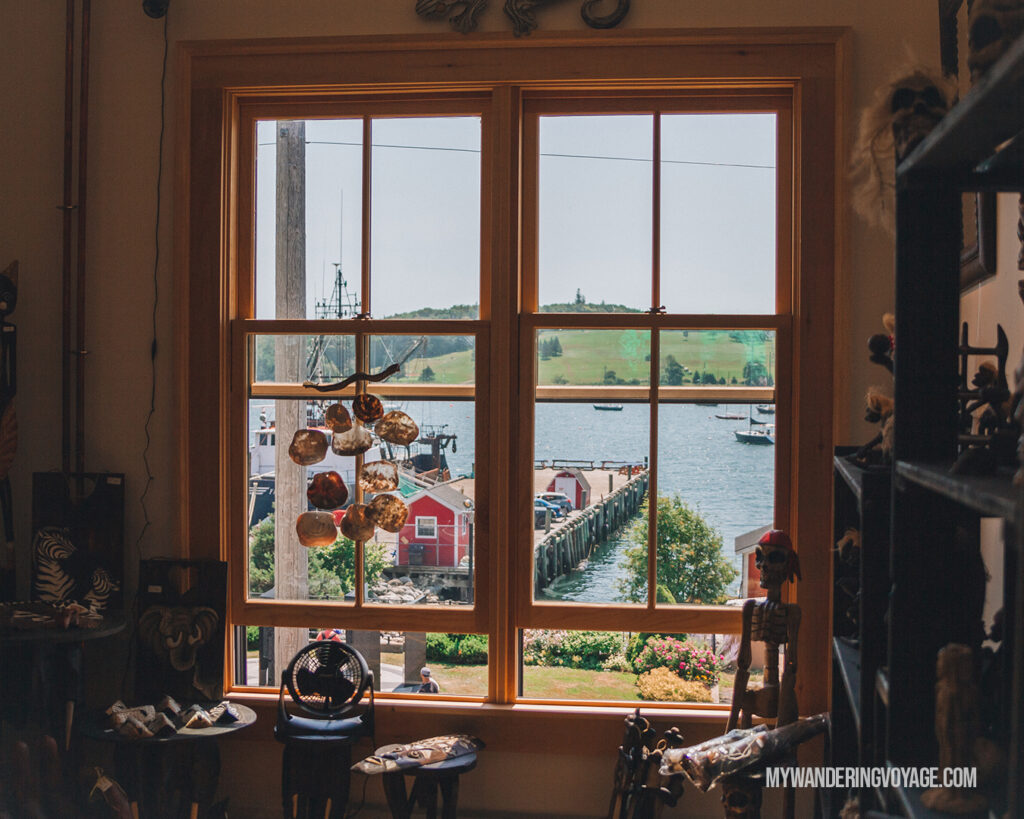
St John’s: St. John’s Newfoundland – not to be confused with Saint John, New Brunswick – is the oldest city in Canada, as it was founded back in 1497 and officially established as a city in 1583. Visit the most easterly point in Canada at Cape Spear National Historic Site. Or discover the 400+ year old fishing settlement of Quidi Vidi Village. And don’t miss visiting the waterfront located in the heart of St. John’s historic downtown.
Lunenburg: Known as the home of the Bluenose II, an iconic symbol of Atlantic Canada, Lunenburg is, at, its heart, a historical city. Awarded the UNESCO World Heritage Site status for the best-preserved examples of British colonial settlement, Lunenburg is one for the bucket list!
Quebec City: If history is what you seek, then look no further than Canada’s slice of Europe in Quebec City. The French-Canadian capital city has some of the best-preserved historic buildings and gorgeous pedestrian-only cobblestone streets. You can even explore under the streets to see shadows of the first French settlements by Samuel de Champlain.
Wildlife viewing in Canada
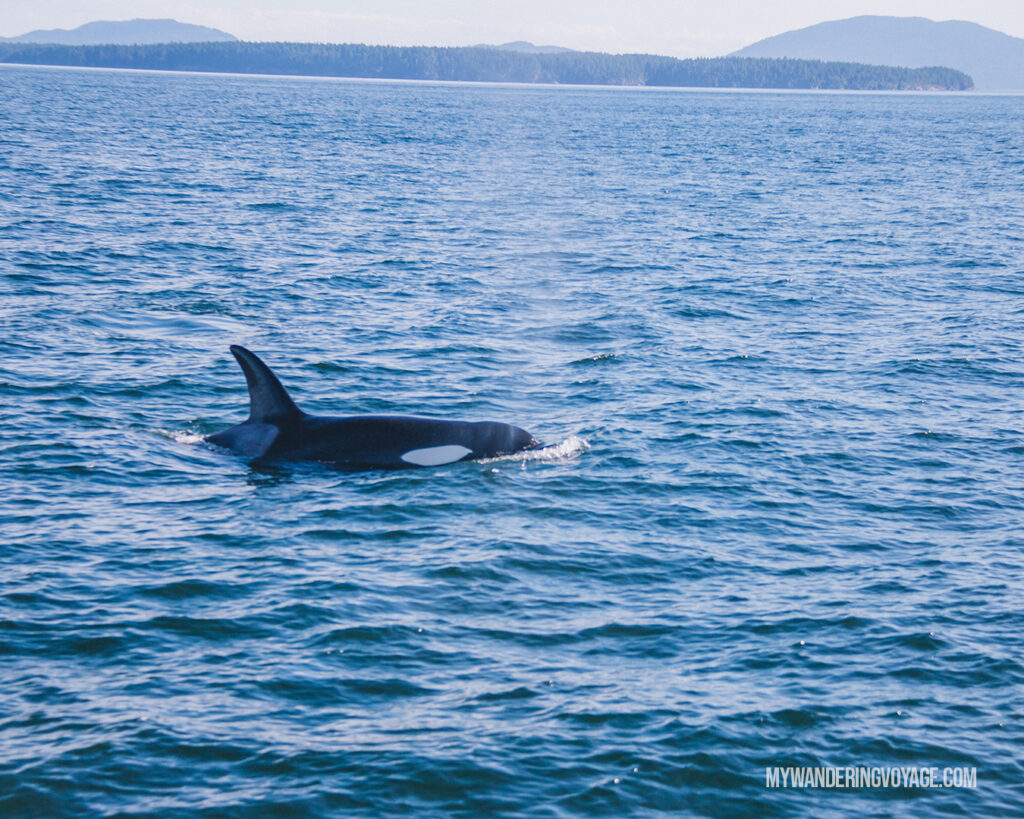
Grasslands National Park: On the beautiful open plains of southern Saskatchewan lies the Grasslands National Park, where you’ll find a healthy bison population, a huge prairie dog population, and several other species that call this place home.
Victoria: Sitting at the southern tip of Vancouver Island, Victoria is an excellent jumping-off point to go whale watching in the Georgia Strait. Home to several pods of resident and transient orcas, there’s a good chance you’ll see them all the time. You might also get to see humpback whales, eagles, sea lions, seals, and even coastal wolves
Churchill: As a northern Manitoban community, Churchill offers a one-of-a-kind wildlife adventure. Polarbears are frequent visitors in the town (with the best time between October and November). Plus, there are other opportunities to see arctic foxes, wolves, snowy owls and arctic hare on land or belugas and narwhals in the water.
Scenic Drives in Canada
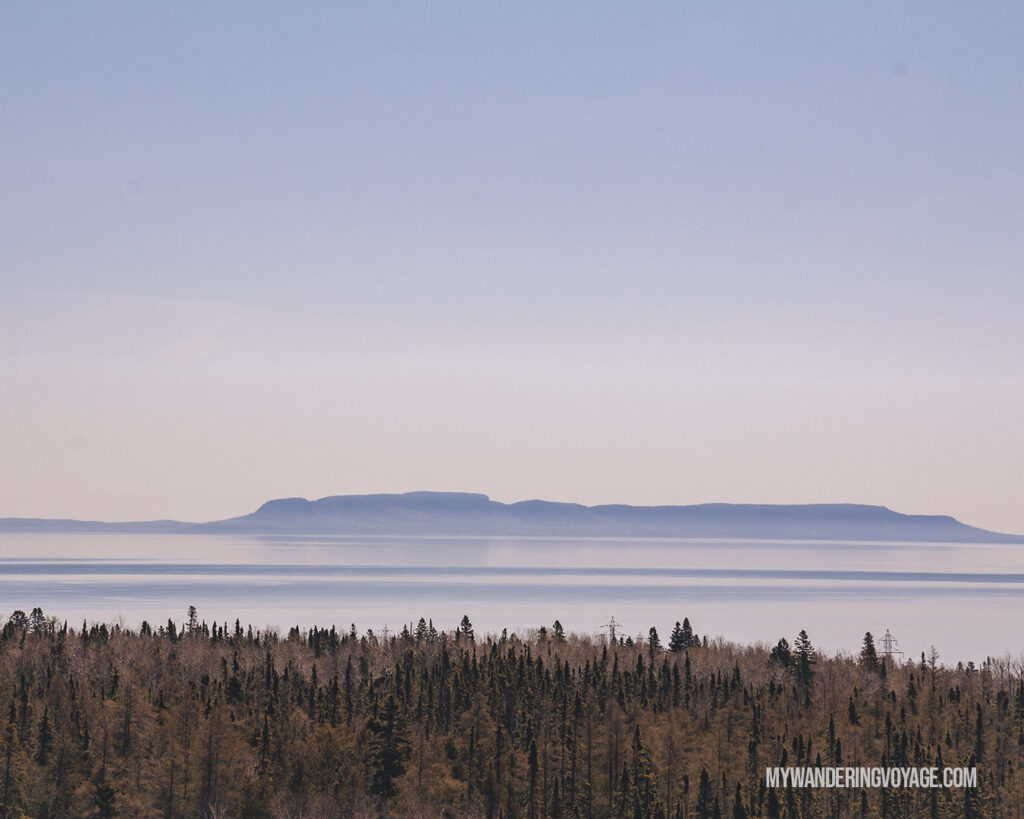
Cabot Trail: This nearly 300km road trip takes you through some of Nova Scotia’s most beautiful scenery. The Cabot Trail loops around Cape Breton Highlands and gives you spectacular views of the ocean. You can hike here, visit the Alexander Graham Bell historic site, go whale watching, eat delicious seafood, and so much more.
North Superior: See the Canadian shield in all its glory during the drive along the northern portion of Lake Superior. Starting in Sault Ste. Maire and driving to Pigeon River Provincial Park takes over eight hours to drive straight. But why rush? Make sure to stop to the Old Women Bay scenic viewpoint, Lake Superior Provincial Park, see the giant Canadian Goose roadside attraction in Wawa, Aguasabon Falls, Rainbow Falls Provincial Park, Ouimet Canyon, the Terry Fox Memorial, Sleeping Giant Provincial Park and Kakabeka Falls.
Sea to Sky: Where this scenic drive takes you is right in the name. You start at sea level in Vancouver and work your way up the Sea to Sky Highway into the mountains. Make sure to stop at Lynn Valley Canyon, Tunnel Point, Shannon Falls, the Sea to Sky Gondola, Brandywine falls, Whistler and Joffery Lakes. Stop for a scenic place to eat at Mountain Woman Takeout in Britannia Beach. Whistler is the most popular stopping point for the scenic drive, but you could take the road all the way to the end in Historic Hat Creek.
Icefields Parkway: Likely the most scenic drive in all of Canada, the Icefields Parkway between Jasper and Banff in Alberta has to be on your bucket list. You can quickly drive this route in a couple of hours, but taking it slow means the best chance of seeing the beauty around you. There are too many places you have to see here to list, so make sure to read up on the best sites on the Icefield Parkway here.
Stargazing in Canada
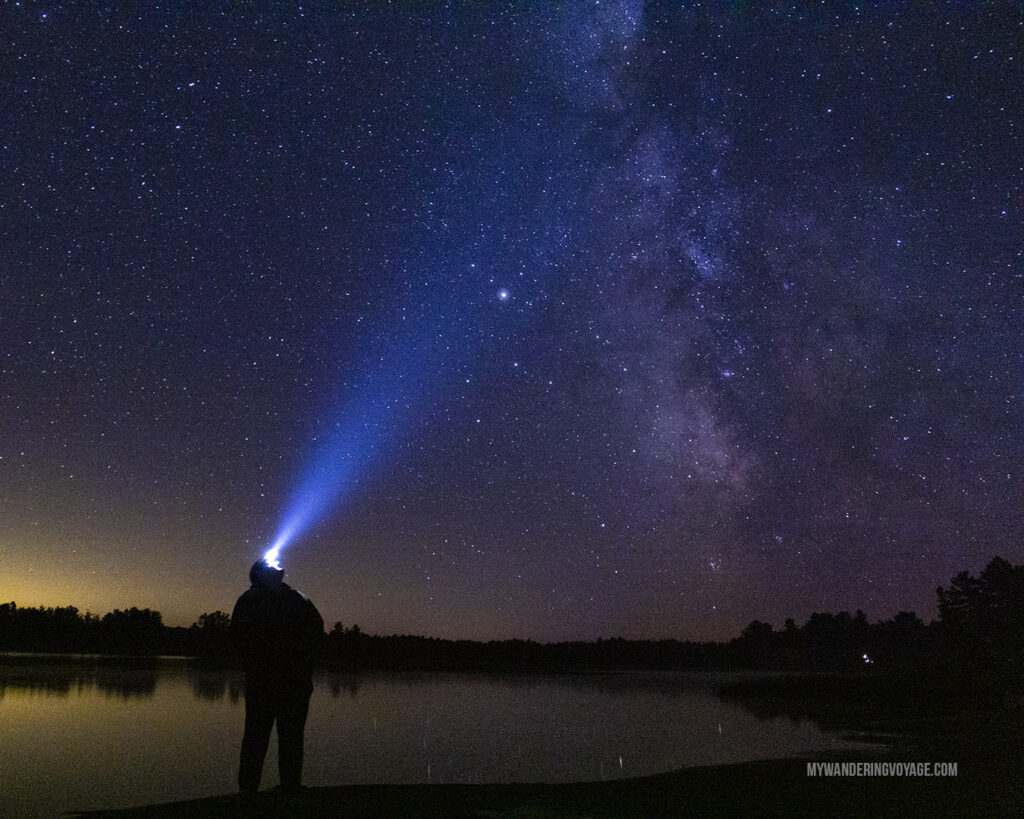
Torrance Barrens: As the first official dark sky preserve in Canada, Torrance Barrens in Muskoka is a sight worth seeing. You may even get a chance to see the northern lights here too.
Gordon’s Park: This privately fun eco-park on Manitoulin Island is a must-see. Gordon’s Park offers astronomy nights every Thursday and Saturdays in the summer, as well as stargazing hikes every Friday. Twice during the summer, they host star parties and aurora borealis viewing weekends.
Jasper National Park: Jasper National Park’s dark sky preserve is over a million hectares, and it’s a 1-2 on the Bortle scale, meaning it’s perfect for stargazing. People gather here every October for the Jasper Dark Sky Festival, holding events with speakers like the Kelly Brothers, starlight excursions, art exhibits, photography workshops, and more.
There are dozens of dark sky preserves across Canada, be sure to find one near you.
Beaches
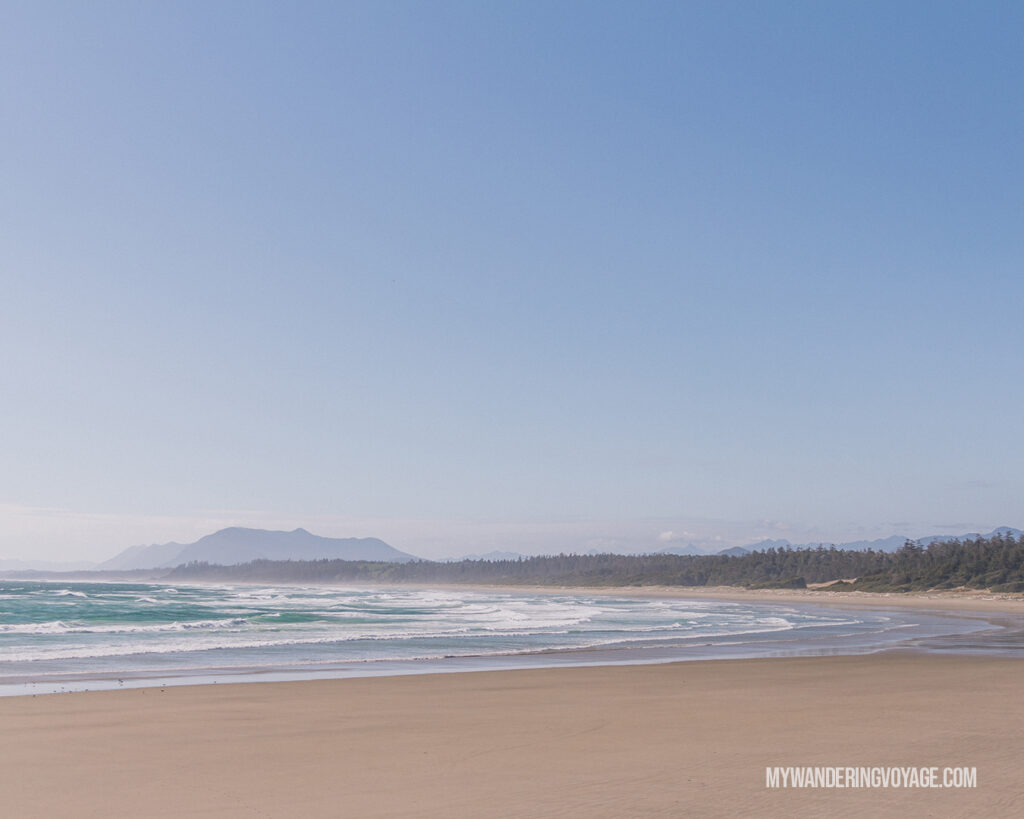
Long Beach: Pacific Rim National Park in British Columbia gives you the feeling like you’re at the end of the world. Long Beach, which makes up a portion of the Pacific Rim National Park, is excellent for walking and checking out tidepools. But it’s also great for surfing!
Pinery: Ontario has some of the longest freshwater beaches in the world, but my favourite is located at Pinery Provincial Park along Lake Huron’s shore, which has kilometres of soft white sand. You can rent a canoe, hydro bike, paddleboat or kayak to explore the Old Ausable Channel. Make sure to stay for sunset over the water!
Prince Edward Island National Park: Red sand? County me in. Prince Edward Island has so many beaches you can hang out at all day. From the picturesque one at Covehead Harbour to the bright red cliffs of Cavendish, you could beach hop here all summer long.
The best Canada travel guide itineraries
No matter how much time you decide to dedicate to travelling in Canada, you won’t be able to see it all. But in this Canada travel guide, I list nine different itineraries to see some of the best places in Canada.
Coast to Coast (1-2 months)
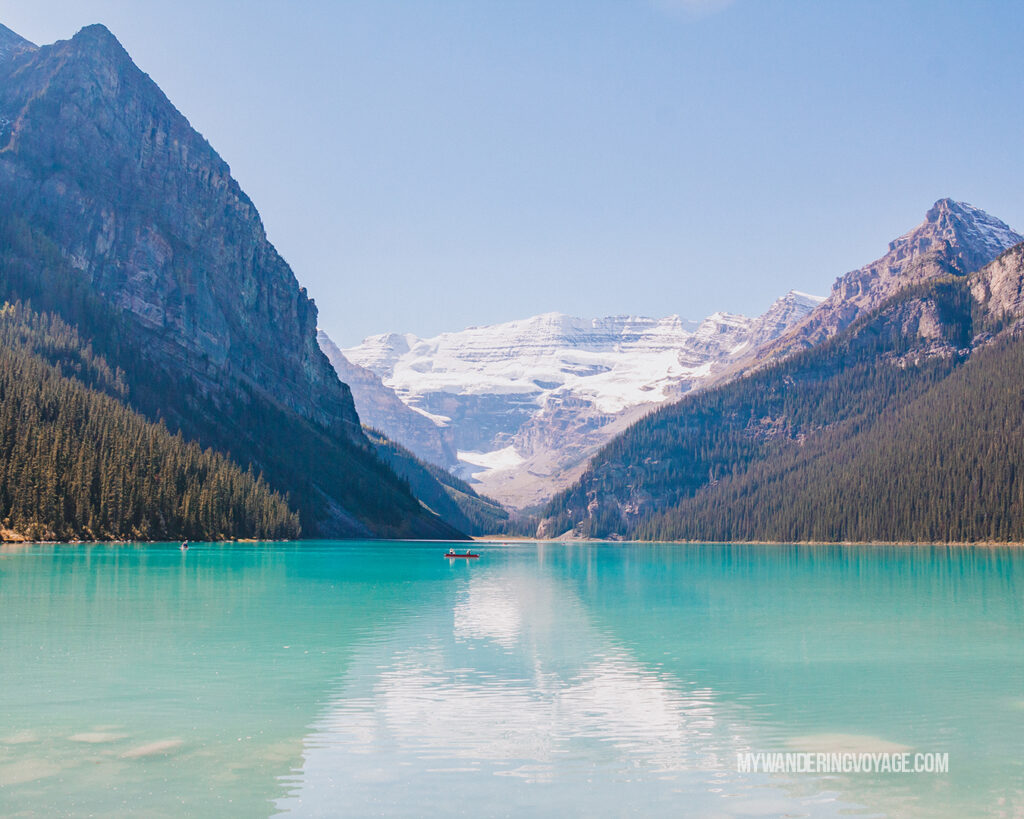
I’ve driven across Canada more than a dozen times. It’s one of my earliest travel memories as a kid and some of the most fun travels I’ve had as an adult. If you have the time, then you’ll want to take a car from Vancouver to St. John’s (or vice versa) along the Trans Canada Highway. This 7,800+ kilometre highway runs across the 10 provinces, spanning the entire country. Starting in Victoria, take a picture at “Mile 0” then onto Nanaimo. Take the ferry over to the mainland and enjoy a night or two in Vancouver. Take the scenic Trans Canada through the gorgeous Fraser Valley to Kamloops for a night then onto Banff, where you should stay a few nights to take the scenic route up to Jasper.
Once you leave the mountains towards Calgary, it’ll be flat for several days. You’ll want to detour to Drumheller to see the Royal Tyrell Museum and the badlands at Dinosaur Provincial Park. Once you cross the border into Saskatchewan, take a detour to Cypress Hills Interprovincial Park and the Great Sand Hills before sleeping under the stars at Grasslands National Park. You’ll also want to see Mac the Moose in Moose Jaw.
Take a pit stop in Winnipeg to check out the Canadian Human Rights Museum then cross the border into Ontario. You’ve crossed over into the Canadian Shield, so you’ll want to take a few days to explore the wilderness that inspired painters, writers and poets. Stop at the Terry Fox Memorial in Thunder Bay and realize that man made it all the way here from St. John’s ON. FOOT.
You’ll drive through northern Ontario for a couple of days, so make sure to stop at several viewpoints along Lake Superior and Georgian Bay. There are three branches of the TransCanada Highway in Ontario. The best route follows the shoreline of the lakes to Peterborough before heading east to Ottawa. Spend a few days exploring the capital city before heading into Quebec. Check out the sprawling urban metropolis of Montreal and the first stop in French Canada.
The TransCanada follows the south side of the St. Lawrence River, but you’ll want to cross the river and explore the historic Quebec City (my favourite in Canada) and nearby Ile d’Orleans. At Riviere-du-Loup, the TransCanada leaves the St. Lawrence and heads inland to Fredericton, New Brunswick. Take a worthwhile side-trip to Saint-Andrews-by-the-Sea and go whale watching in the Bay of Fundy.
You’ll also want to take the trip (either by Confederation Bridge or ferry) to Prince Edward Island. Sleep overlooking the ocean in Cavendish and see where the Confederation of Canada was formed in Charlottetown. Hop back over to the mainland and continue into Nova Scotia, following the TransCanada to Cape Breton Island. Stop in Sydney so you can take your time around the scenic Cabot Trail.
Take the ferry over to Channel-Port aux Basques, Newfoundland and hook back onto the TransCanada. Take a side trip from Corner Brook to Gros Morne and see the Canadian fjords. Finally, drive the last stretch to St. John and end your journey in the oldest city in Canada.
Niagara Falls to Quebec City (10 days)
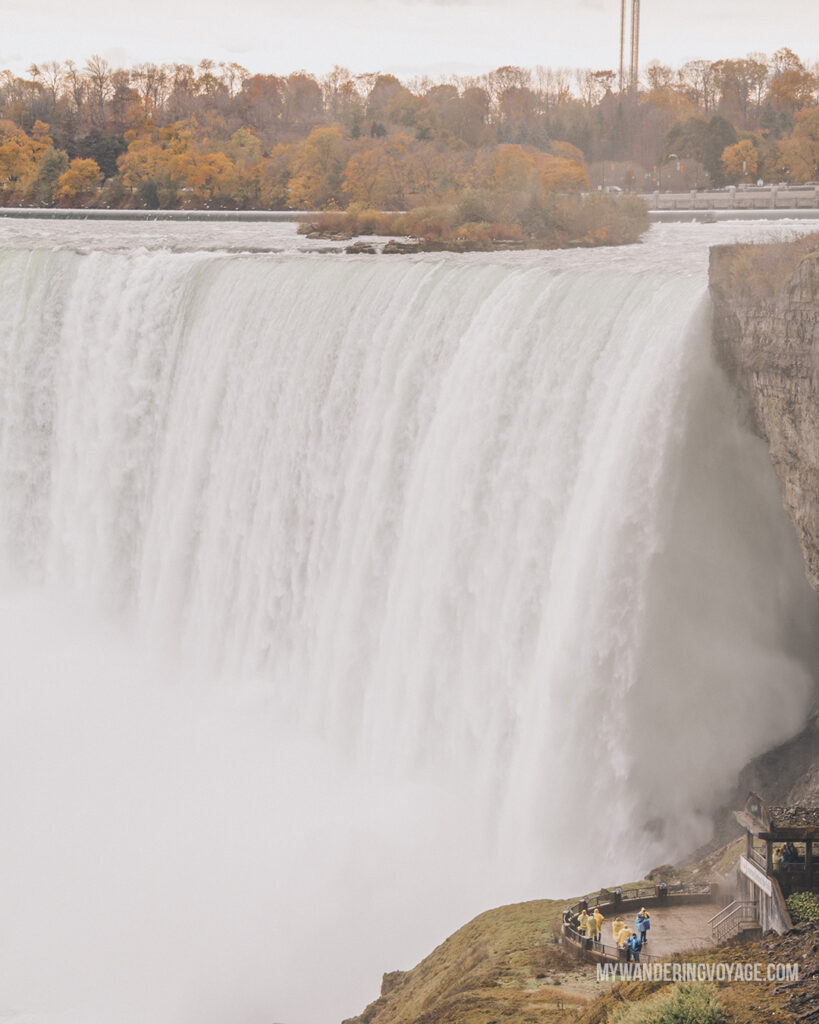
For anyone wanting to see the best of Canada, you should take a Niagara Falls to Quebec City trip. You can take this route by car or by train. Both you could do in a single day, but again, there’s so much to see that you’ll want to take your sweet time. Plan for at least 10 days.
Starting in Toronto, you’ll want to spend a few days exploring Canada’s largest city. Head to the CN tower, of one of several museums and galleries that call this place home or see a show at Mirvish Theatre. Then head to Niagara Falls for a day to marvel at one of the seven natural wonders of the world.
Head up to Kingston to see the historical place that was once the capital of Canada, before Canada became a country. You can also explore the Thousand Islands National Park and the capital city of Ottawa from here.
Next, cross the border into Quebec, where you’ll want to spend a few days in Montreal, eating and soaking up all the urban sites. End your trip with a few days in Quebec City, the charming historical old Quebec, which dates back over 400 years.
The Maritimes (10 days)
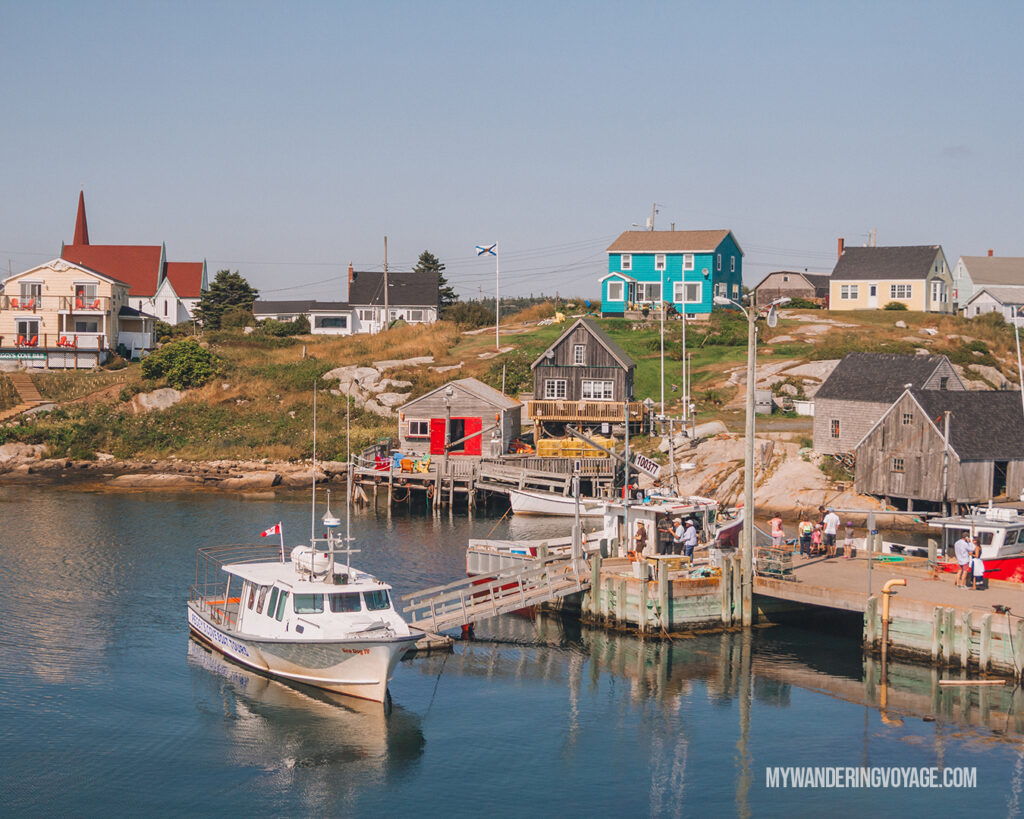
Start your Atlantic Canada trip in Halifax, where you’ll want to spend a few days visiting the sights and eating the delicious seafood. Take a day to visit Peggy’s Cove and UNESCO world heritage site Lunenburg.
You’ll also want to leave time to visit Grand Pre, a UNESCO world heritage site dedicated to the Acadians. Follow the road to Moncton before heading over to Saint John, New Brunswick. Visit the oldest continuously running market in Canada. Spend a few days in nearby Fundy National Park in search of waterfalls and viewpoints. Head over to Hopewell Rocks to see how the largest tides in the world shape the shoreline.
Cross the Confederation Bridge into Prince Edward Island, where you should stay at the ocean-side sites of the Prince Edward Island National Park near Cavendish. You’ll also want to immerse yourself in Anne of Green Gables here too. Next, head over for a day in Charlottetown, home of the Canadian Confederation.
Head back over onto the mainland and take the Trans Canada Highway up to Sydney on Cape Breton Island, where you can take one of the most scenic drives in Canada, the Cabot Trail. Spend your last day by heading back to Halifax and catching your last glimpse at the stunning Canadian Maritimes.
British Columbia’s best (10 days)
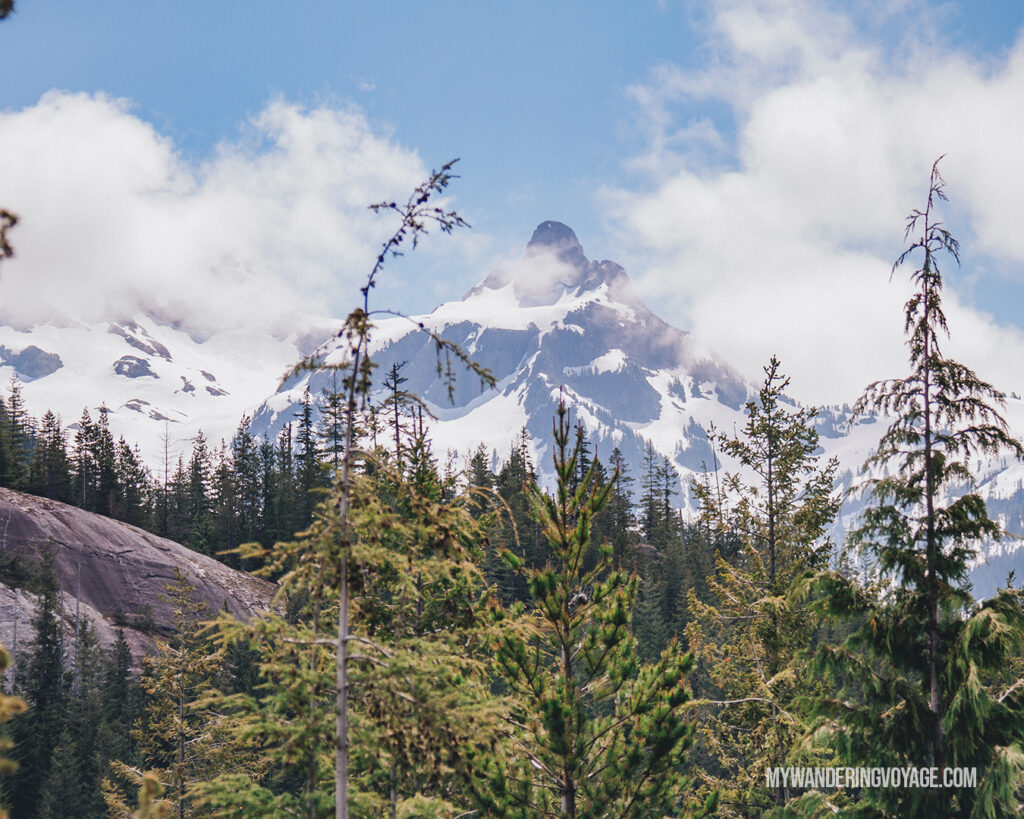
There’s so much to see in British Columbia that you won’t be able to fit it all in in a lifetime, let alone 10 days, but this short trip leads you to some of B.C.’s most beautiful places.
Start in bustling Vancouver, where you’ll want to spend at least two days to see the sights. Don’t miss exploring Granville Island and Stanley Park, a 1,000-acre public park in the city. Fill your boots at the hundreds of restaurants that call Vancouver home.
Next, head up the Sea to Sky Highway, stopping at scenic viewpoints like Lynn Canyon, Sea to Sky Gondola, Brandywine Falls and more. Spend a few days in the ski-town, Whistler. No matter the season, you’ll want to check out the Peak2Peak gondola and enjoy your coffee with the breathtaking views.
Come back down the mountain to Horseshoe Bay and take a ferry to Vancouver Island, where you’ll want to try a Nanaimo Bar in Nanaimo, marvel at the giants in Cathedral Grove and take the white-knuckle drive to Tofino.
Stay at an ocean-side resort or in an off-grid yurt and fall asleep listening to the waves crash against the beach. After you check “surfing in Tofino” off your bucket list, head to B.C.’s capital, Victoria. See the charming city’s historical sites before heading out on a boat for some whale watching.
Make sure you have high tea in Victoria before heading back to the mainland, ending your trip in Vancouver.
Little drive on the Prairies (10 days)
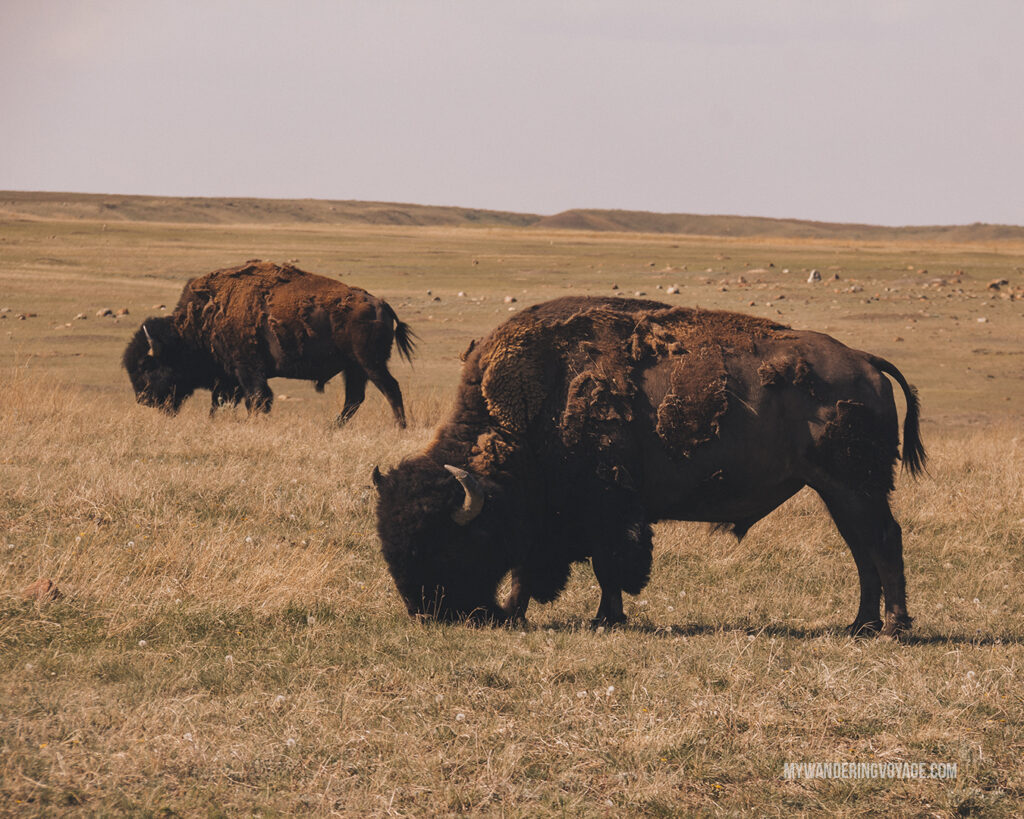
The Prairies are definitely one of the most underrated destinations in Canada. But this region is so much more than “flat land that you can watch your dog run away for three days.” With this week-long itinerary, you’ll find that the Prairies are much more beautiful than you think!
Starting in Winnipeg, you’ll want to spend a day here seeing the Canadian Human Rights Museum and the Assiniboine Zoo. Take a day trip up to Hecla-Grindstone Provincial Park on Lake Winnipeg, one of the largest lakes in Canada.
Head west to Riding Mountain National Park for some hiking before crossing over into Saskatchewan. Head up the Yellowhead Highway to Saskatoon, which was named the New York Times 2018’s 52 places to travel. Head north to Prince Albert National Park before heading straight south, nearly to the border, stopping at the Grasslands National Park, where you can sleep under the stars and spot bison in the wild. You’ll want to explore the gorgeous Cypress Hills Interprovincial Park before crossing the border into Alberta.
Once in Alberta, head up to Drumheller, stopping at Dinosaur Provincial Park to explore the badlands, and make sure you check out the Royal Tyrell Museum.
End your trip in Calgary – aka Cowtown – to immerse yourself in western culture. If you have time, take an afternoon trip to Head-Smashed-in-Buffalo-Jump UNESCO world heritage site, just two hours south of Calgary. Or, head north to Rocky Mountain House to explore the foothills on horseback.
Best of French Canada (10 days)
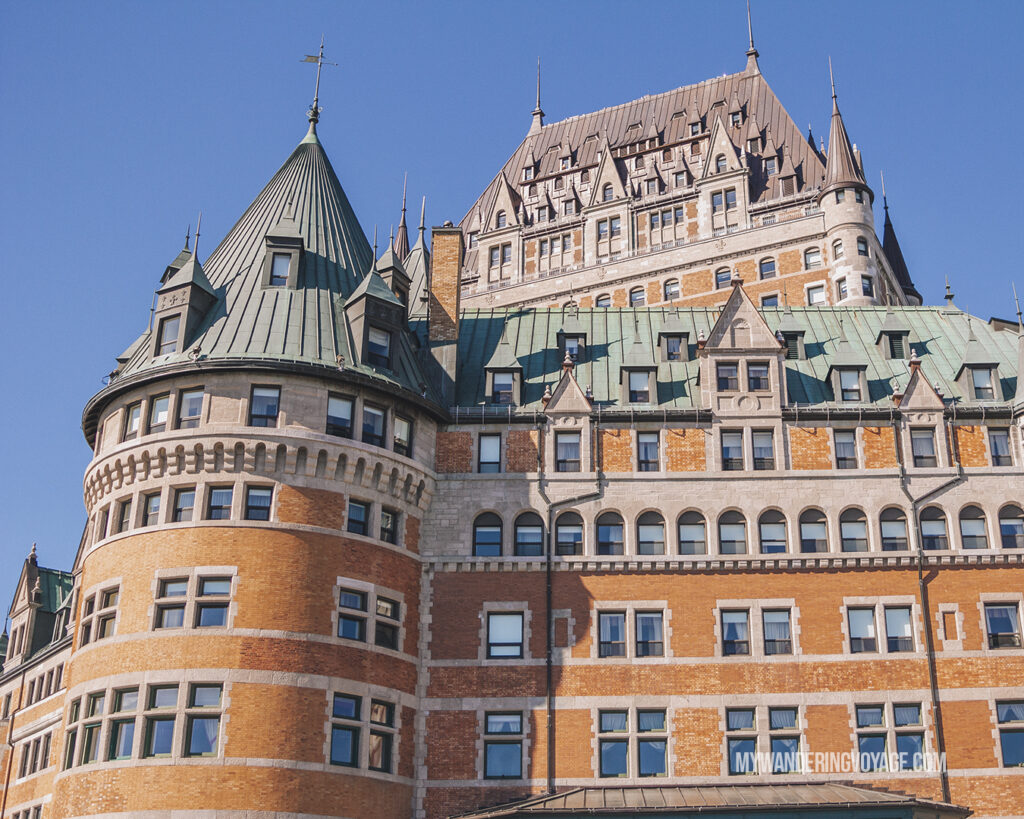
Start your trip in Montreal, spend a couple of days getting to know this urban, hip city. Take a day or two to go up to ski-town Mont Tremblant, which is gorgeous, no matter the season. Then follow the St. Lawrence to Quebec City.
You’ll want to spend a couple of days here in his 400+-year-old city, eating all the delicious French-Canadian cuisine and exploring Old Quebec. Take a day to see Montmorency Falls and the markets on Ile d’Orleans. You’ll also want to explore the Charlevoix region and Saguenay Riverside town of Tadoussac before crossing over the St. Lawrence by ferry.
One this south side of the river, you’ll follow the scenic route all the way to Gaspe and Forillon National Park. This region is known for its seaside cliffs, French-Canadian charm and wildlife. Don’t miss seeing the iconic landscape at Perce.
You could cut your time short here and drive the nearly 11 hours to get back to Montreal or break up your trip by staying at one of the many gorgeous villages between Gaspe and Montreal.
Ontario’s Golden Loop (12 days)

Start your trip in Toronto, where you can spend a couple of days exploring this multicultural mosaic. Visit the CN Tower or head to the Toronto Islands; you won’t run out of things to see or do. Then drive the nearly four-hour trek to Tobermory. Spend a day enjoying the bright blue waters of Bruce Peninsula National Park or take a boat tour to see Flowerpot Island.
Hop on the Chi Cheemaun Ferry over to Manitoulin and stay at Gordon’s Park for some serious stargazing. You can also hike the incredible Cup and Saucer Trail to some incredible viewpoints. Hop back over to the mainland to North Bay on the shores of Lake Nippissing.
Take the longer scenic route through Algonquin Provincial Park to Ottawa, where you can spend a few days exploring Canada’s capital city. Then head south to follow the St. Lawrence River through the Thousand Islands region to Kingston. Here, you’ll want to see the lovely historic city that was Canada’s capital before Canada was a country.
Head back to Toronto and add a day trip to Niagara Falls if you have time. You won’t want to miss seeing one of the natural wonders of the world.
To the Arctic Ocean (1 week)
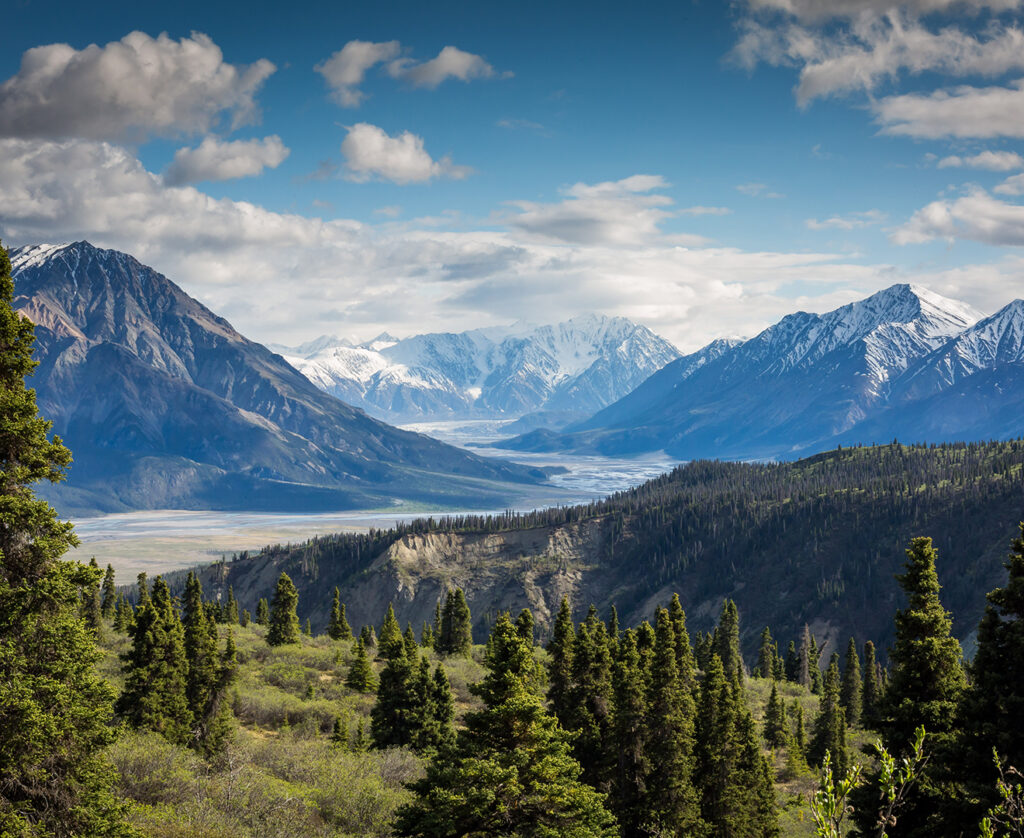
Travelling in the remote territories of Canada is a once in a lifetime trip for some. This trip is best suited for four-wheel drive campervans since there are few amenities along the way. Start your trip in Whitehorse, Yukon. Take a couple of days getting to know this northern city on the banks of the Yukon River. Check out the SS Klondike National Historic Site and Kwanlin Dun Cultural Centre.
Make sure you have everything you need to make it the long drive up the Klondike Highway to Dawson City. Once there, you’ll want to immerse yourself in the Gold Rush era in this historic town. Backtrack to the Dempster Highway, which is mostly a gravel road to the Arctic Ocean.
Take the route through Tombstone Territorial Park, stopping at the Arctic Circle sign to signify your crossing of the 66th parallel and the Welcome to the Northwest Territories sign.
This trek requires you to take a ferry to cross the Peel River and MacKenzie River before reaching Inuvik. Once there, check out the Western Arctic Regional Visitor Centre and the gorgeous MacKenzie River delta.
The road to the Arctic doesn’t end here. Tuktoyaktuk used to only be accessible by ice road or plane, but in 2018, the Dempster Highway was continued making this small town the further north you can go in Canada by road. Once there, be sure to dip your feet in the Arctic Ocean in you dare. Stay a little while before taking your time returning to Whitehorse, knowing you’ve gone where few have before.
The Beautiful Rockies (5 days)
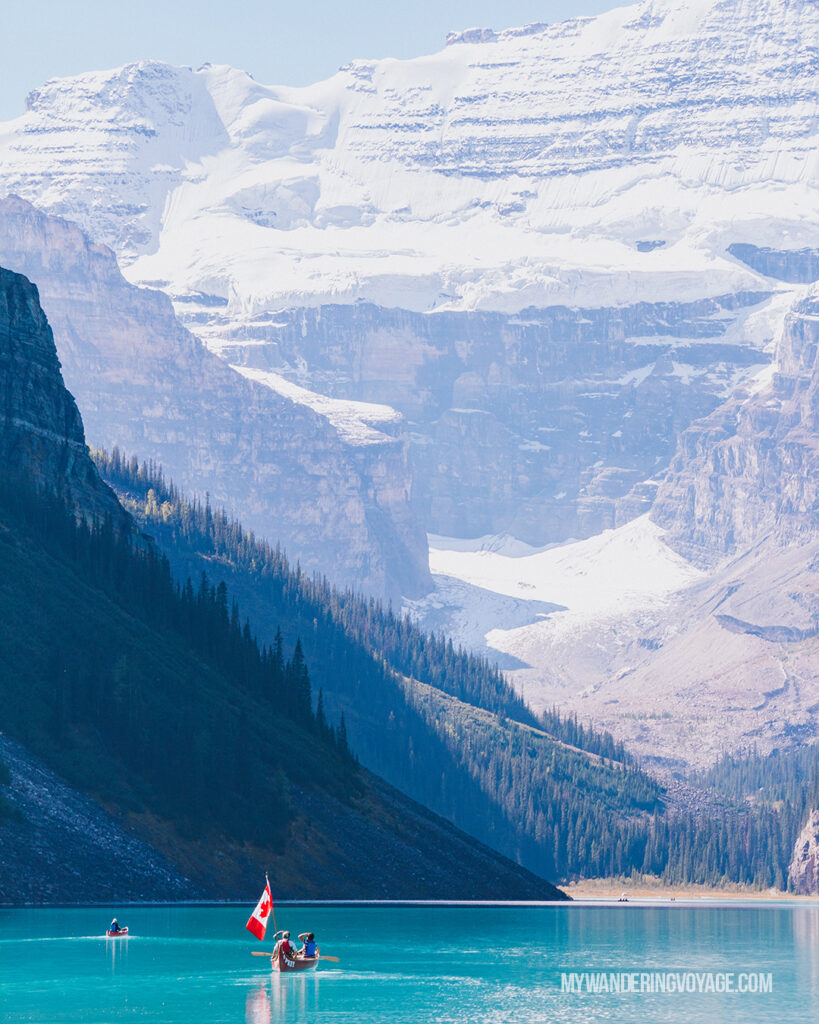
A road trip through the Canadian Rockies is likely on everyone’s bucket list. This stunning scenic route from Banff to Jasper host some of the most beautiful places in all of Canada. If you’re stressed for time, you can easily see the highlights in two days, but I suggest taking at least a week to take a more relaxed route.
You can also start in either Calgary or Edmonton, but in this itinerary for the Canada travel guide, I’ve used Calgary as the starting point. Take a day or two in Calgary to get familiar with this awesome western culture before taking off for the mountains. You’ll want to stop in Canmore to see the famous Three Sisters Peaks.
If you want to save money, you can base yourself in Canmore, which is generally less expensive than Banff, but know that there are cheaper options in Banff too. As you head into Banff National Park, take a pit stop at Two Jack Lake, which is like glass at sunrise. There’s so much to see in Banff, like the Cave and Basin National Historic Site, Banff Gondola, Cascade Gardens and more that you’ll want at least two days to see everything in and around the town.
Next, head up to Lake Louise, stopping at Johnson Canyon for a quick hike and taking the more scenic Bow Valley Parkway. Spend the day at Lake Louise and get up as early as possible to head up the 14-kilometre road to Moraine Lake and the Valley of the 10 peaks.
After Lake Louise, head north on the Icefields Parkway, stopping at every gorgeous place you see. For a full list of places to see on the Icefields Parkway, read the post here. Settle into the more laid-back town of Jasper. Take a morning trip up to Pyramid Lake before making your way back down to Banff then east to Calgary. Alternatively, you could head east out of Jasper and follow the foothills in Highway 22, stopping in Rocky Mountain House, a historical site known for its cowboy culture.
Read all my posts about travelling in Canada:
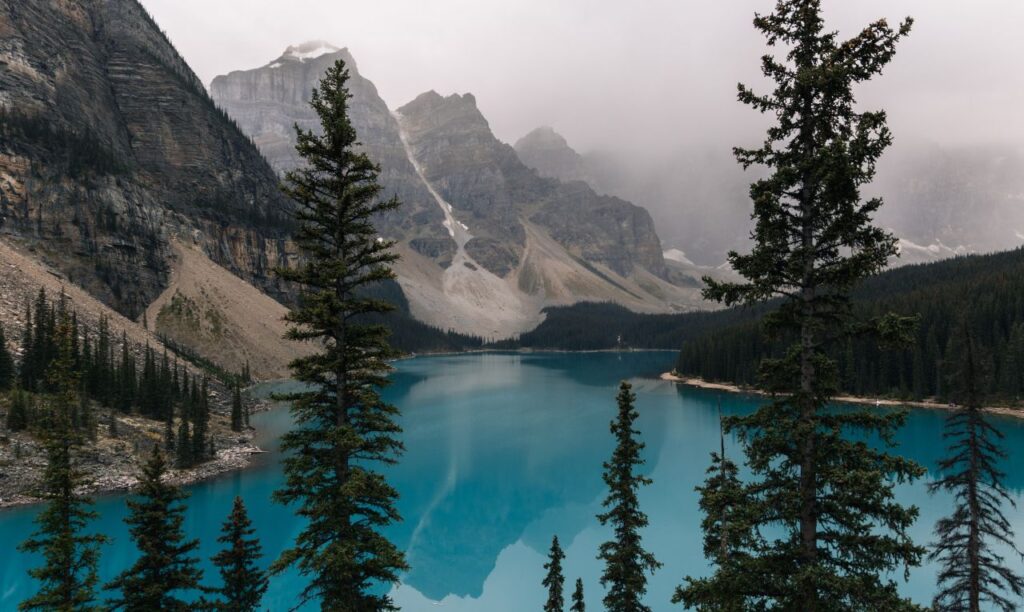
How to visit Banff without a car
Banff is one of the most beautiful destinations in Canada. It’s a huge wilderness park…
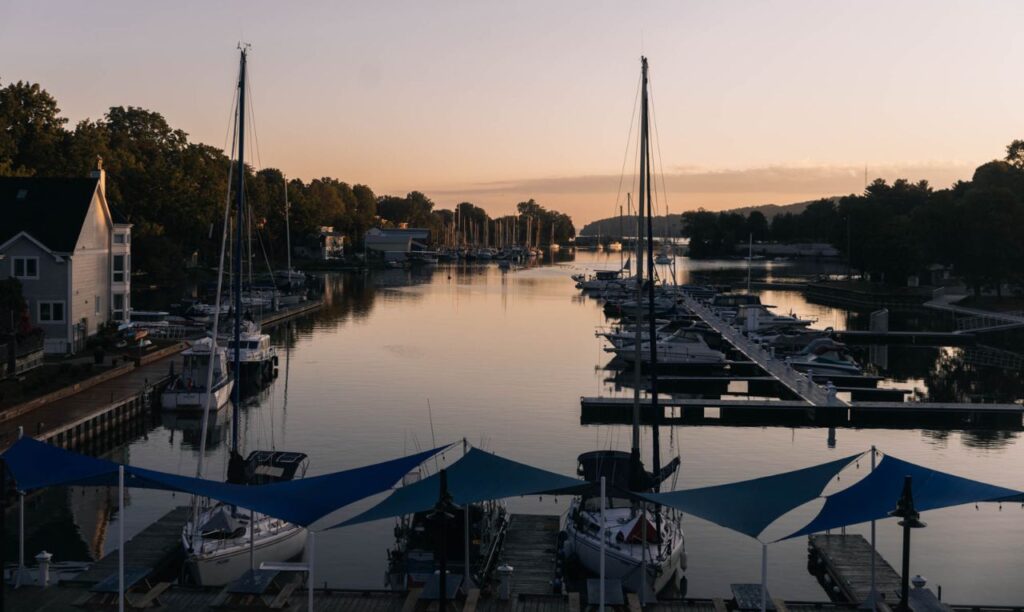
The Ultimate Weekend Guide to Prince Edward County
Prince Edward County is one of Ontario’s premier destinations! It’s perfect for a girls’ weekend,…
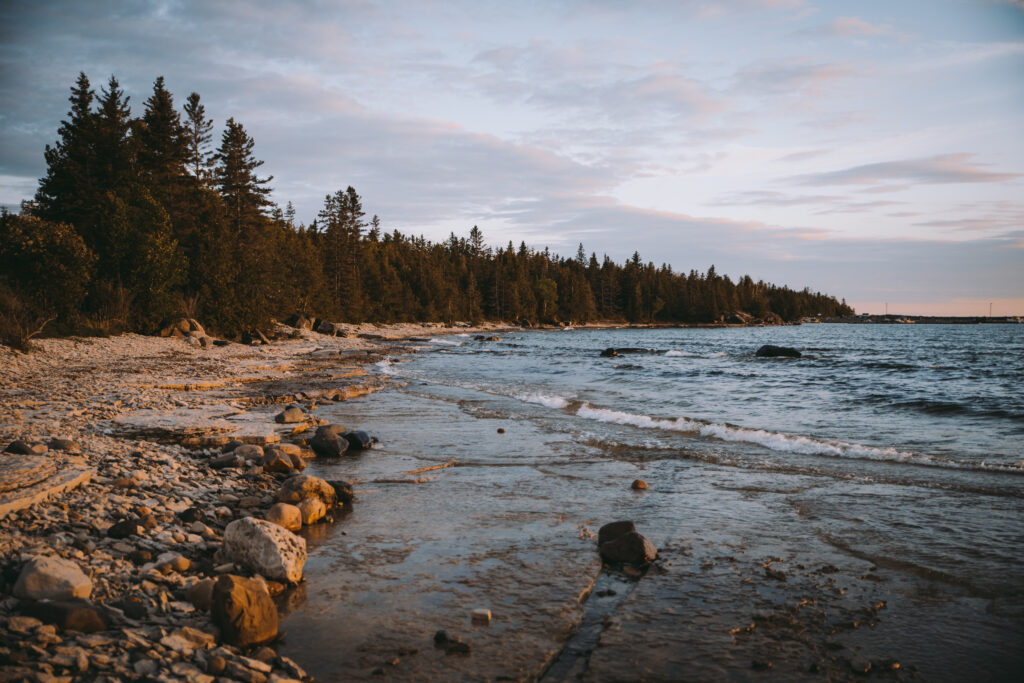
Best things to do on Manitoulin Island
Manitoulin Island is the largest freshwater island in the world, and it’s located right here…
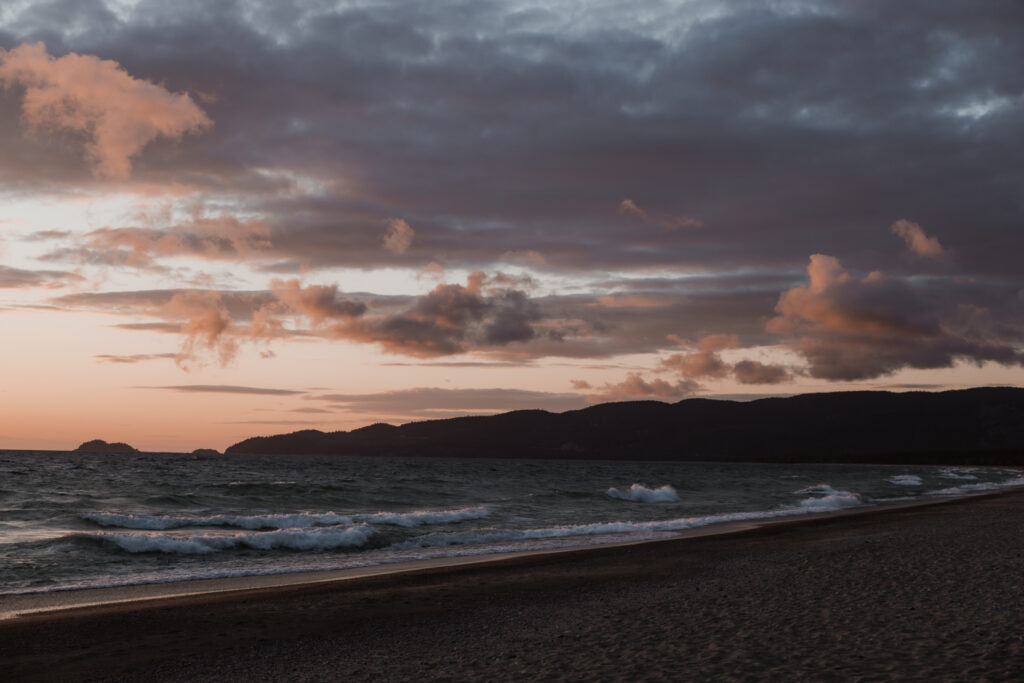
The Ultimate Guide to Lake Superior Provincial Park
I’m not sure exactly when I fell in love with Lake Superior Provincial Park. It…
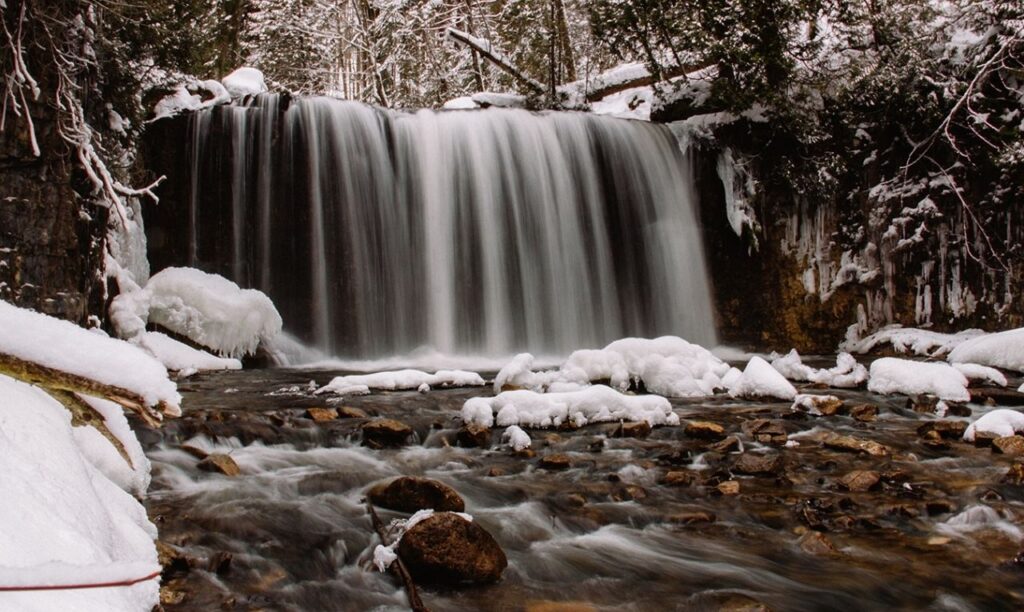
Check out these incredible Grey County Waterfalls in Winter
Winter is a time for staying inside, eating warm meals and chilling out by the…
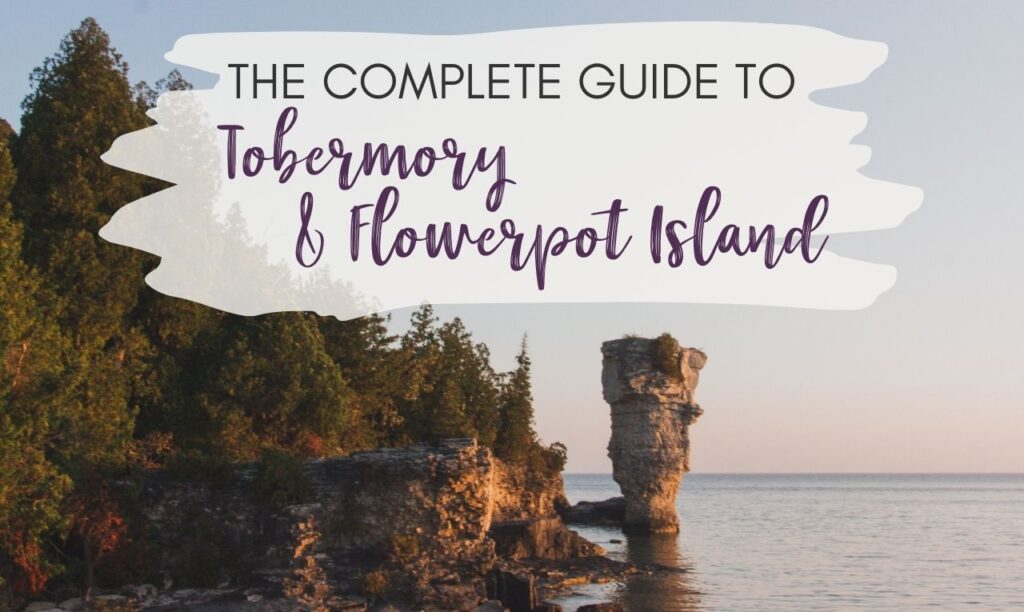
The Complete Guide to Tobermory and Flowerpot Island Camping
If you’ve researched anything about what to do in Ontario, then you’ve probably seen Bruce…
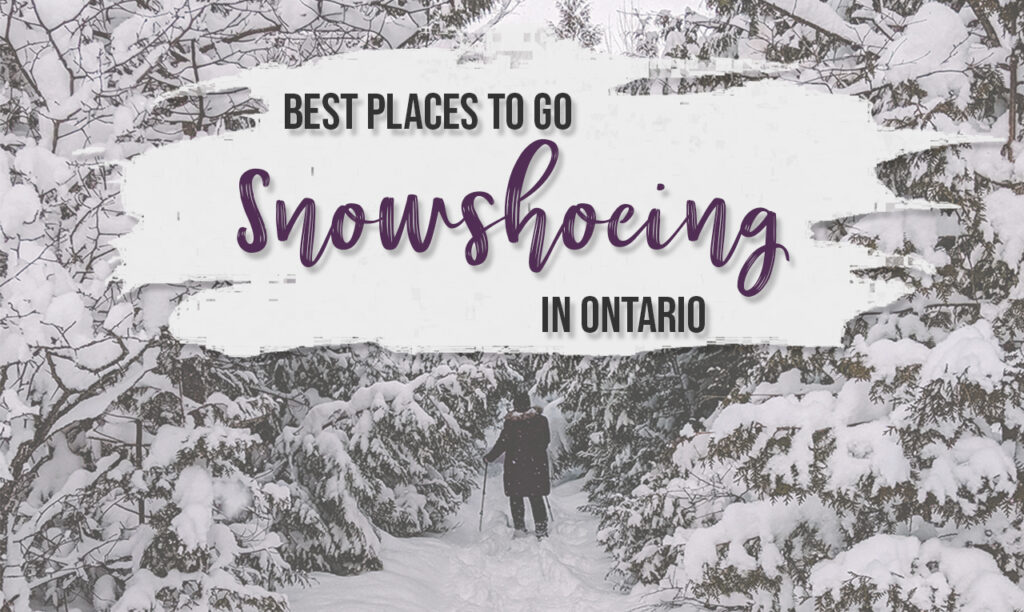
11+ stellar places for snowshoeing in Ontario
When it comes to winter activities, there’s no beating snowshoeing. It’s not too rigorous, it’s…
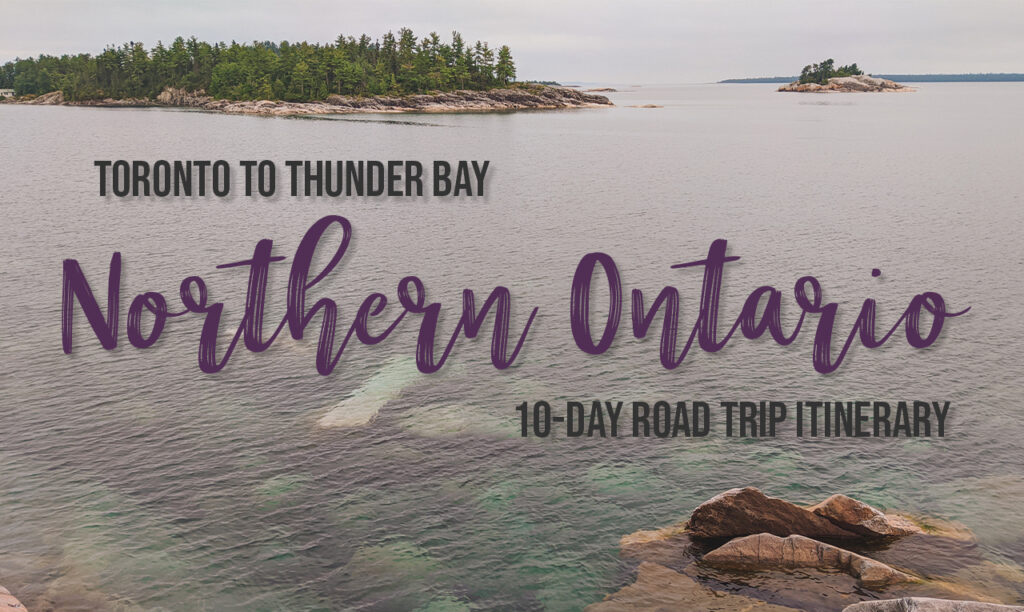
Toronto to Thunder Bay: a 10-day Northern Ontario road trip along Lake Superior’s spectacular coast
There’s nothing quite like Lake Superior, the largest, deepest and coldest of the Great Lakes….
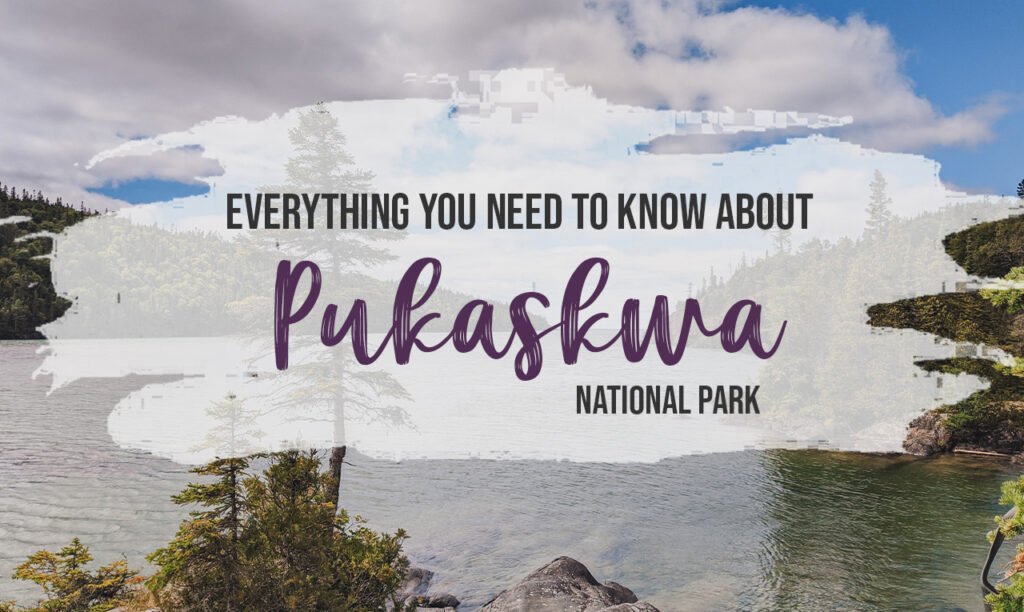
Everything you need to know about Pukaskwa National Park [+ hiking guide]
Of the six national parks that call Ontario home, Pukaskwa National Park feels the most…
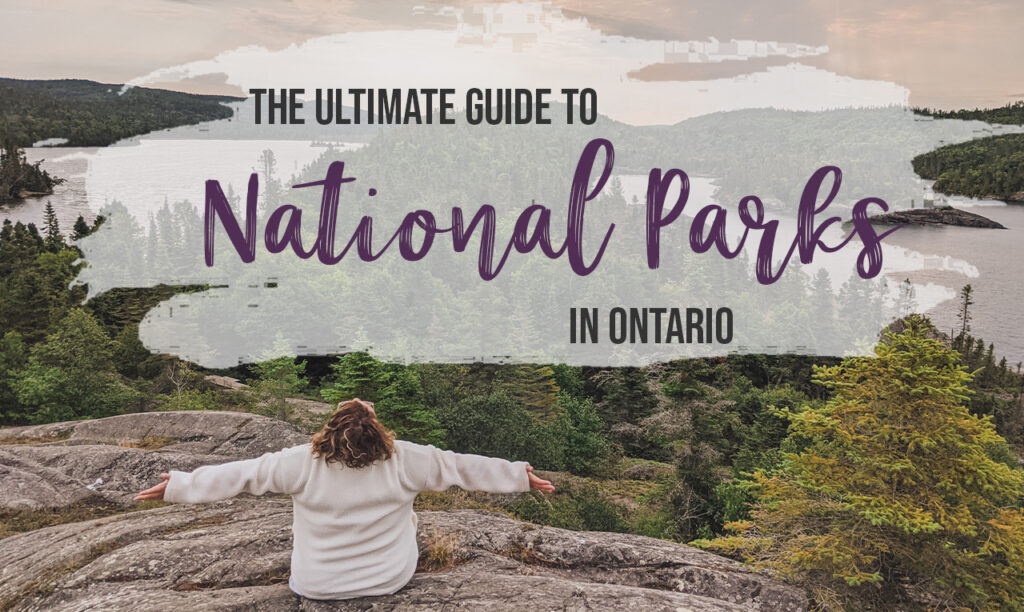
The Ultimate Guide to National Parks in Ontario
There are 48 national parks in Canada, and six of them right here in Ontario….
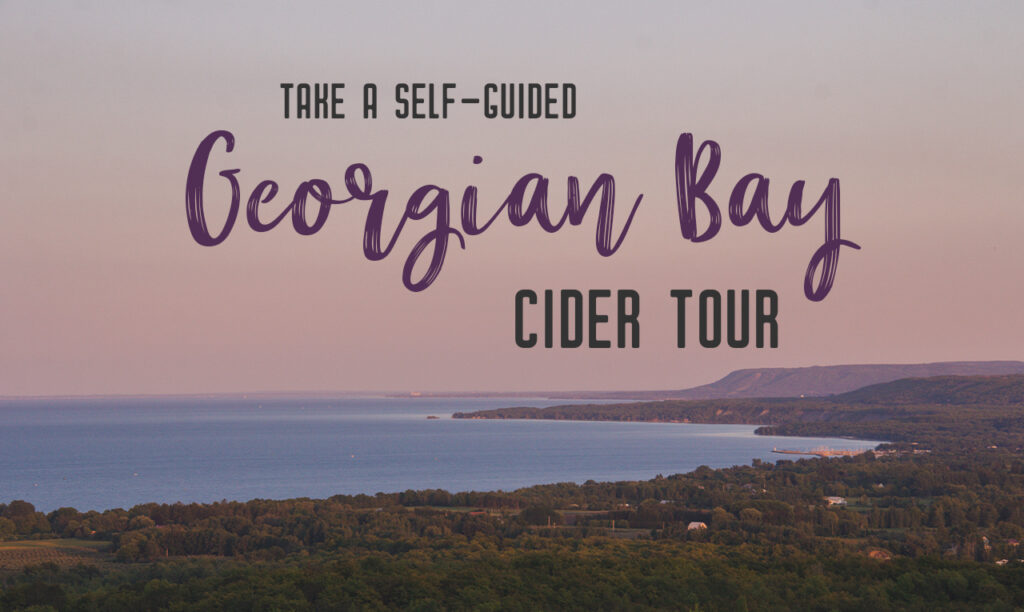
Ontario cider: Take a delicious self-guided Georgian Bay cider tour
Georgian Bay is known for many things, the gorgeous coastline, stunning cottages, and relaxing beach…
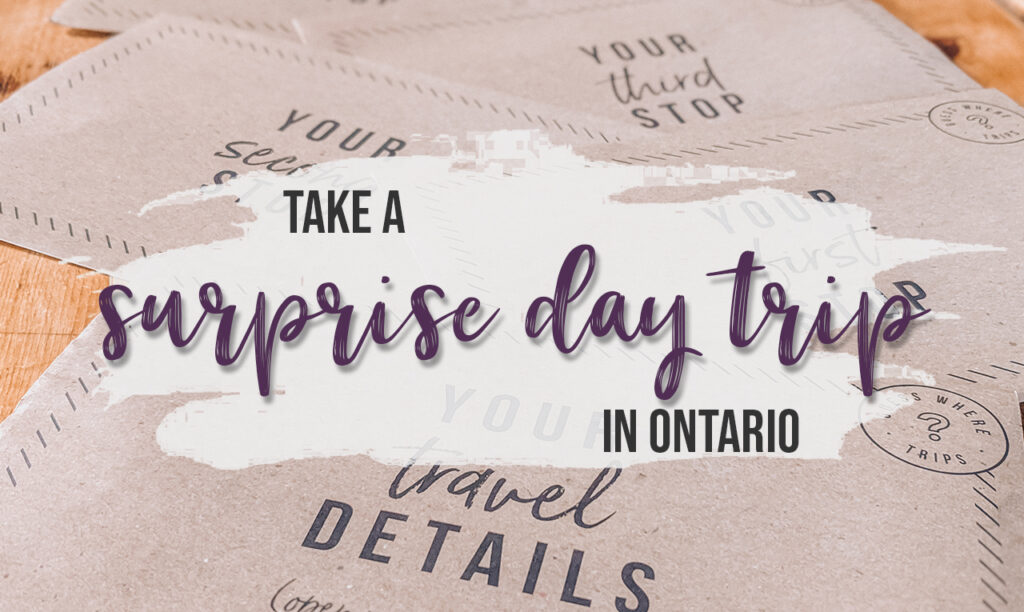
Take a surprise day trip in Ontario with Guess Where Trips
Your bag is packed, and you jump in the car, ready for a road trip….
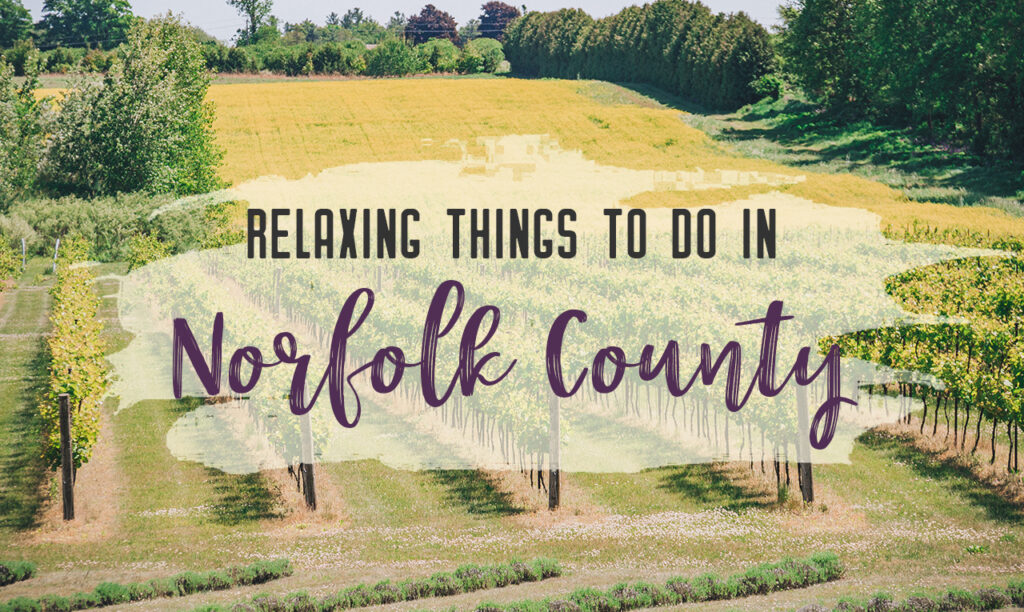
Discover Ontario’s Garden: Relaxing things to do in Norfolk County
Welcome to Ontario’s Garden, aka, Norfolk County. This lovely slice of southwestern Ontario is home…
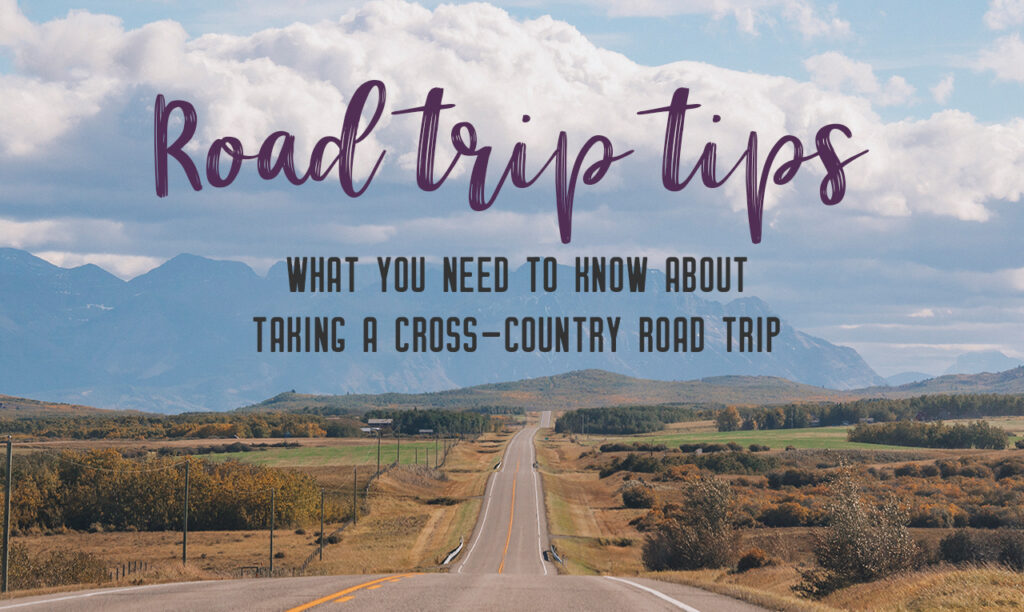
Road trip tips: What you need to know about taking the perfect cross-country road trip
My knuckles were white, tightly wrapped around my steering wheel. My wiper blades were swooshing…
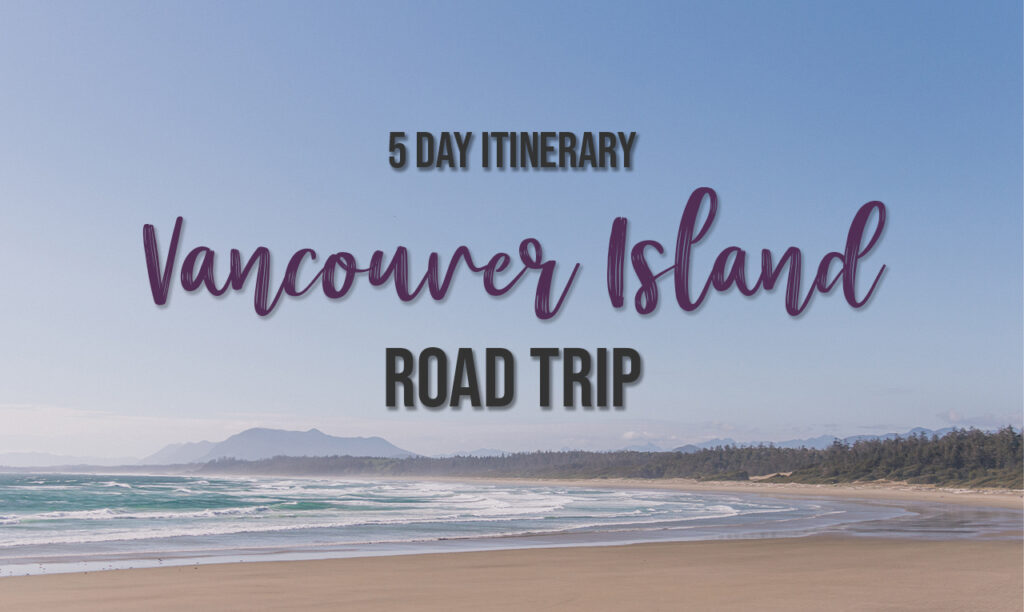
Unforgettable 5-day Vancouver Island Road Trip itinerary
Vancouver Island is a magical, forested, natural beauty off the coast of British Columbia. From…

25+ best scenic lookouts in Ontario you have to see for yourself
One of the best things to do when travelling to a new place is to…
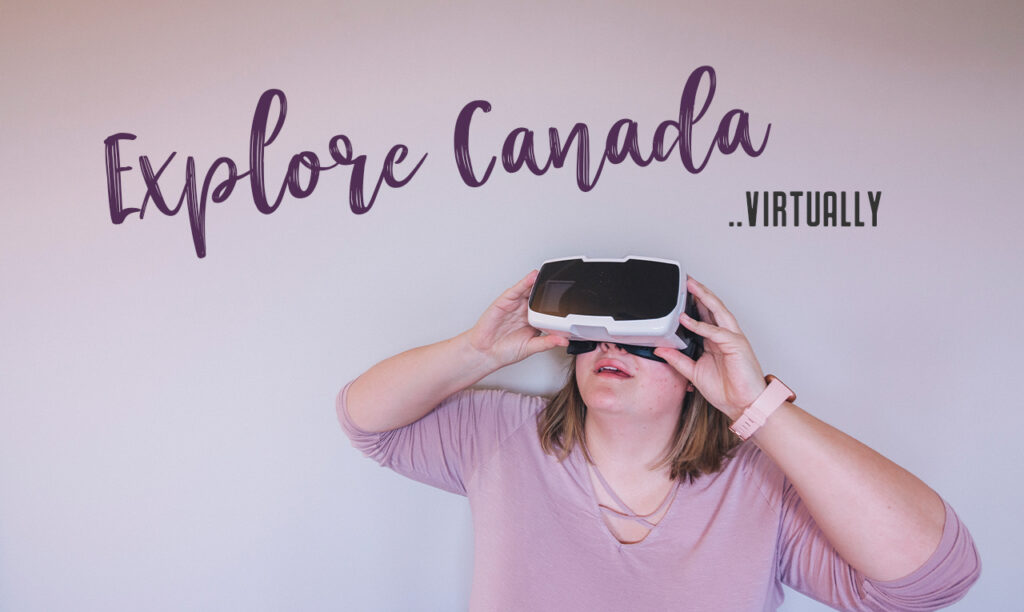
7 awesome ways to explore Canada virtually
Sometimes travel isn’t always possible. Whether you’ve been asked to stay inside or you work…
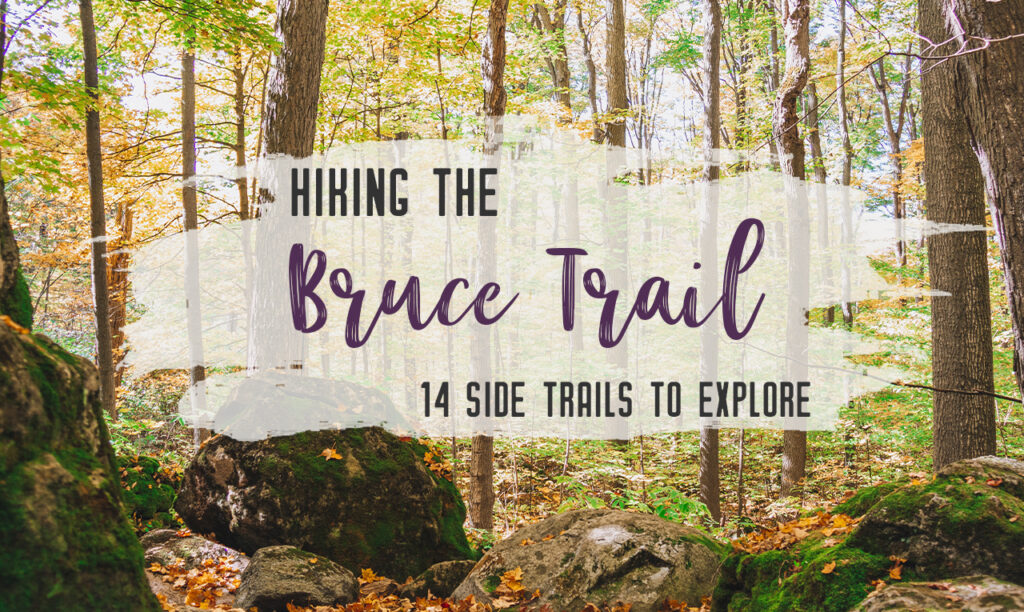
Hiking the Bruce Trail: 14 incredible side trails to explore
The Bruce Trail is Ontario’s most famous trail. Following the Niagara Escarpment, it weaves nearly…
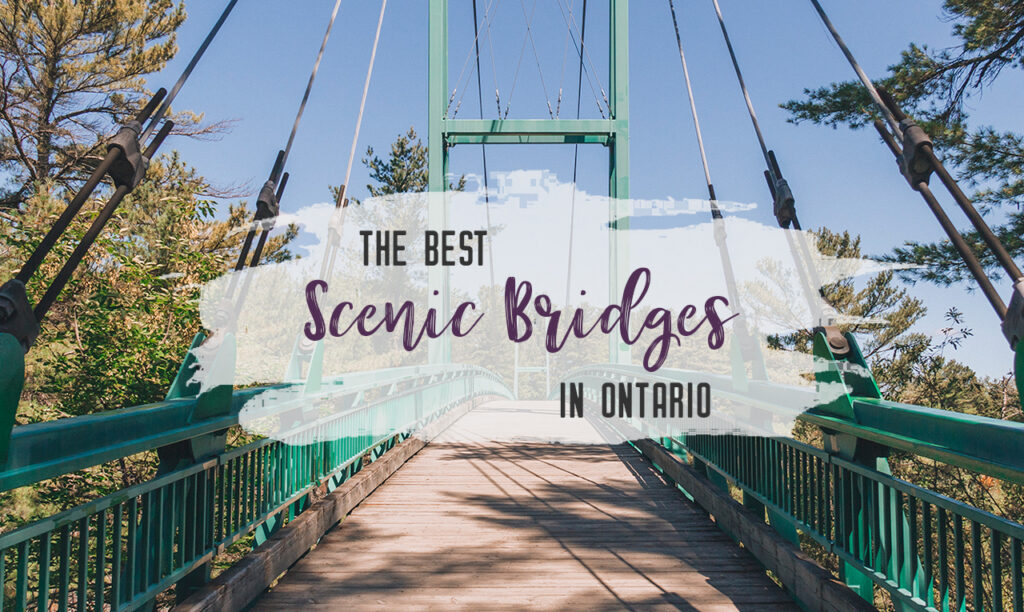
22 best scenic bridges in Ontario you have to visit
You may have heard that Canada is home to a lot of lakes, Ontario in…
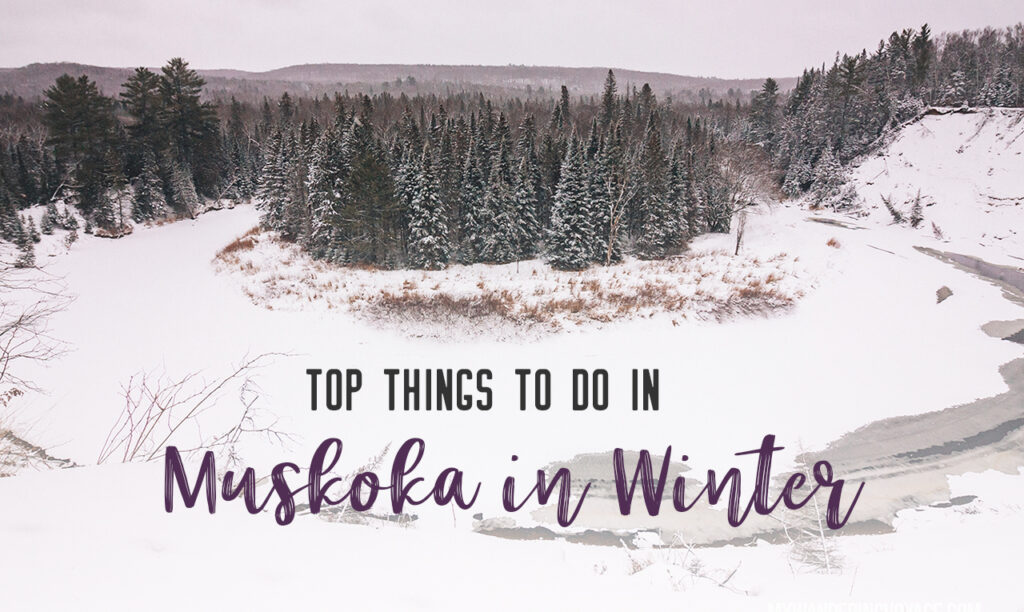
Top Things to do in Muskoka in Winter
Hello winter! Bring on the snow-covered trees, the frozen landscape and the adventure that awaits!…
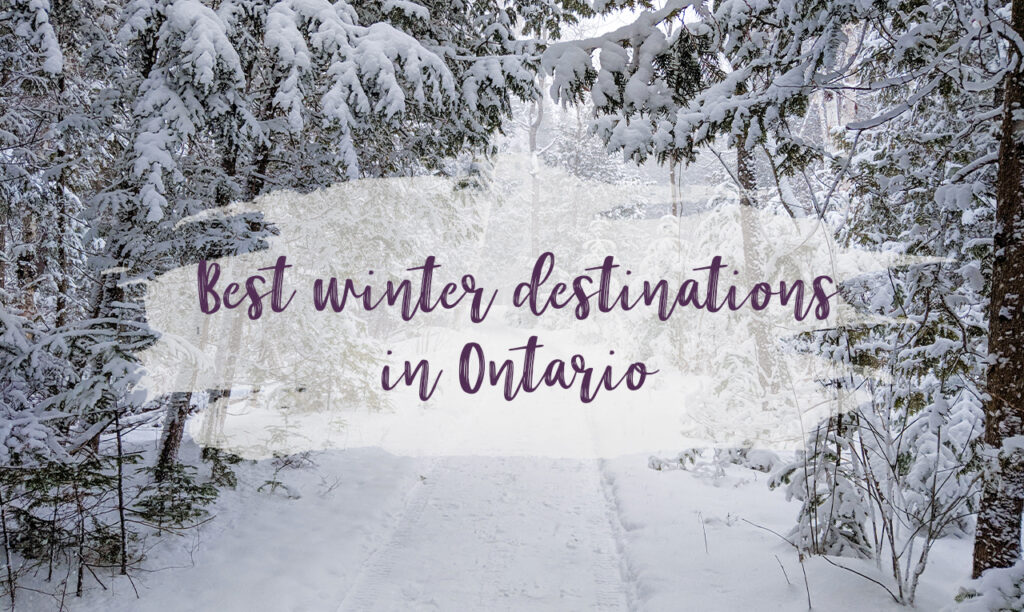
Best winter destinations in Ontario for a cozy weekend
Ah, winter in Ontario. The longest season. The shortest days. It’s where you have to…
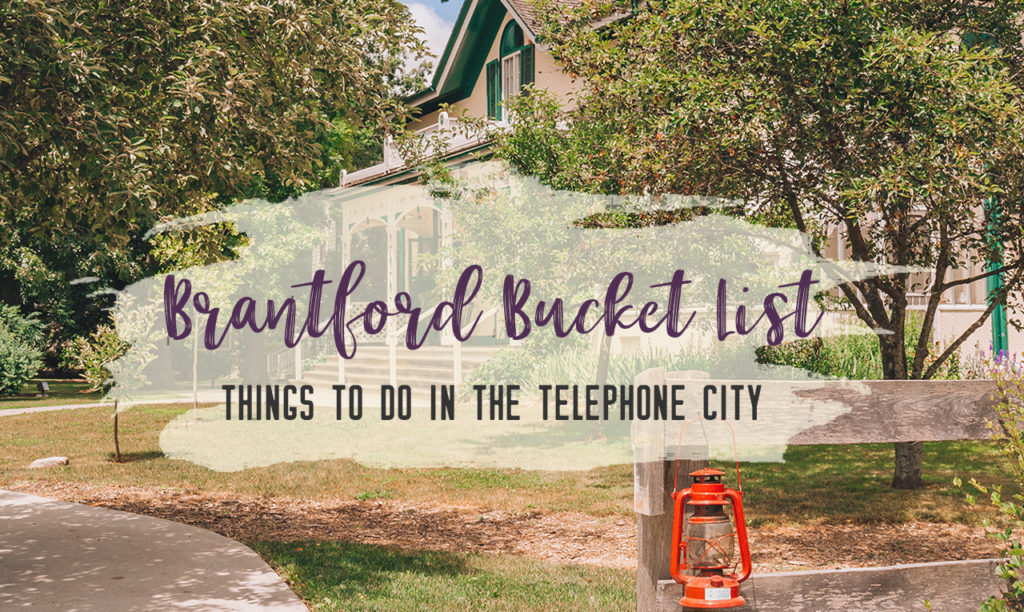
Brantford Bucket List – the best things to do in Brantford all year round
Brantford, the Telephone City, is an underrated city in Ontario, Canada. Get off the beaten…
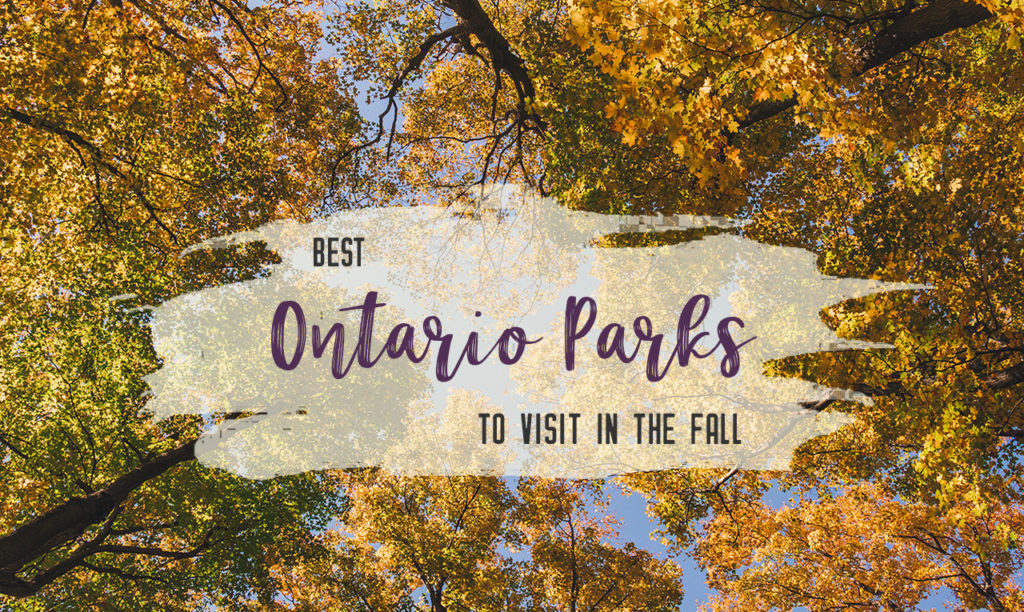
Best Ontario Provincial Parks to visit in fall
Fall offers a whole new idea of camping and hiking: cool temperatures, no bugs and…

Paddle the Grand River – The best things to do in Paris, Ontario and Brant County
Grab a paddle; it’s time to cast off and enjoy the peaceful pace of the…
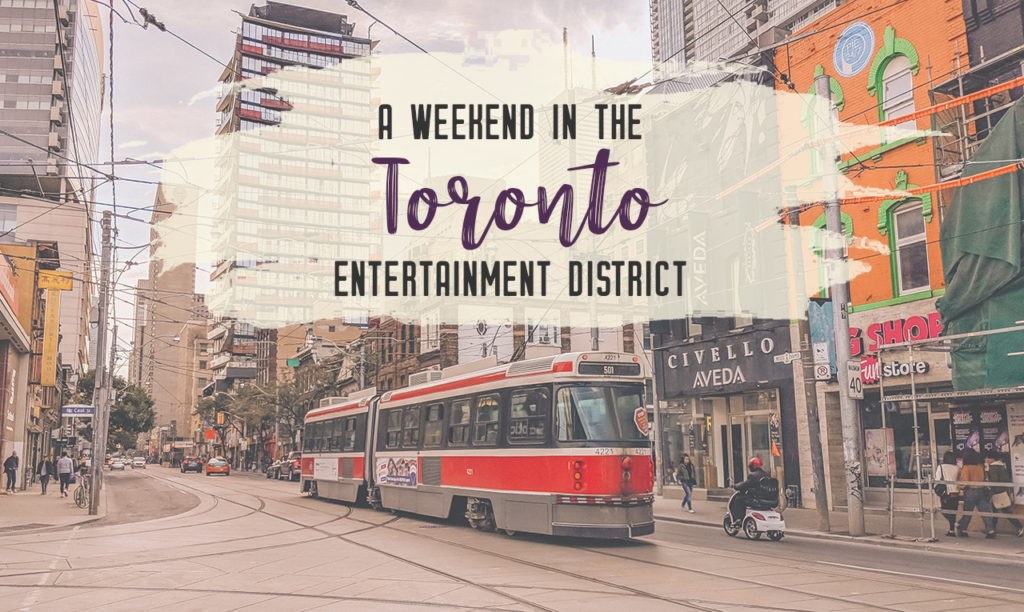
Spend a weekend in the Toronto Entertainment District
T-dot. T.O. The Six. Whatever you call it, Toronto is the cultural hub of Canada,…
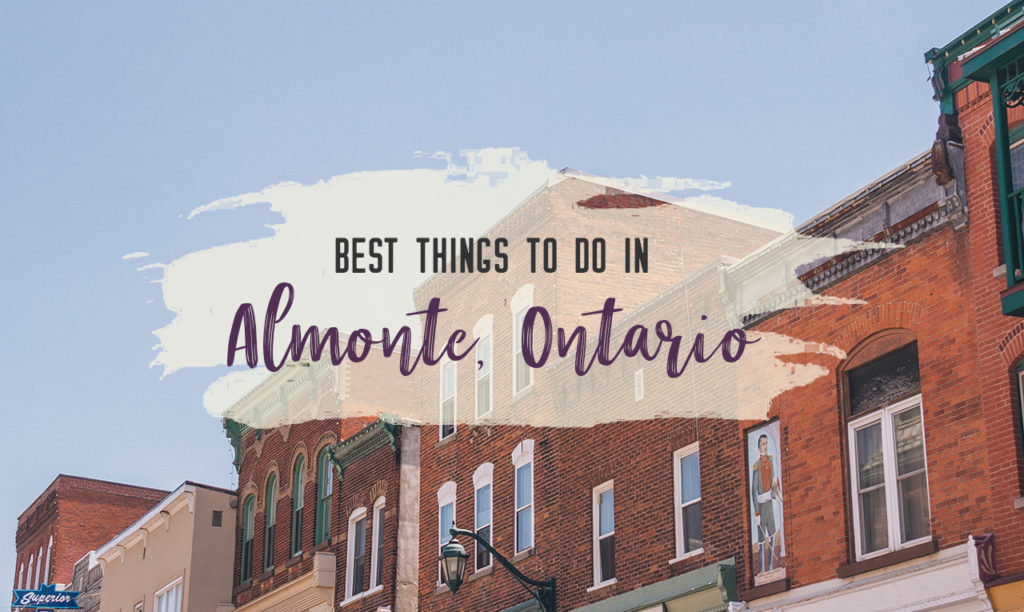
Weekend getaway: Best things to do in Almonte, Ontario
Find your perfect weekend, filled with scenic views, delicious eats, and intriguing shops in Almonte,…
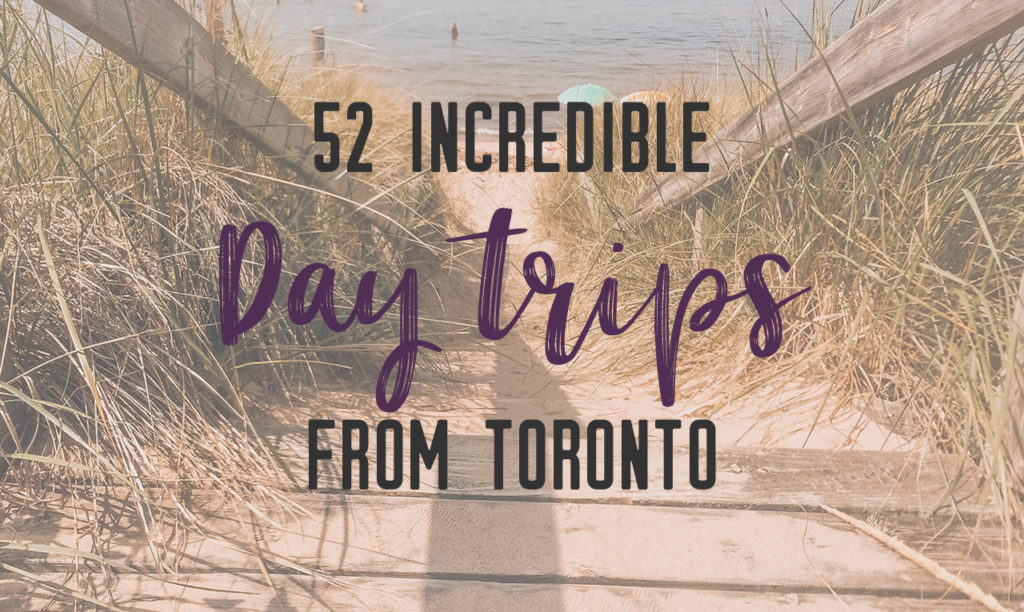
52 day trips from Toronto for every traveller
Ontario is full of amazing and wonderful things to do. Whether you are visiting or…
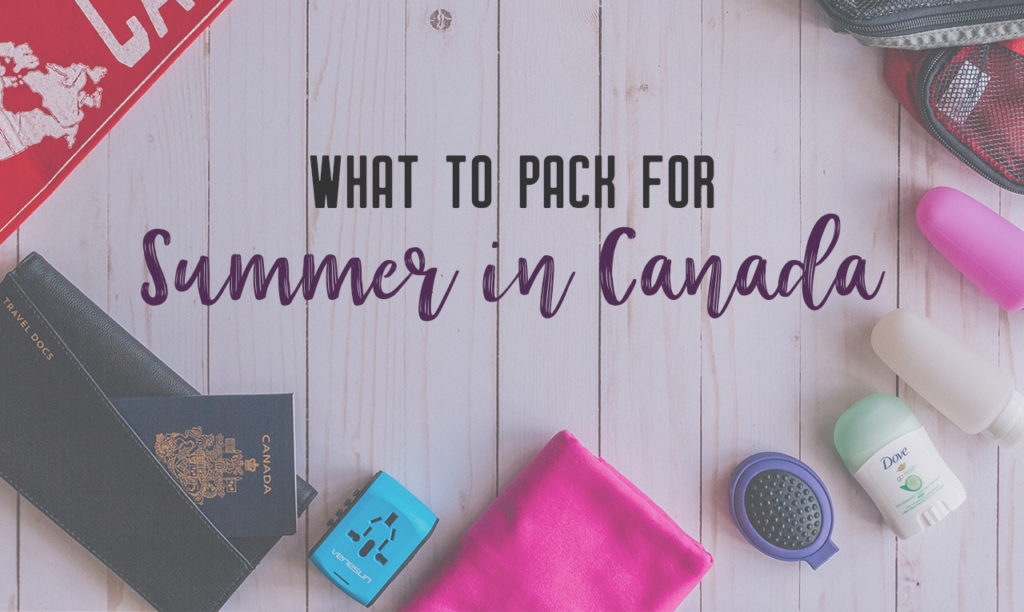
What to Pack for Canada in Summer
Summer in Canada can be pretty wild. In case you’re unaware Canada is a massive…
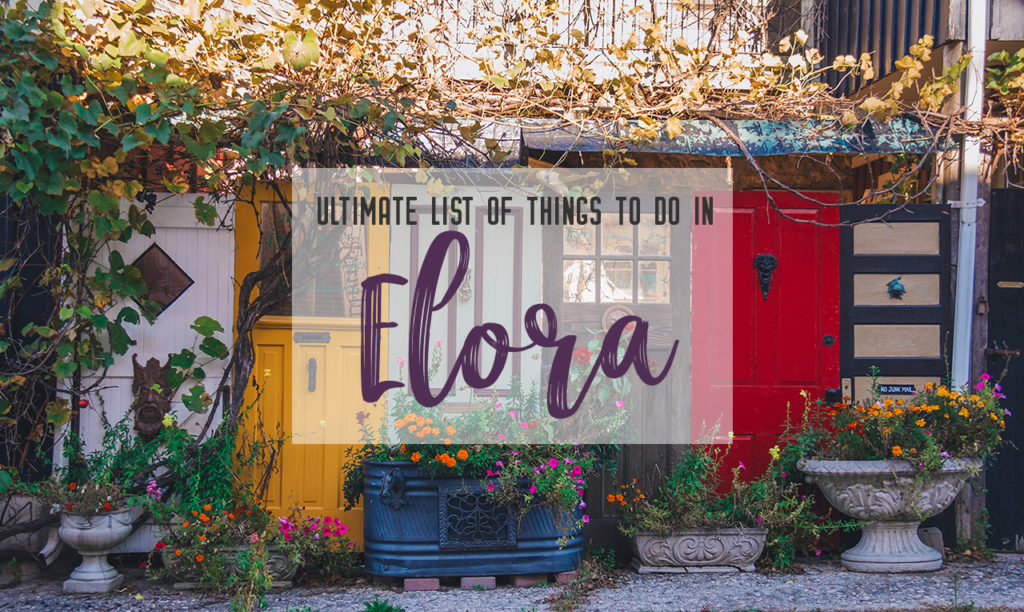
Enjoy small-town charm in Elora, Ontario – the ultimate list of things to do in Elora
In small towns across Ontario, you’ll see a mix of quaint shops, natural beauty and…
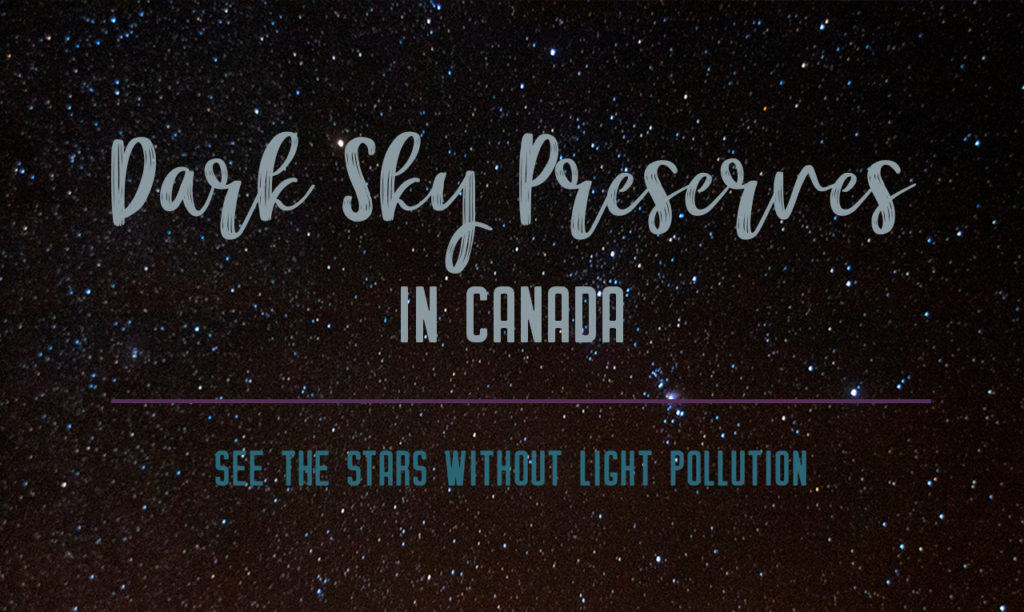
Travel to Dark Sky Preserves in Canada and see the stars without light pollution [+Map]
What’s one new thing you would like to do this year? For me, I’d like…
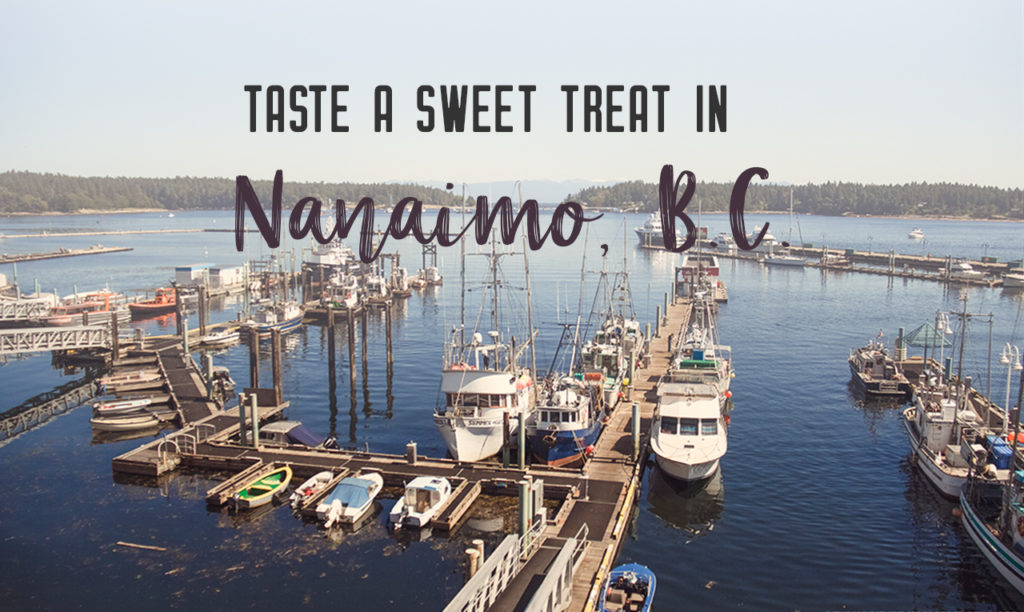
Sweet dreams are made of this: Nanaimo, British Columbia
Have you ever dreamed of having a Nanaimo bar in front of a bar in…

Visit wild Tofino, British Columbia
There’s something wild about the ocean. On a bright day in the Caribbean, it seems…
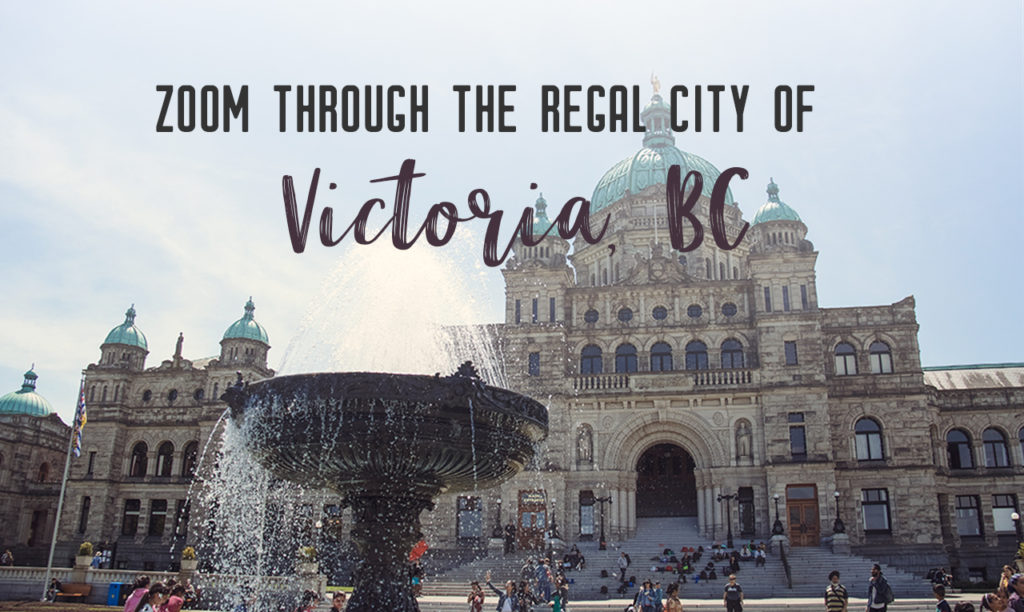
Zoom through Victoria, BC: The regal capital city
With limited vacation days a year, you get used to exploring a place on a…
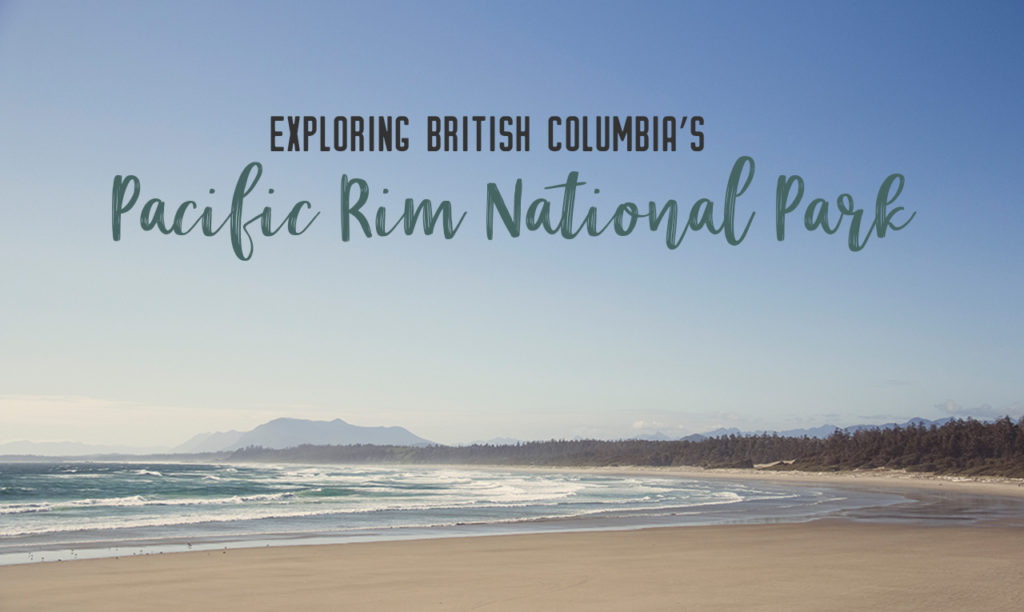
Exploring British Columbia’s Pacific Rim National Park Reserve
There’s a feeling you get when you are sitting on a beach that stretches on…

Two days in Vancouver, British Columbia – what to see, do and eat downtown
Vancouver, Canada’s western metropolis, is an urban jewel. Not only does it lend to the…
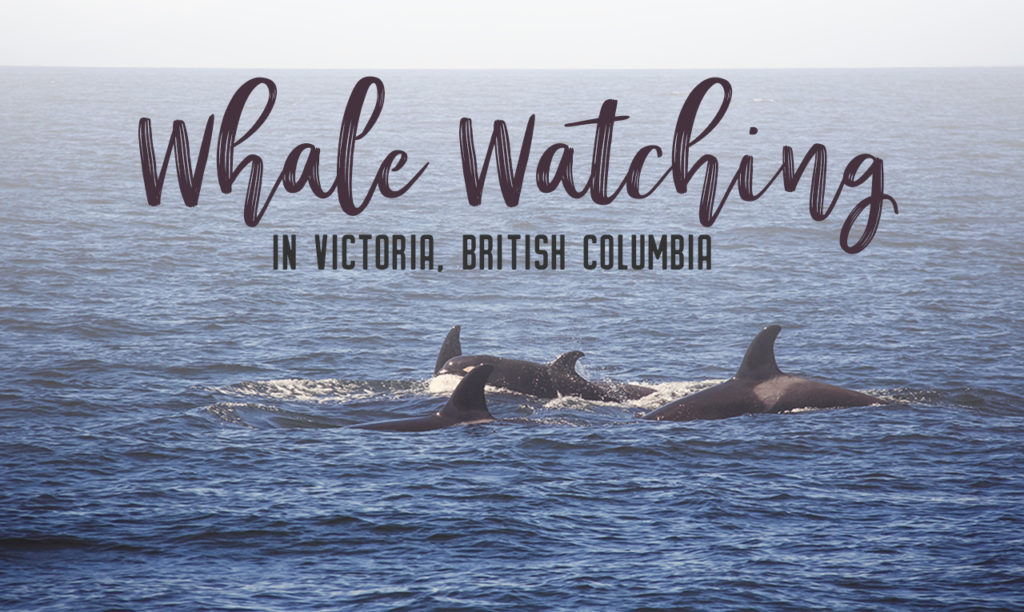
Whale watching in Victoria, BC
Silence. The motor of the boat has been cut, and you drift, bobbing with the…
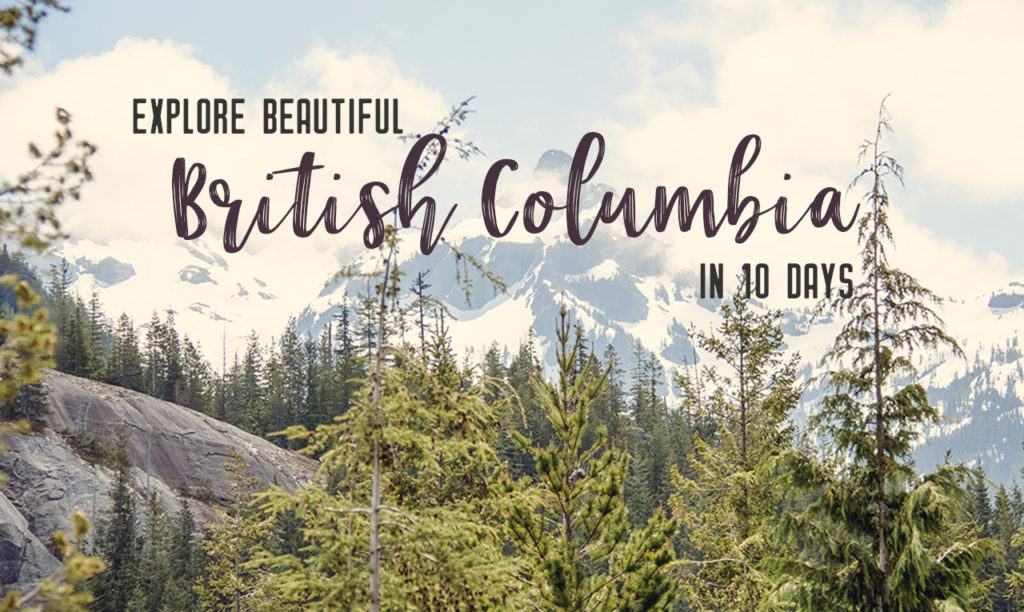
Explore beautiful British Columbia in 10 days
Stepping out of the airport and the humidity hit me like a wall. It wasn’t…
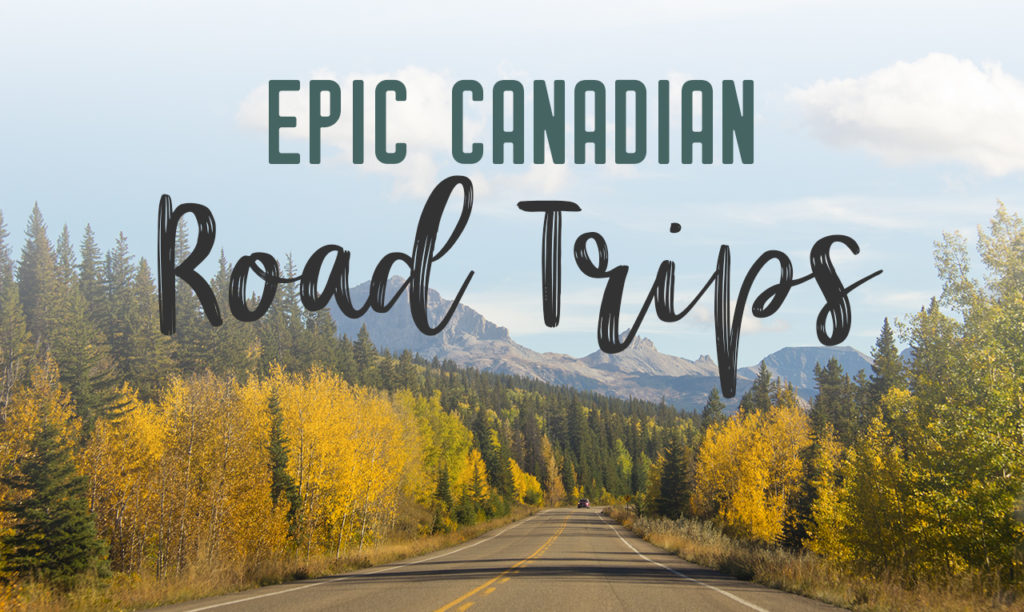
Epic road trips in Canada you need to take
Canadians are lucky. I mean we have just a vast landscape with so many places…
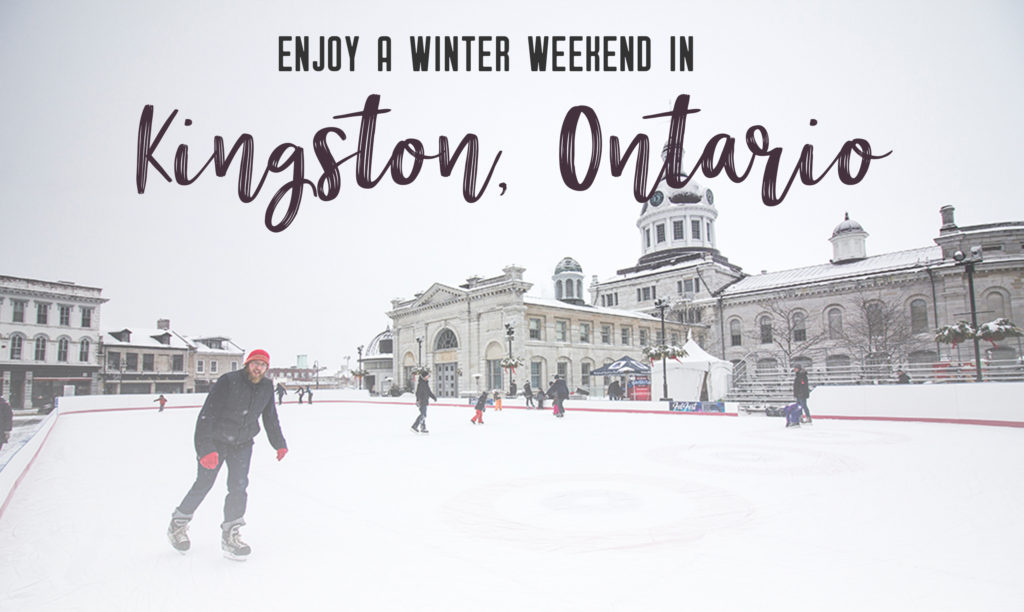
Enjoy a winter weekend in Kingston, Ontario
Winter may be a time where you want to hole up next to a warm…
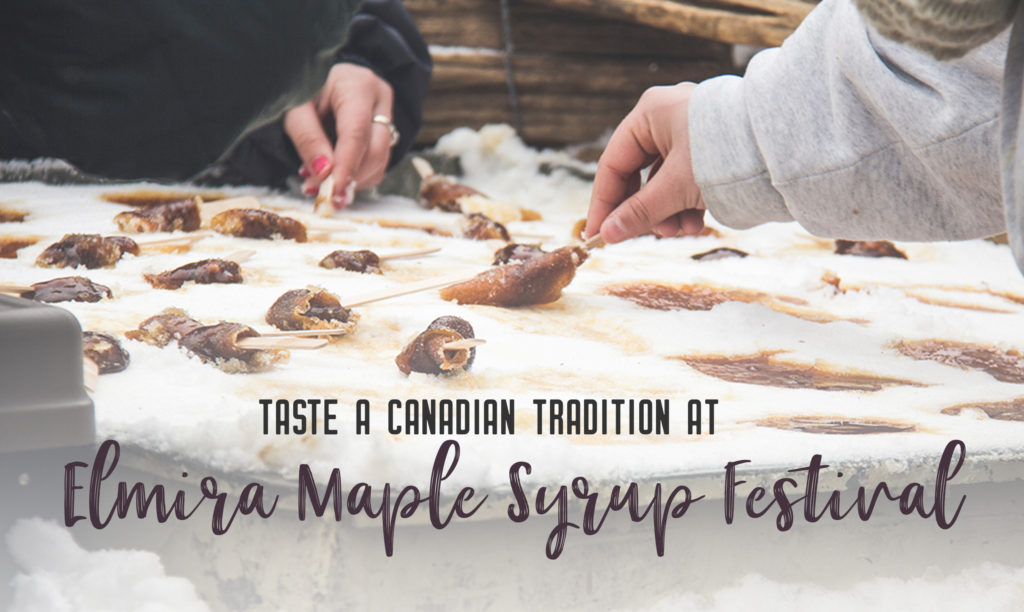
Taste a Canadian tradition at Elmira Maple Syrup Festival
It’s a sure sign of spring when the sap is flowing. I’m talking about maple…
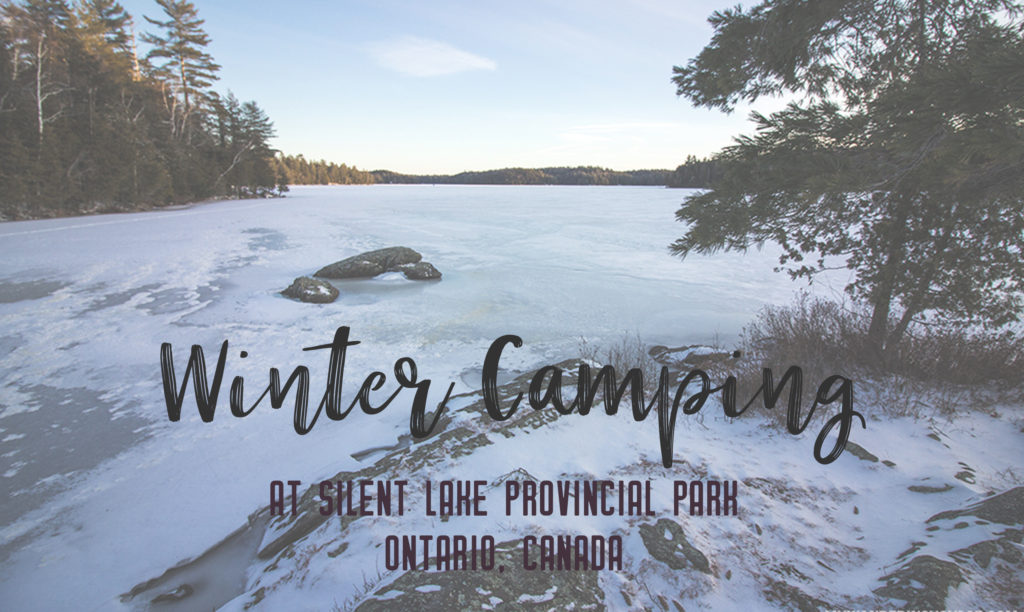
Winter Camping at Silent Lake Provincial Park
What we thought was the name of a setting for a murder mystery movie, Silent…
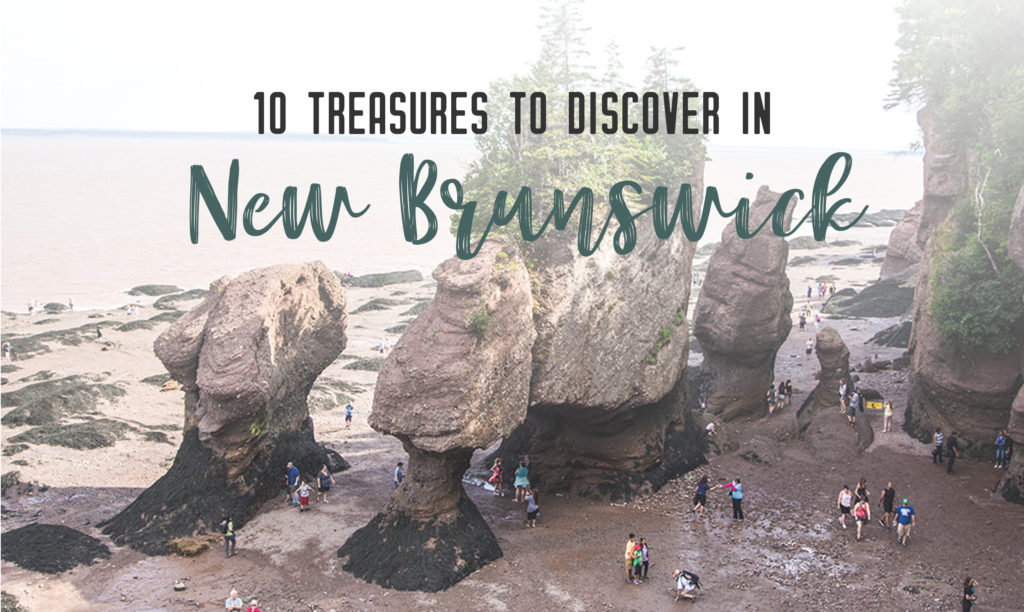
10 treasures to discover in New Brunswick
New Brunswick kind of blew me away. I didn’t have too many expectations going in,…
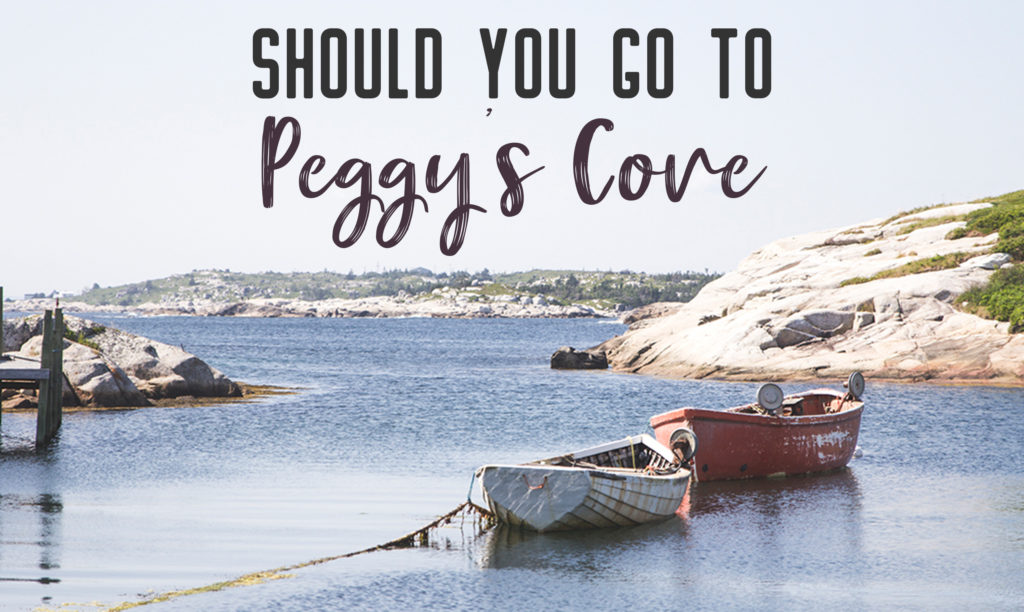
Should you go to Peggy’s Cove?
The story of Peggy’s Cove starts and ends with a lighthouse. Thousands of tourists flock…
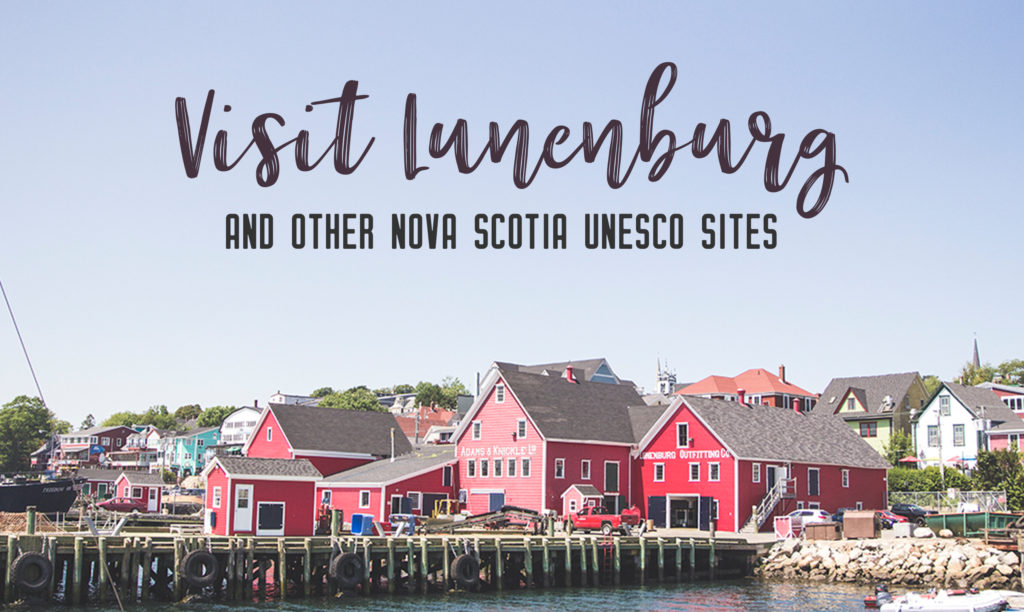
Visit Lunenburg and other Nova Scotia UNESCO sites
For the quintessential Maritime experience, look no further than Lunenburg, Nova Scotia. The old town…
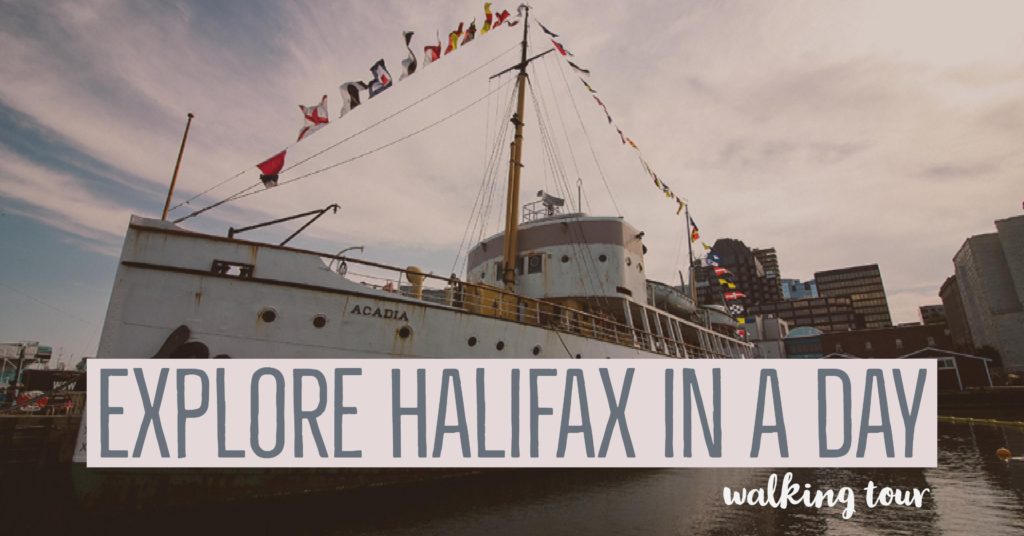
Explore Halifax in a day: walking tour
Halifax is a lively coastal city in the Atlantic province of Nova Scotia. From its…
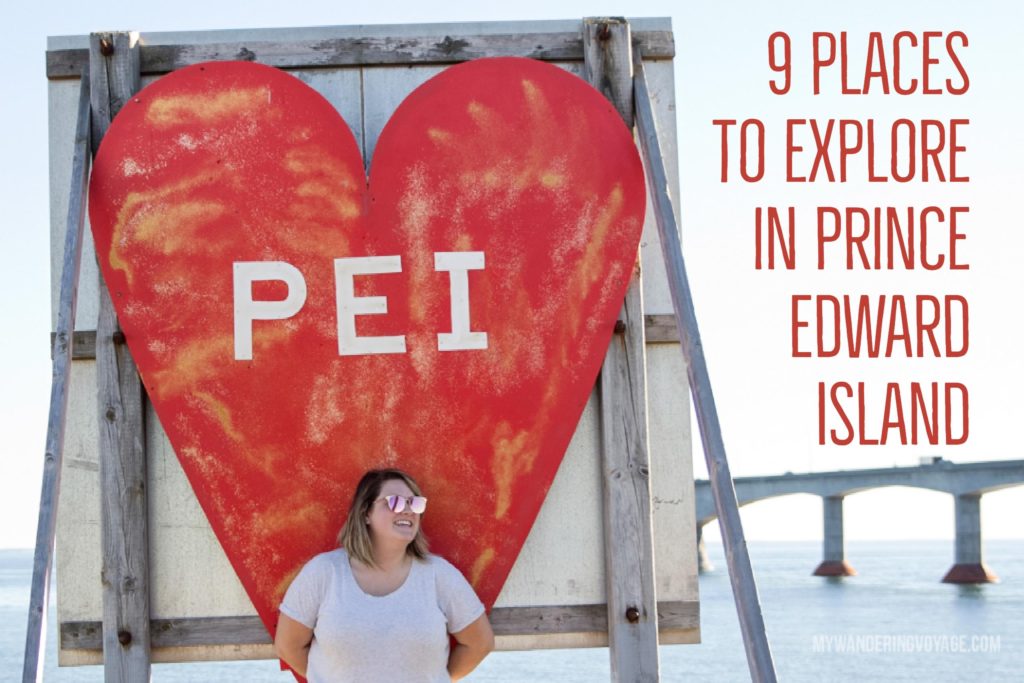
9 places to explore in Prince Edward Island
Prince Edward Island, one of the four Canadian Atlantic provinces, is full of stunning landscapes…
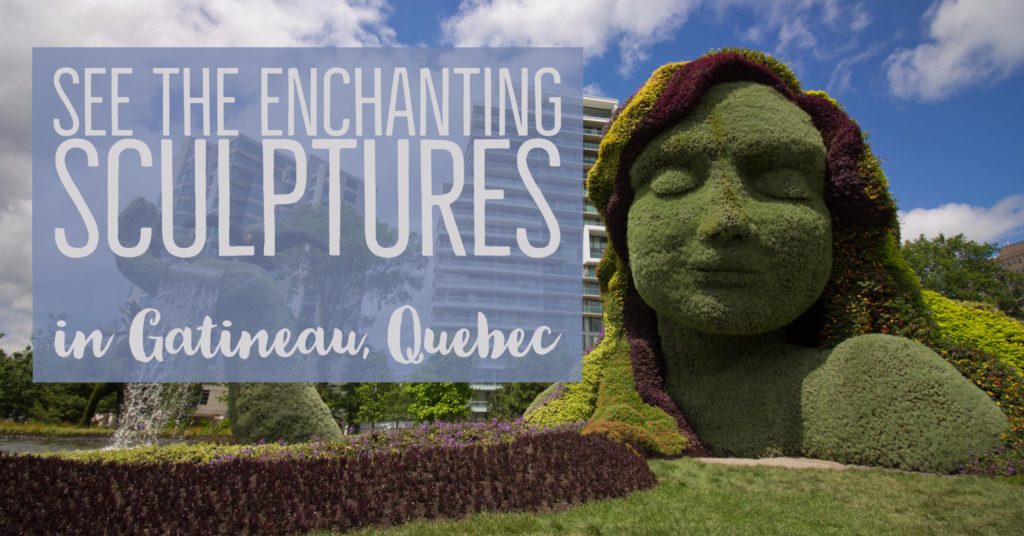
See the enchanting sculptures in Gatineau, Quebec
Take a walk on the floral side with this spectacular and enchanting living sculpture exhibit…
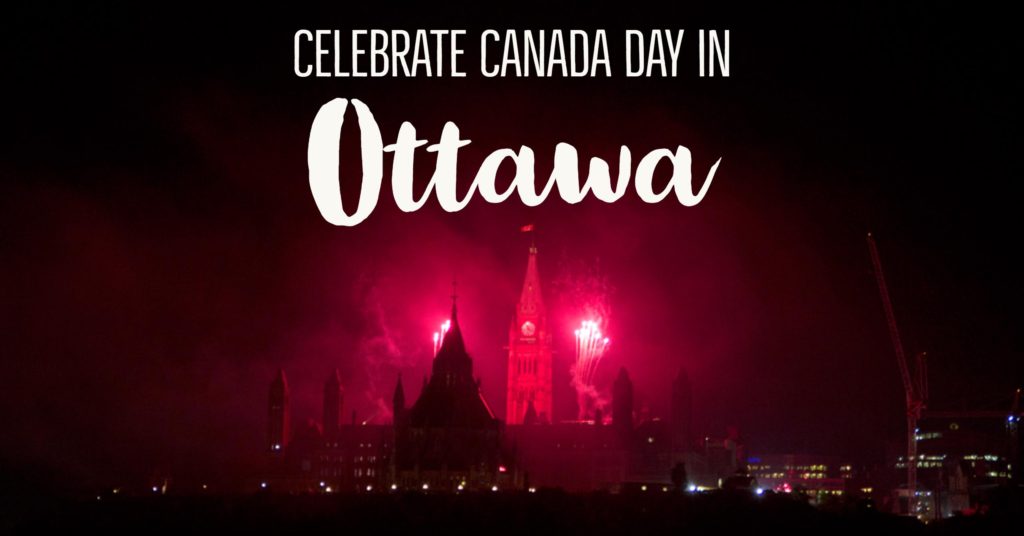
Why I celebrated Canada Day in Ottawa
I knew it would be a crazy idea, but I wanted to celebrate Canada Day…
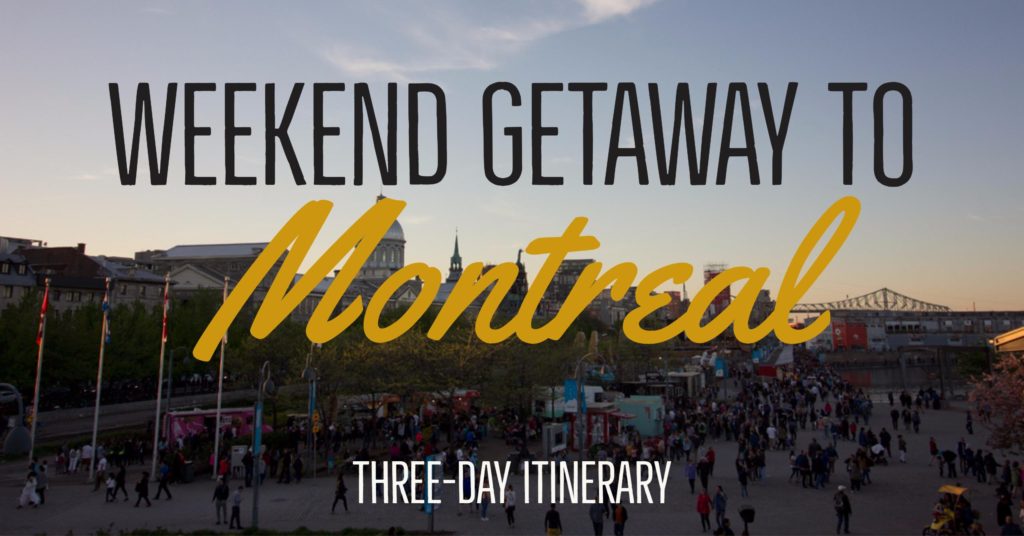
Get the most from a three-day Montreal itinerary
Montreal is a perfect place to escape for the weekend. Known for its creative art…
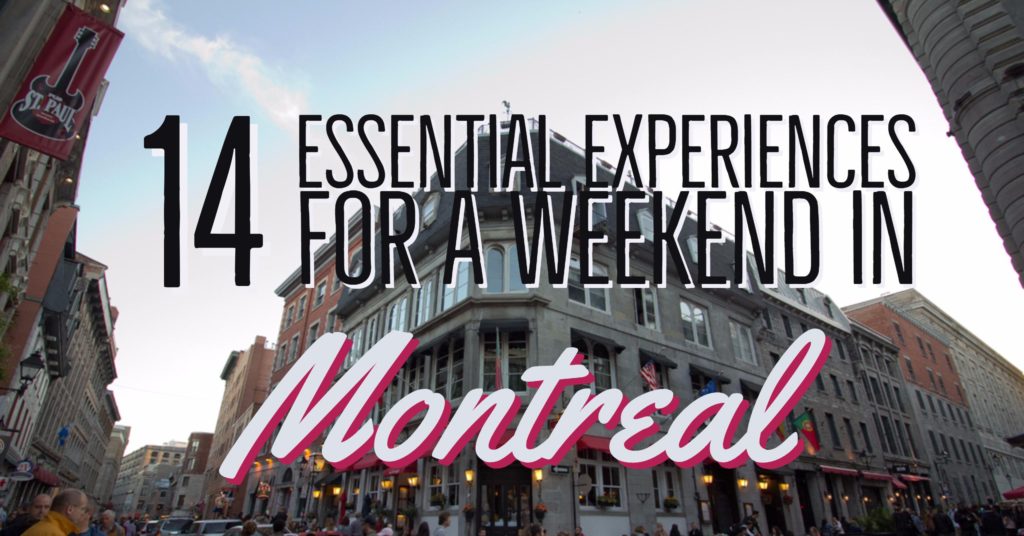
14 essential experiences for a weekend in Montreal
In Montreal, the largest city in Quebec, the more eccentric, the better. Montreal thrives on…
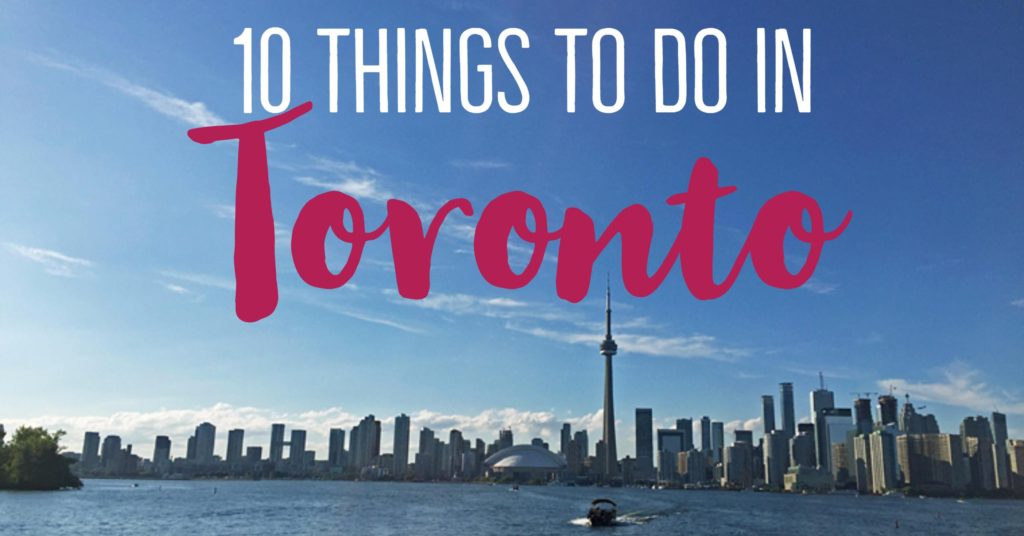
10 things to do in Toronto for first timers
Toronto never seemed to me like a place to travel to, until I started travelling…
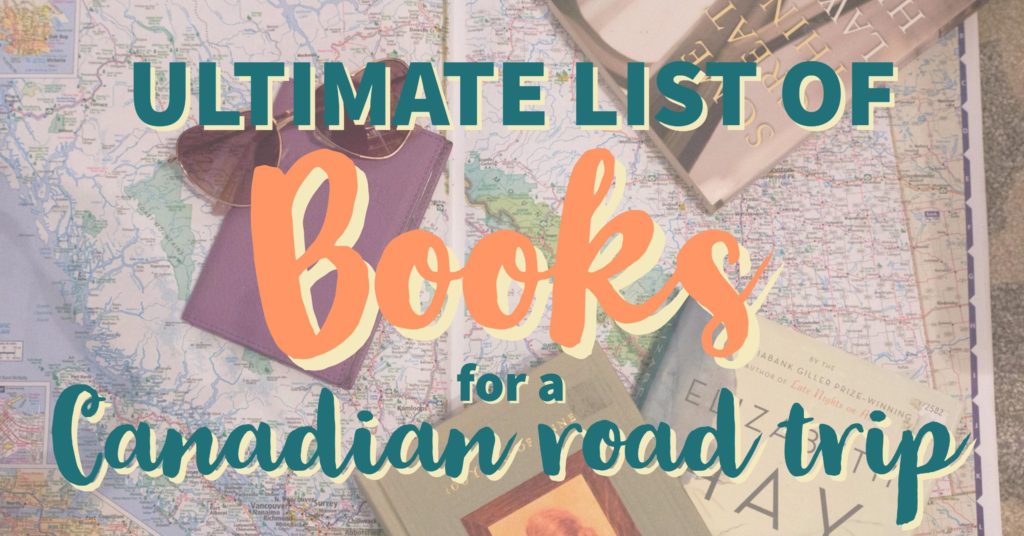
Ultimate list of books and destinations for a Canadian road trip
With the start of summer just around the corner, Canadians like to pack up the…
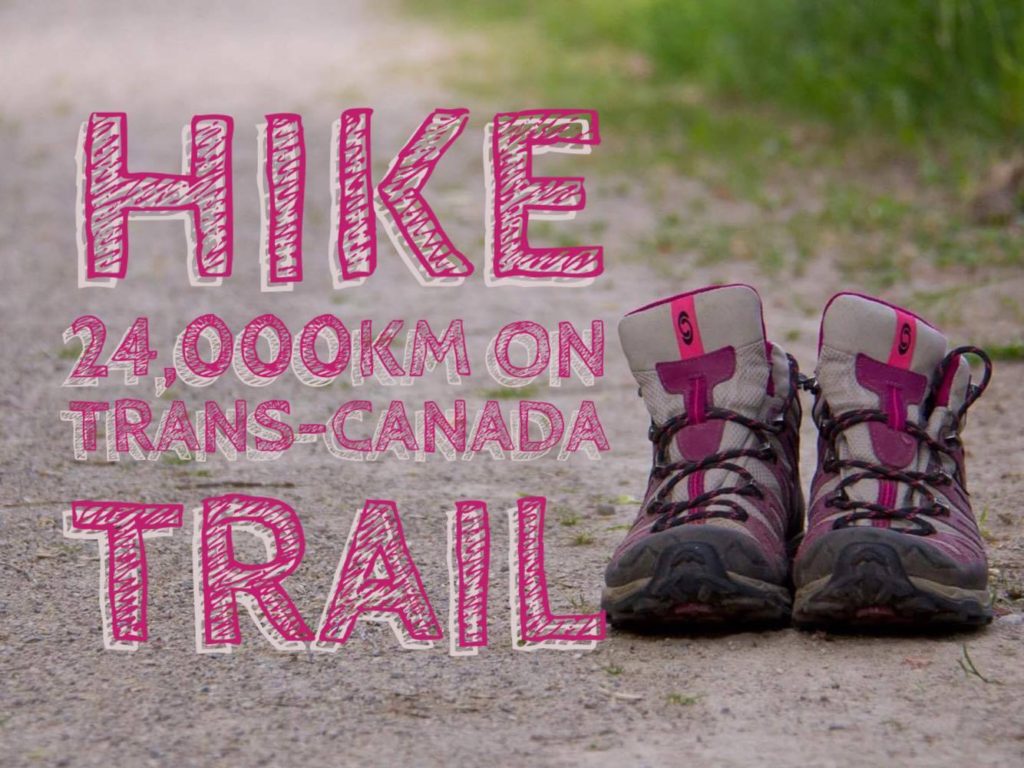
Woman hikes 24,000km on Trans-Canada Trail
On July 1, 2015, Dianne Whelan left St. John’s, Newfoundland on a pilgrimage across Canada…
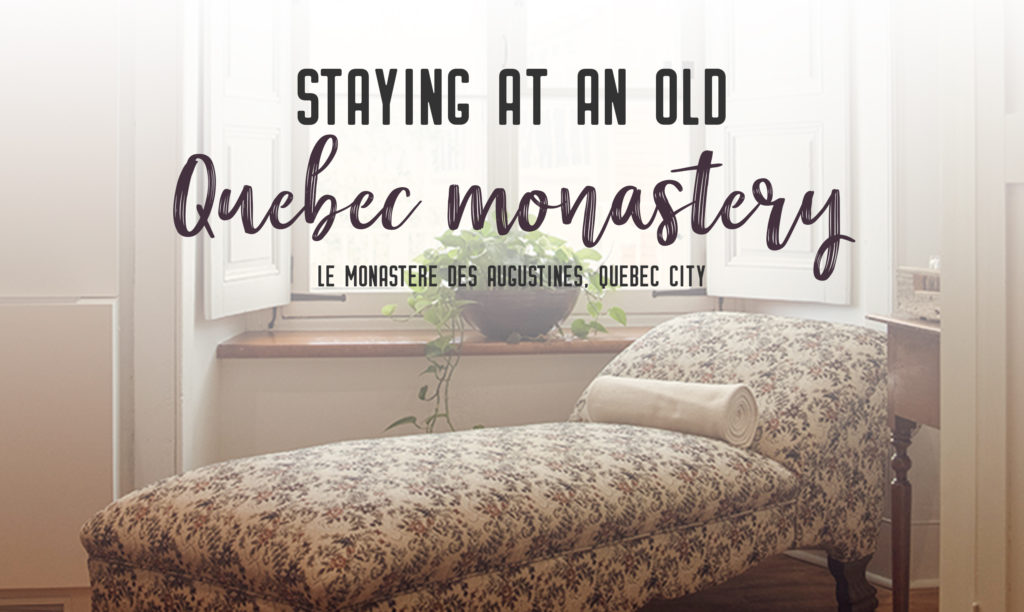
Staying in an old Quebec monastery: Le Monastere des Augustines
There are dozens of hotels – and a couple of hostels – within the fortifications…
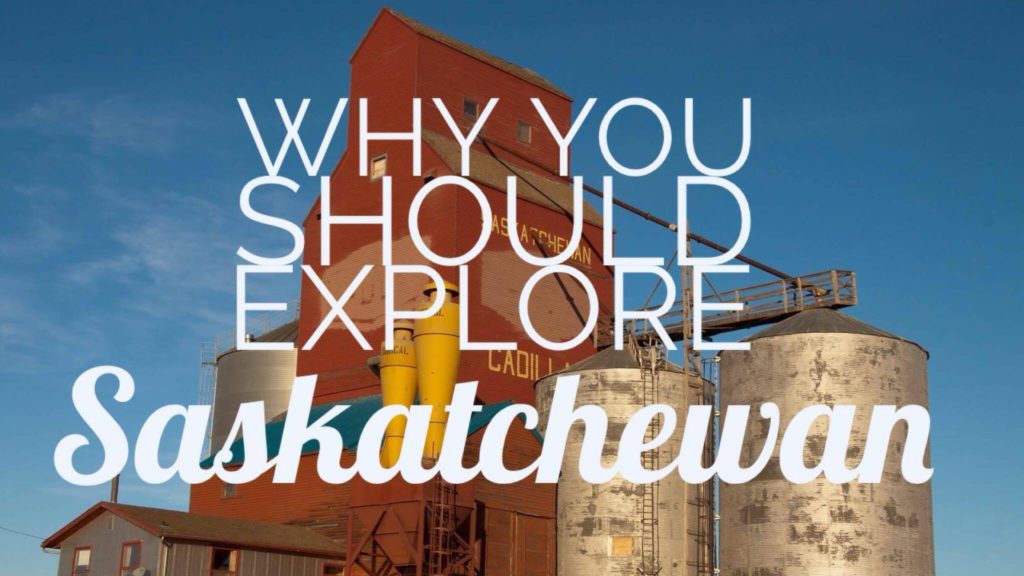
Why you should explore Saskatchewan
Everybody likes to joke about Saskatchewan – “You can watch your dog run away for…
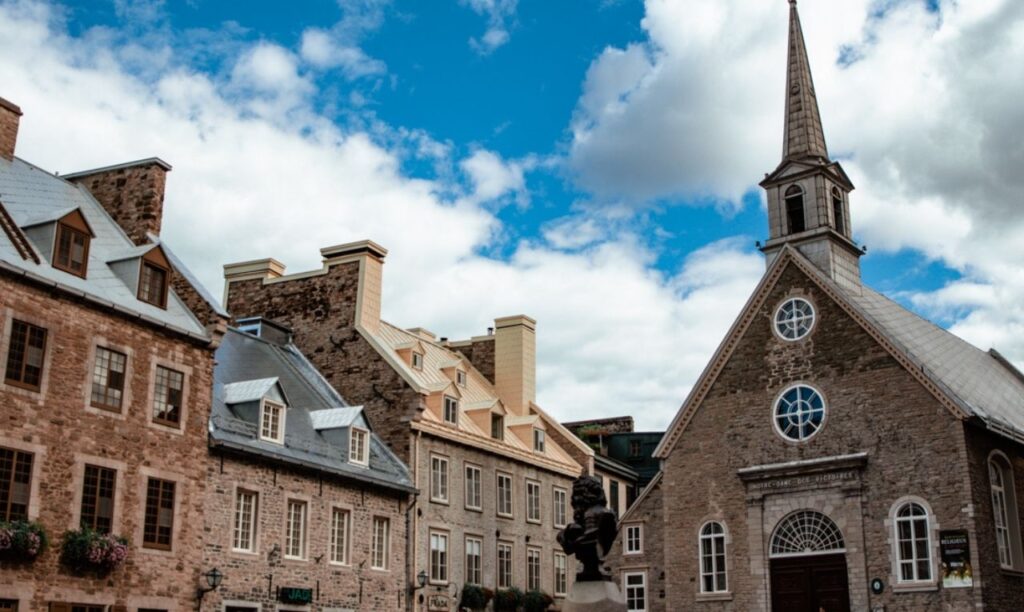
Weekend Itinerary: Best Things to do in Quebec City
(Updated) There is nowhere in Canada quite like Quebec City. Steeped in history, this fortified…
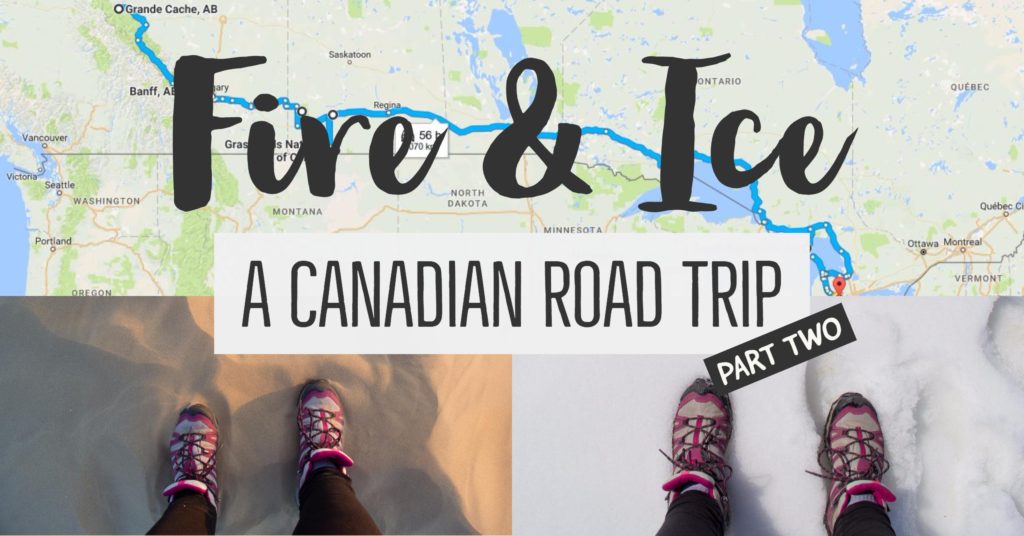
Fire and Ice: A Canadian Road Trip – Part II
In the part one, I talked about the ‘Ice’ portion of Fire and Ice: A…
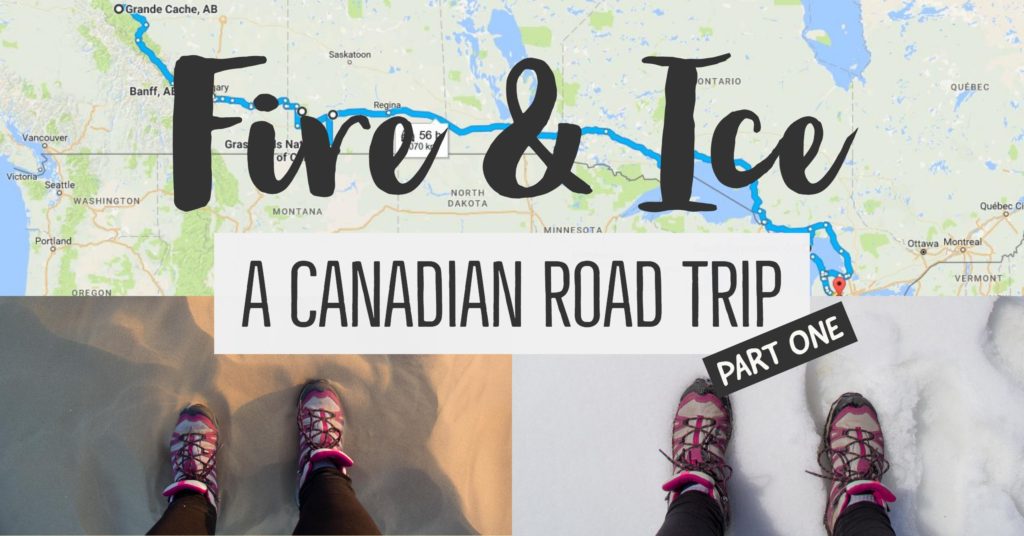
Fire and Ice: A Canadian Road Trip – Part I
No, this won’t be a five-part (so far) novel by George R.R. Martin, but Fire…
My 10 favorite things about Fall
Fall is without a doubt the best season. I can work through my brain fog…
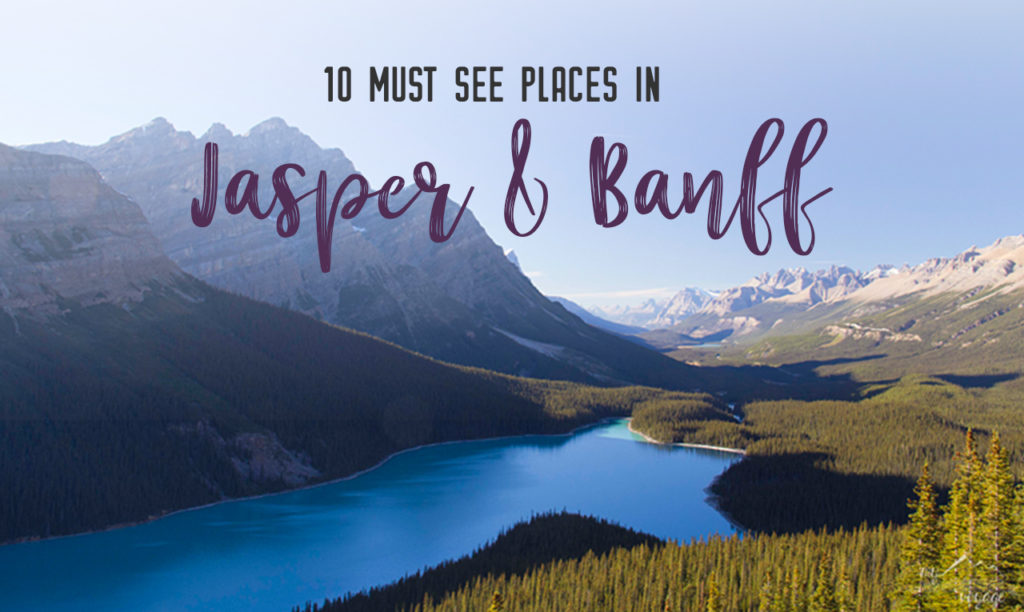
Must-see places between Jasper and Banff National Parks, Alberta
(Updated 2019) With mountains that rise to touch the sky and water so blue and…
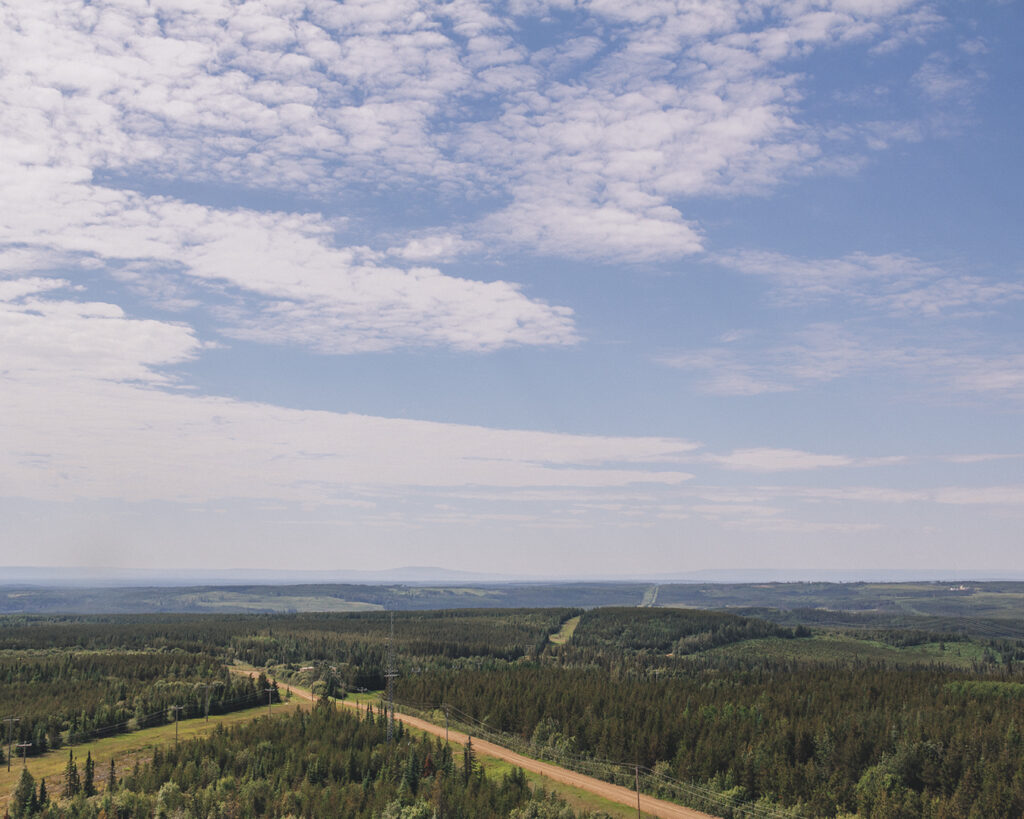
Doing things that make you proud: Climbing a 100ft fire tower
I woke up yesterday morning with a mixture of nervousness and excitement fighting within me….

10 things you need to know about taking a cross country trip
So I left a couple of days ago for my third cross Canada trip, but…

Kilometre 3,284 (Lloydminster) to Kilometre 3,770 (Whitecourt)
The LAST leg of the journey. We finally found the Welcome…
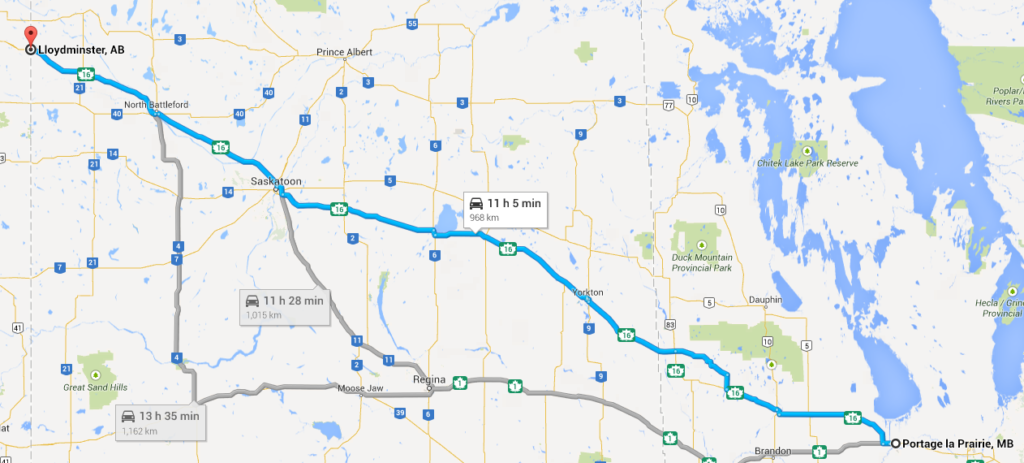
Kilometre 2,302 (Portage la Prairie) to Kilometre 3,284 (Lloydminster)
Alberta is probably so excited to see me that it cried with happiness. All day….

Kilometre 930 (Wawa) to kilometre 2,302 (Portage-la-Prairie)
(Posting it after-the-fact because, again, no signal, and the internet at the motel isn’t free)…
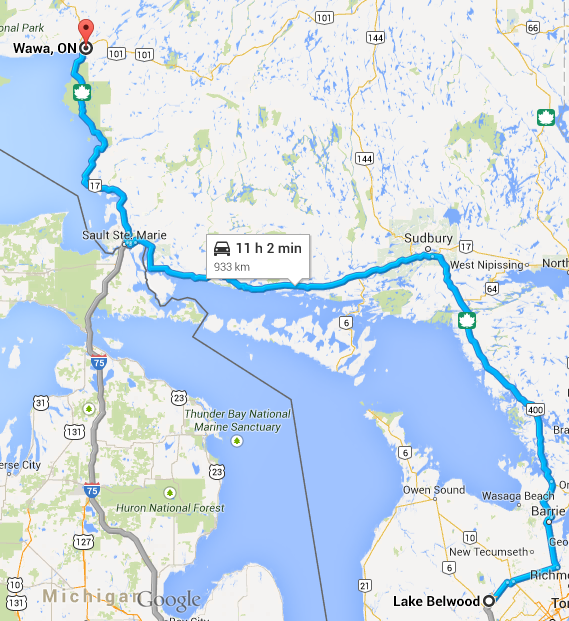
Kilometre 0 (Home) – Kilometre 930 (Wawa)
(I am posting this late because I have had ZERO service and I’m tired from…
